Gregor and I needed to pick a place to stay put for two weeks so that we could concentrate on some serious intellectual endeavours. Gregor wanted to work some extra days to catch up on a software development job. I wanted to take two weeks of Spanish lessons to improve my conversational skills.
A British overlander that we met in Colombia mentioned that there were some decent Spanish schools in a town called Otavalo, located in the Imbabura Province of Ecuador.
After searching The Google and perusing Lonely Planet, I learned that Otavalo is known for its woven textiles, strong indigenous character, and massive Saturday market. The town also offers some nearby hiking and sight-seeing opportunities because it’s surrounded by several accessible mountains, lakes, and waterfalls. We decided that Otavalo would be the perfect place to explore while we worked/studied for a few weeks.
________________________
Getting to Otavalo
After crossing the Colombia-Ecuador border, we stopped in Ibarra for two days before heading for Otavalo.
The first thing we did when we arrived in Otavalo was to register for classes at Mundo Andino Spanish School. I signed up for 3 hours of classes per day for 10 weekdays. They offered one-on-one Spanish classes for a good price: $7.25 USD ($10 CAD) per hour.
Next we needed to find a hotel or hostel near the school with secure parking for Lucky. While we preferred to live and work in the van, the nearest campgrounds were too far away for me to walk or take the bus to school. Camping on the streets of Otavalo for two weeks wasn’t practical either, because we needed access to showers, wifi, and electrical plugs (for our power-hungry computers).
The school principal, Señora Aida, pointed us to Hostal Maria only a few blocks away. At $16 USD per night ($22 CAD), we decided to stay for the weekend and make sure it would be comfortable enough for Gregor’s long work days.
________________________
New Kids on the Block
With classes and accommodation booked, we explored the town that would be our home for the next two weeks. Otavalo has about 90,000 people, most of whom are indigenous. Many of them wear traditional clothing and speak a dying Andean language called Kichwa.
As we walked around town, we noticed that the native Otavaleños are rather short.
Otavaleños are the wealthiest and most commercially successful indigenous people in Ecuador. The town itself has a lively entrepreneurial vibe, with plenty of small shops and stalls selling any object or service you would ever need to live and work comfortably on a day-to-day basis.
There seemed to be an exceptionally high density of grocery stores, office supply shops, repair services, electronics distributors, housewares and furniture shops, clothing boutiques, printing and graphics offices, restaurants, and fruit and vegetable stands.
We liked the fact that we had easy access to all sorts of amenities, but we wondered how people made money with so much competition in town.
The commercial feel took on a more bohemian tone at the famous Plaza de Ponchos, the heart of Otavalo’s crafts market. Here, you can haggle for beautifully woven blankets, tapetries, bags, ponchos, scarves and other clothing. You can also buy jewelry, musical instruments, paintings, carvings, and all sorts of other trinkets.
Every Saturday, the market at Plaza Los Ponchos expands to epic proportions, extending tentacles of blue and white tarps into the streets of central Otavalo.
The quiet street where our hostel was located suddenly became a bustling pedestrian market.
There were hundreds of stalls and street vendors selling handmade crafts, clothing, trinkets, and food – it was overwhelming and mesmerizing at the same time.
The most fascinating part about the market was seeing the traditional dress of the Otavaleños.
After an exhausting day at the Saturday market, we returned to our hostel to find a chicken in the courtyard. Thinking that the hostel owners had purchased the chicken for an upcoming meal, we went back to our room without giving our feathered friend any further thought.
At 4 am the next morning, we realized that the chicken was not actually a chicken, but a rooster. A very loud crowing rooster. The sound it made wasn’t like the normal rooster crow that we would hear out in the distance when we camped in the van. No, the sound was like a tortured shrieking noise that echoed within the hostel’s concrete courtyard and amplified to an intolerable decibel level right outside our window.
“That’s it, time to go,” Gregor said.
So that morning we moved to Hotel Flores, located only a block away from Plaza de Ponchos. For $4 more per night ($20 USD/$28 CAD) we got a rooster-free room AND a gorgeous lion emblazoned on our bedspread.
Unfortunately, the poor sleep from the previous night set off our immune systems and we were both sick with bad colds. Not a great way to start the work week.
________________________
The Daily Grind
For the next two weeks, Gregor and I followed a daily work-study routine that included sniffling a lot and feeling kinda lousy. Every morning, we got up at 7:00 am, washed up, and then headed downstairs to the van. Gregor made coffee and I cooked breakfast in the comfort of our Westy.
After breakfast dishes were washed, Gregor started his work day and I walked to Mundo Andino Spanish school for my 9:00 am class.
Every morning at 9:00 am, the school doors were locked and I waited another 5 or 10 minutes before one of the teachers arrived to unlock the gate. I typically didn’t start class until 9:15 my time (9:00 Latin American time).
For 3 hours every morning, I stuffed my brain with new Spanish words and phrases with the help of my teacher, Juan.
Juan is an animated guy who draws from many life experiences to teach new vocabulary to his students. Aside from being a Spanish language teacher, he is also the owner of two businesses. One of his businesses specializes in breeding and selling exotic birds like cockatoos and parrots. The other is a shop that sells funeral coffins. He also used to be a tour guide who took local Ecuatorianos to the Amazon basin, the Galapagos Islands, and natural sites around Otavalo.
Juan was the perfect teacher for me because he was really good at explaining how to conjugate verbs tenses in a systematic way (I am, I was, I will be, I would be…). Together, we practiced verb conjugations using an old-school method: flash cards.
During coffee breaks, I got to practice my conversational Spanish with other students from all over the world. The only other Canadian student at the Spanish school was Caryn from Kamloops, British Colombia.
Every day after my Spanish lessons, Gregor and I always went out for a hearty Ecuadorian lunch consisting of a soup, meat dish, rice, salad, and a carb (plantain, potatoes, or beans).
After lunch we always came out of the restaurant completely stuffed, so we walked slowly back to the hotel, adding a few extra blocks to our route to work off some of the food in our bellies. We window-shopped along the way, occasionally buying a few items for the van.
Once we returned to the hotel, we followed the same afternoon routine. Gregor went behind his computer and I did my Spanish homework. After finishing my homework, I often ventured out to do errands like taking clothes to/from the laundromat, getting household items repaired, or buying groceries for dinner.
I also shopped around for cheap DVD movies (in English with Spanish subtitles) so that we had something to do in the evenings besides working on our computers.
Every evening, we were in bed by 10:00 am. The next day, we did the same thing as the previous day.
________________________
The Weekend
When the weekend came, the streets overflowed once again for the Saturday Market.
Instead of roaming through the market stalls and fighting the Saturday crowds, we decided to do some overdue household chores. It felt really nice to be working on Lucky instead of working in the hotel room.
On Sunday we took a little day-cation and drove to Mojanda Lakes and Lake Cuicocha. To get to Mojanda Lakes, we drove 17 km out of Otavalo on a cobble road and entered a treeless alpine landscape of tropical shrubs and grasses called páramo.
Still feeling too sick to do any hiking, Gregor and I decided to just have a leisurely breakfast at Mojanda Lakes. He made me a delicious spinach and cheese omelette, which I gratefully devoured.
We had a lovely Sunday tour of the lakes and the pretty landscape around Otavalo. By the time we reached the hotel, we were exhausted.
As we got ready for bed, a familiar feeling came over us… something we hadn’t felt since we lived in Calgary. It’s that feeling of dread you get when you realize that the weekend is about to end and the next day would be Monday. “Monday” meant the start of another work week – for us and for the rest of Otavalo.
________________________
The Daily Grind (All Over Again)
When Monday rolled around, Gregor and I repeated our routine from the previous week. Every day in class, my teacher Juan asked me:
“Que hiciste ayer?” (“What did you do yesterday?”)
And every day I said exactly the same thing:
- I woke up at 7:00 am and washed up.
- I cooked breakfast inside the van.
- When dishes were done, I walked to school.
- After school, I walked back to the hotel.
- Gregor and I ate lunch at a restaurant.
- We walked back to the hotel and I did my homework.
- Etc…
Since I kept reciting the same routine every day, my teacher became concerned that I wasn’t learning enough new vocabulary. So he encouraged me to talk about my travels in Spanish:
“What is it like to drive through Mexico?” Juan asked.
“There are lots of crosses and memorials on the side of the road where fatal accidents have occurred. It’s quite sad to see.”
As we talked about life on the road, my vocabulary expanded. It was great to learn new words to describe landscapes, emotions, and opinions rather than actions and outcomes of the daily grind.
________________________
Our “Normal” Life
Gregor and I enjoyed our time in Otavalo, but we realized that the 9-to-5 life that we once associated with prosperity, security, and comfort wasn’t “normal” for us any more. While it was nice to have a routine for a few weeks, we really missed living and working in the van.
After 14 months on the road, our life revolves around traveling with Lucky, discovering different places every few days, and learning new things about people, culture, language, nature, geography, history – all those things that we can read about on the Internet, but can never really understand until we experience it first hand.
Maybe our definition of “normal” will change again when we get back to Canada. Until then, we’ll enjoy the life we have in our little red van.


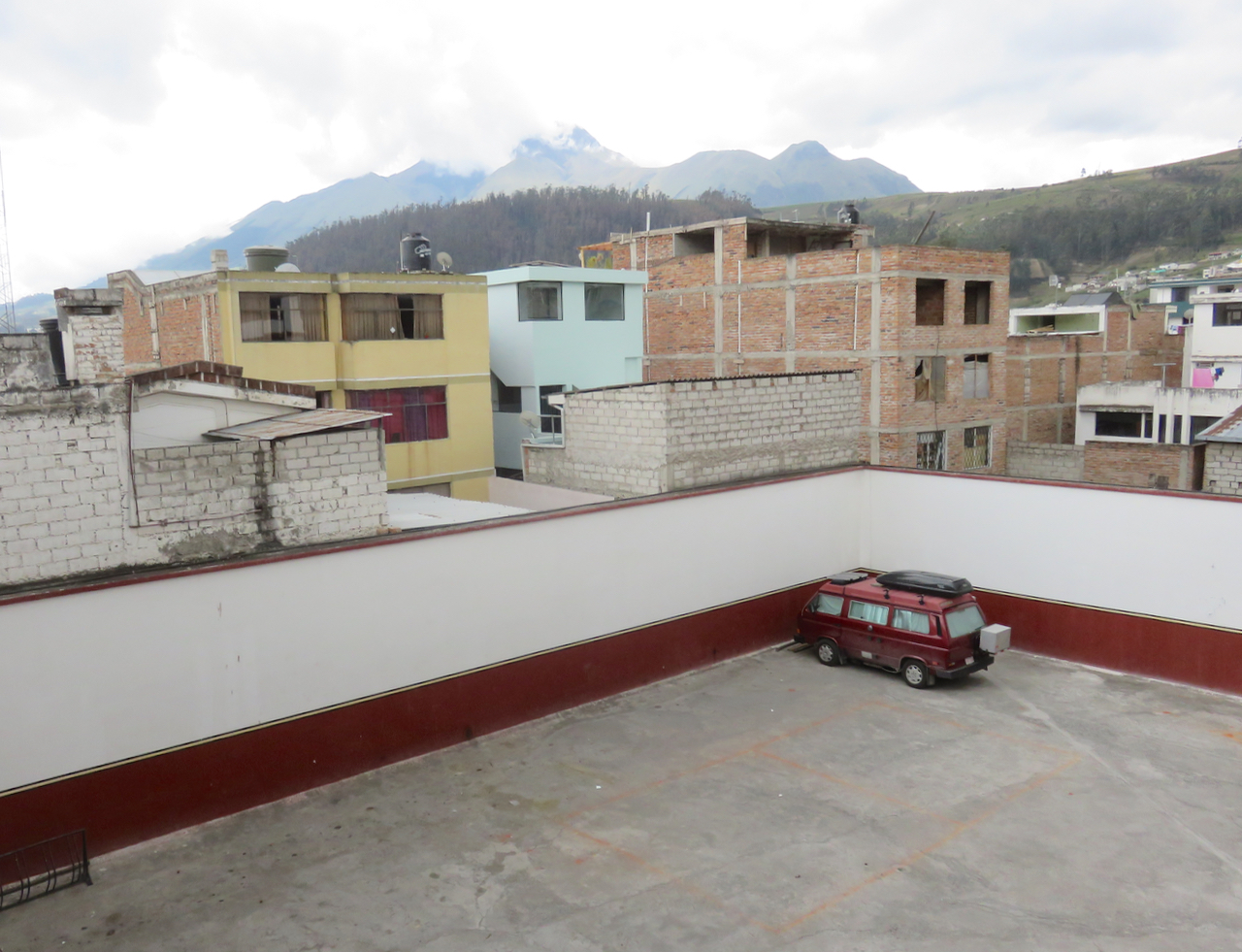

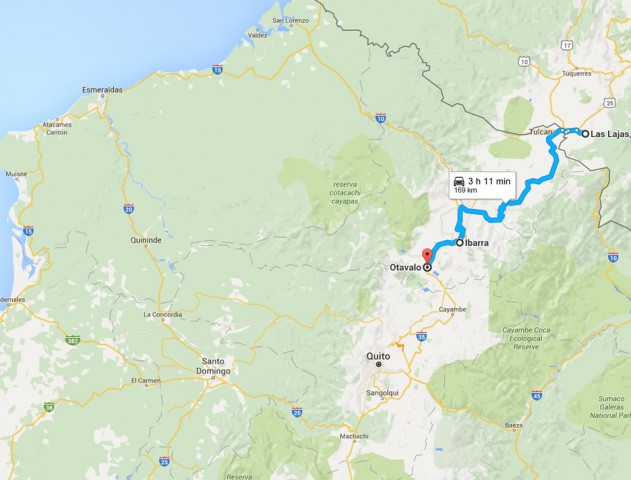
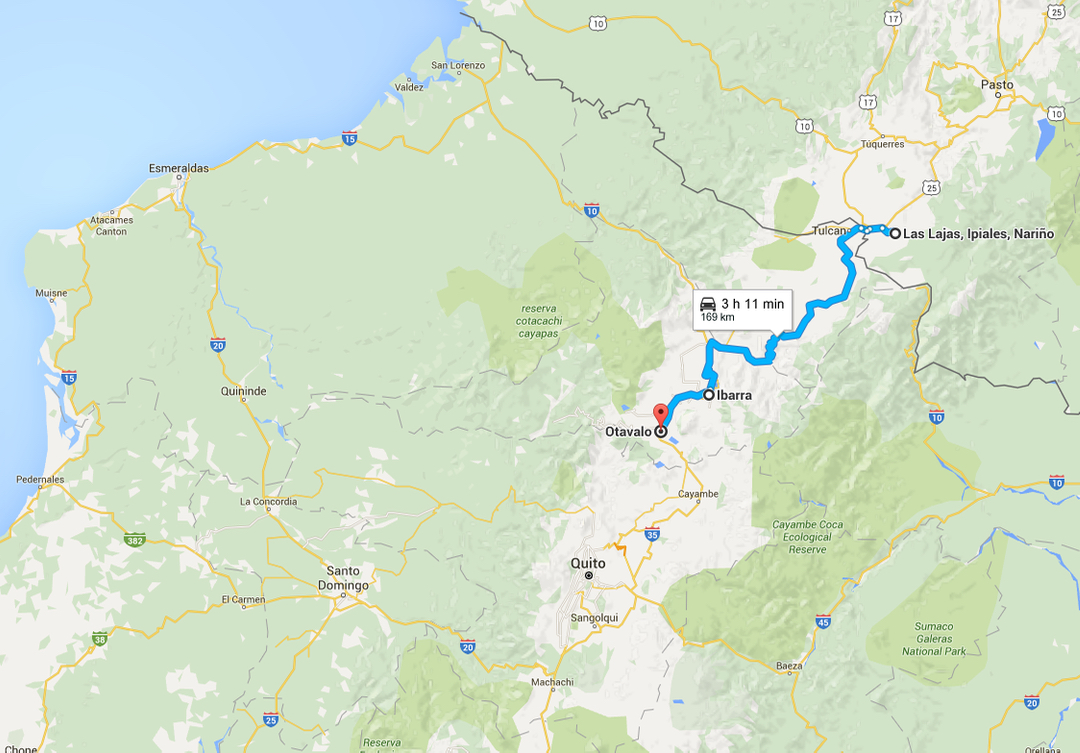
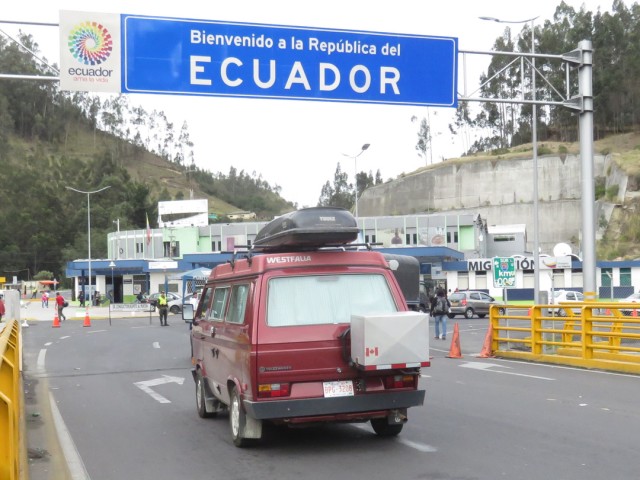
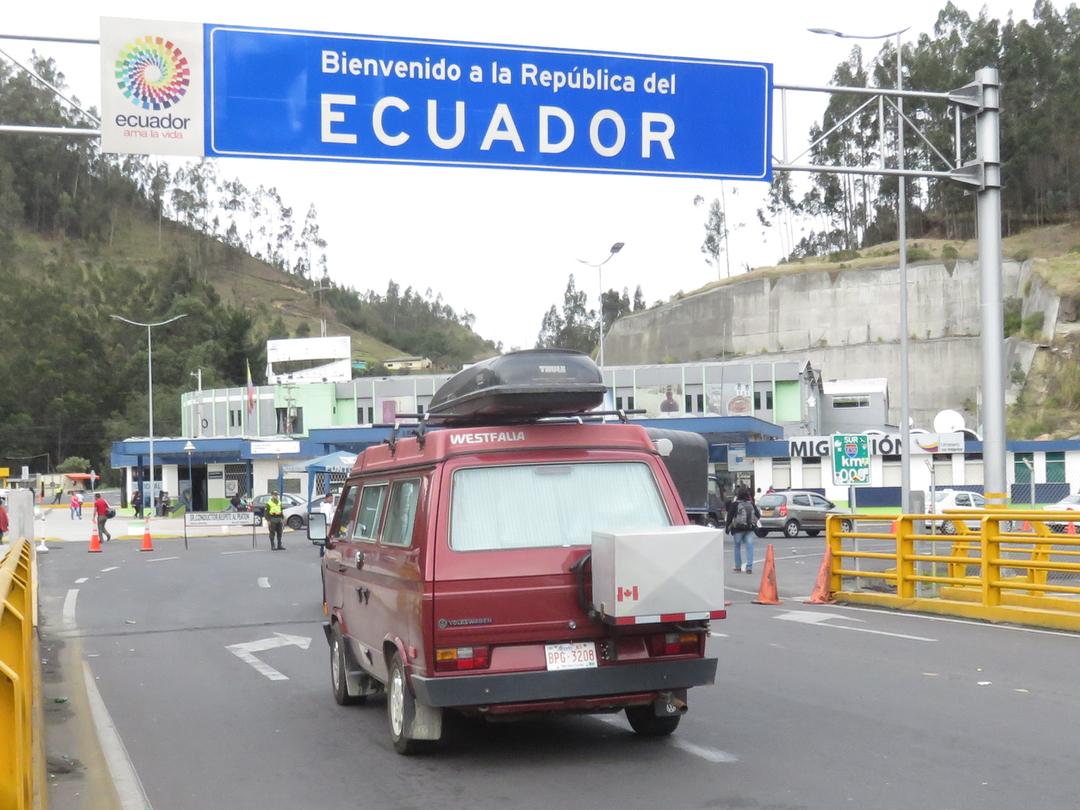
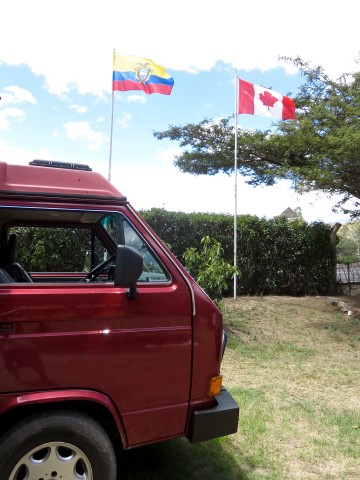
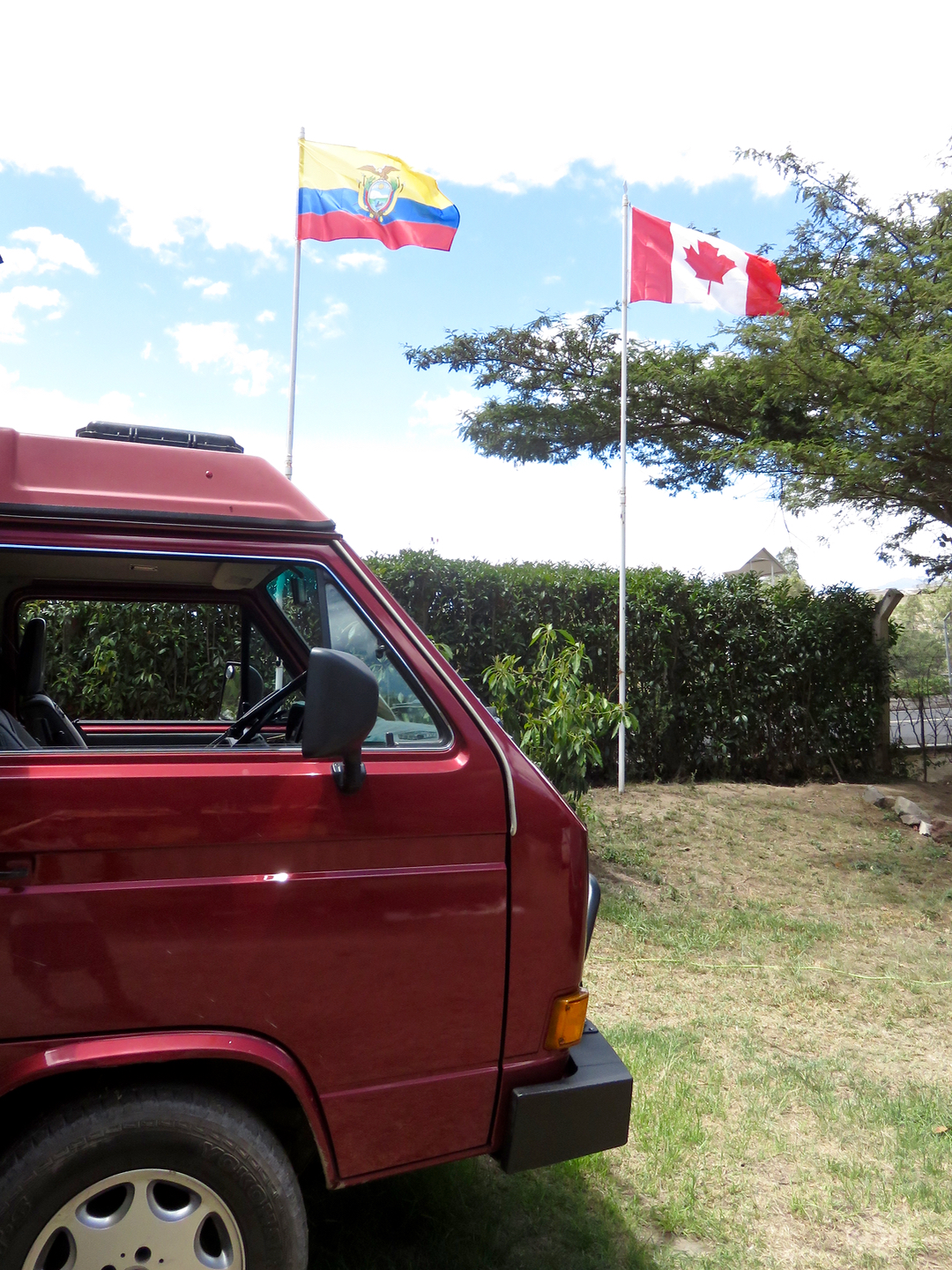

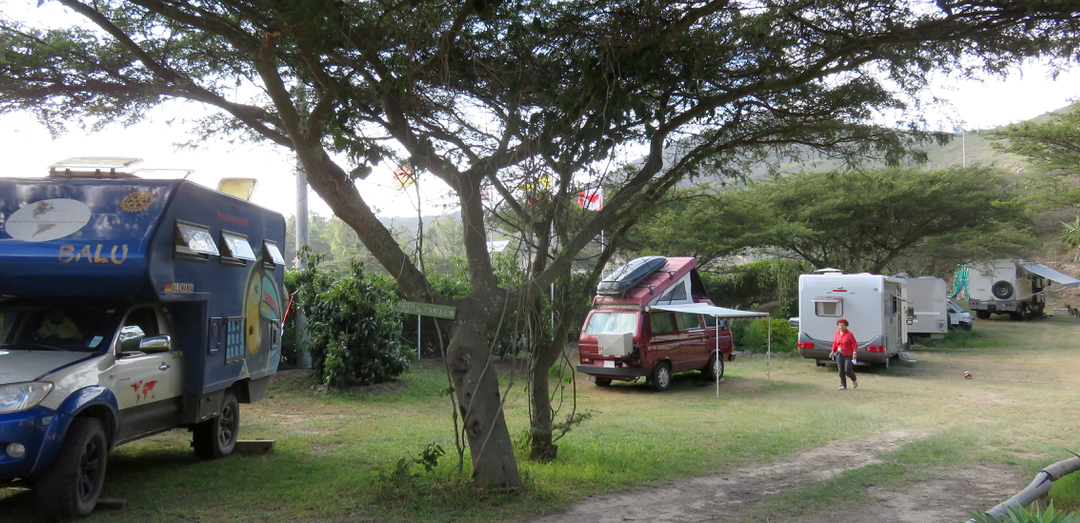
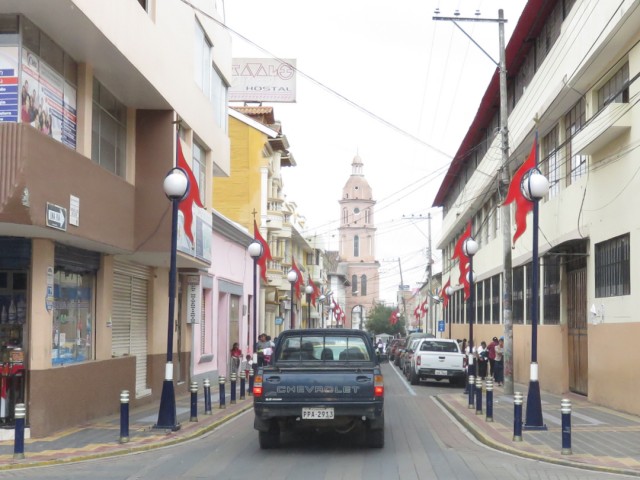
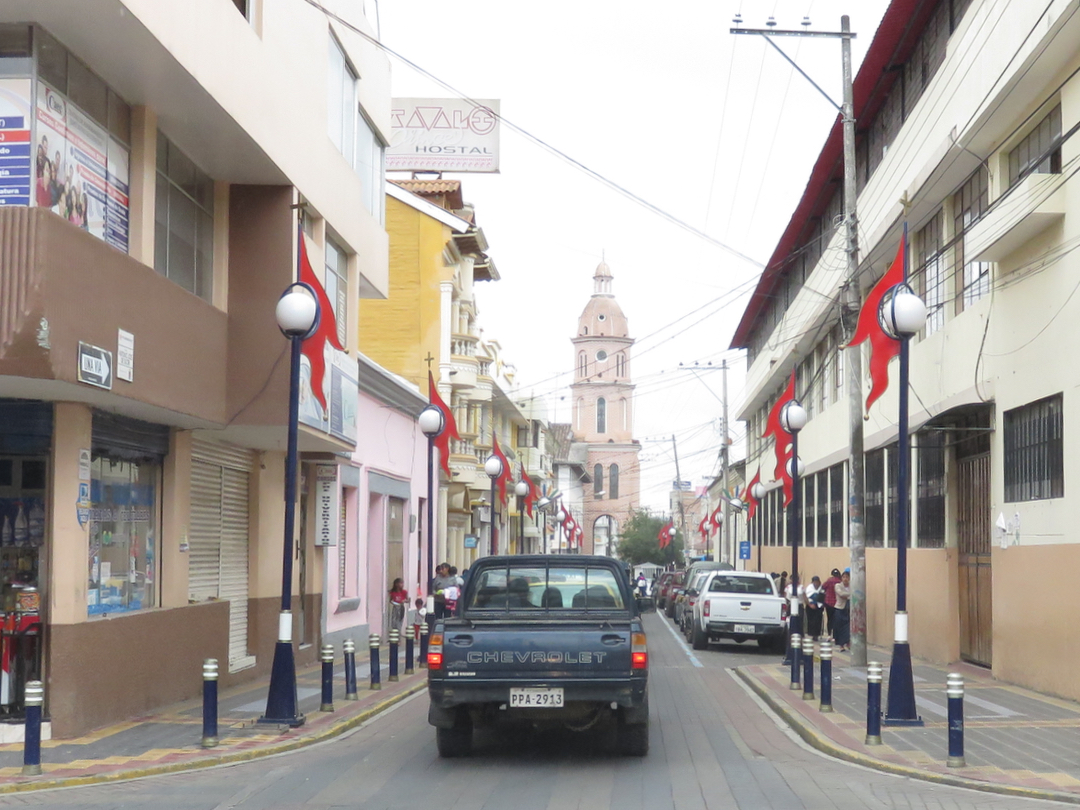
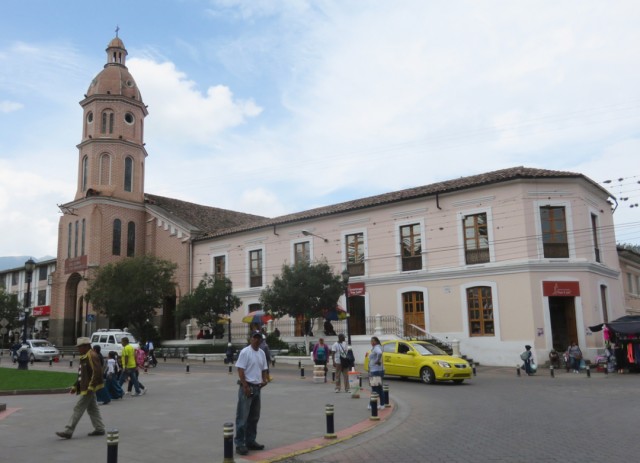
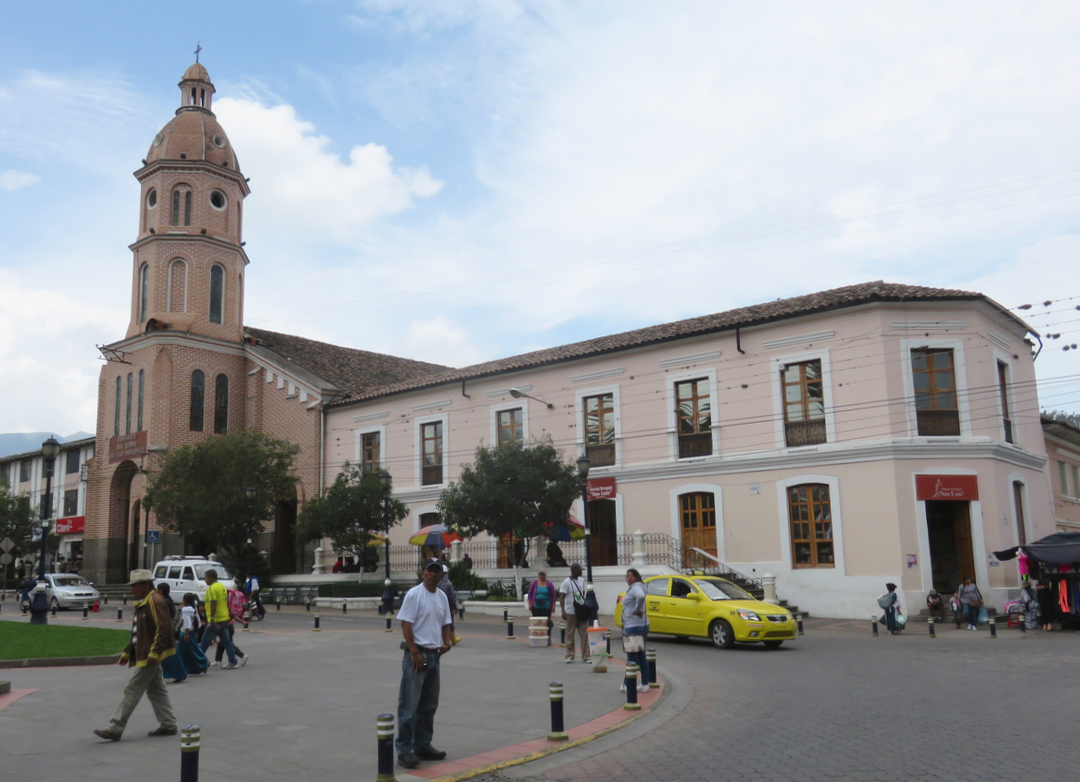


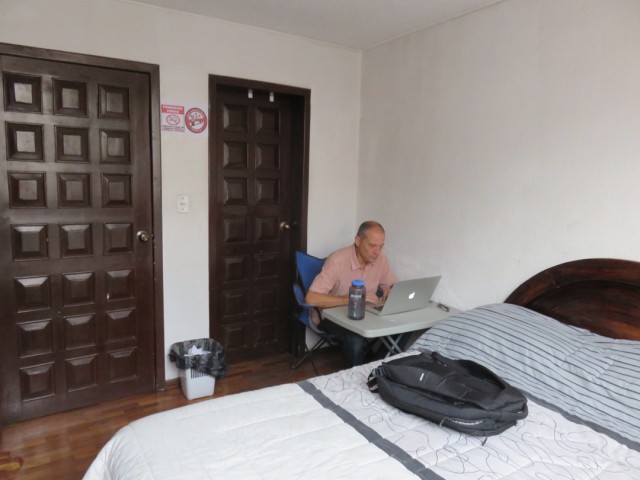
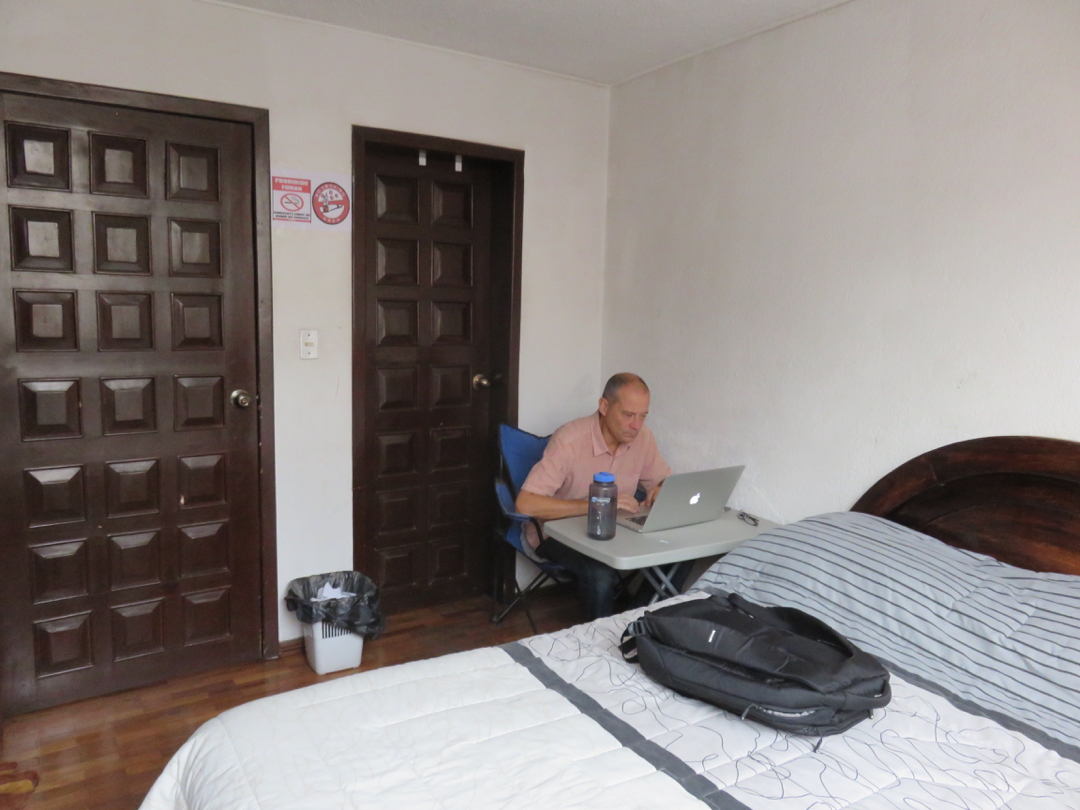
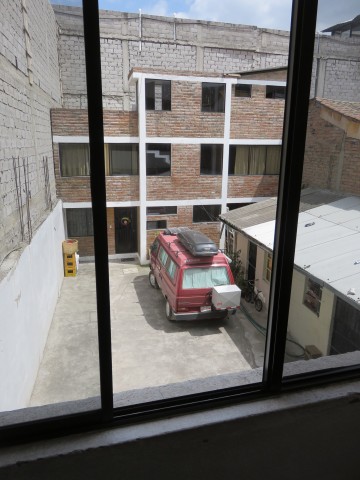
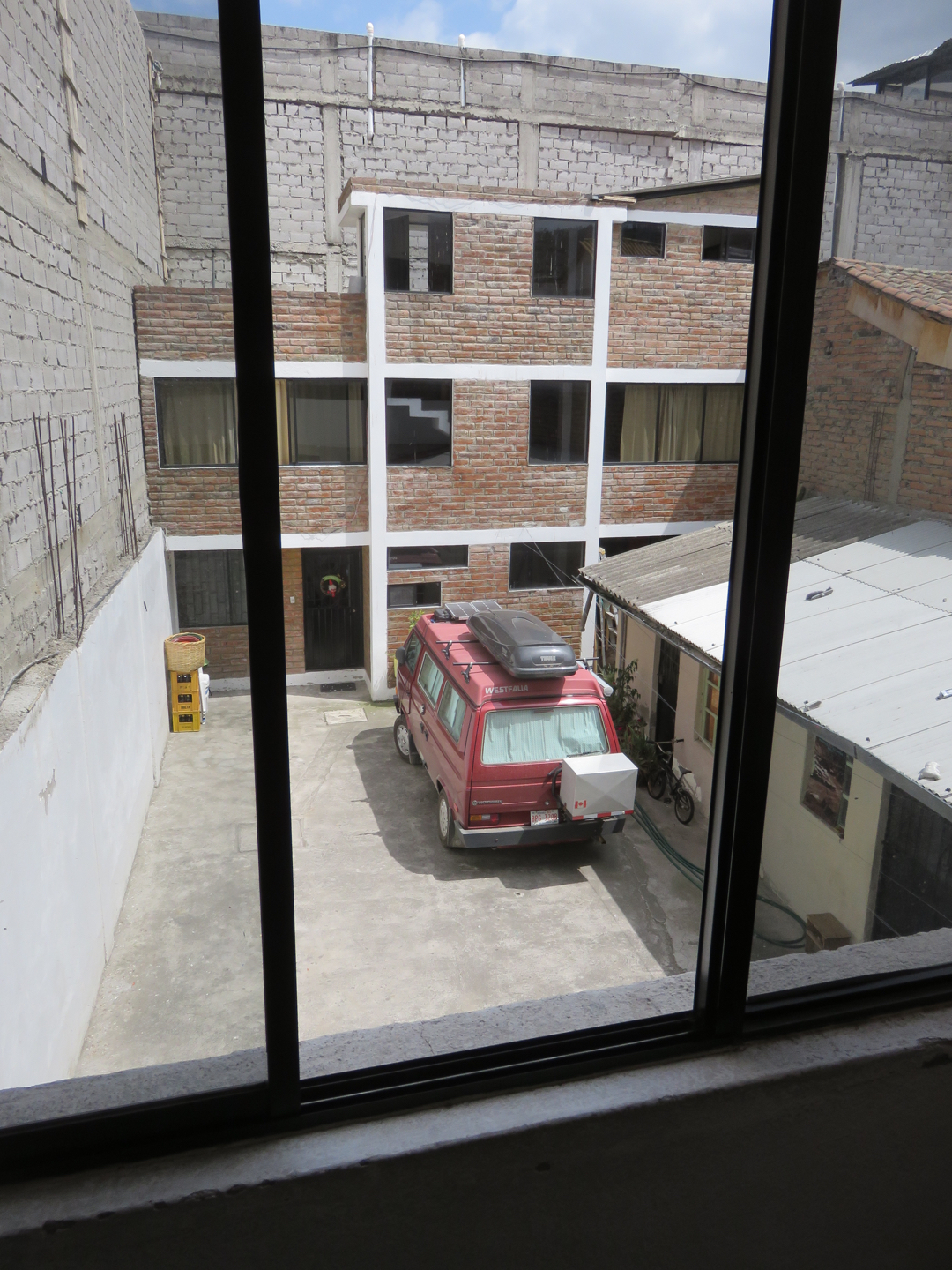
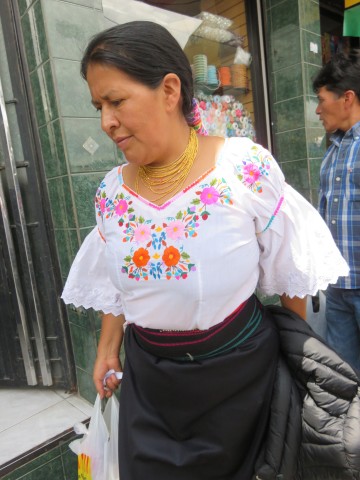
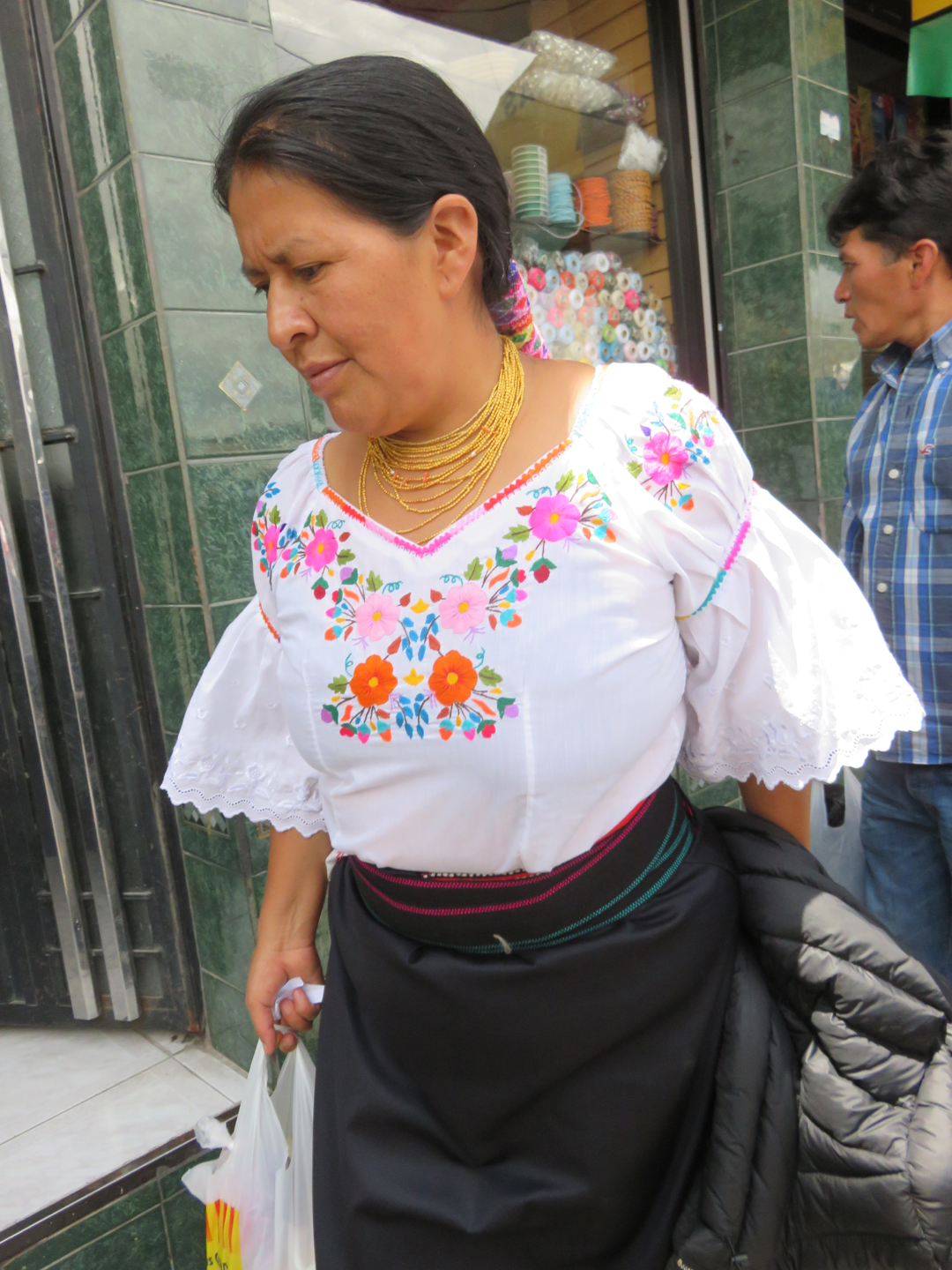
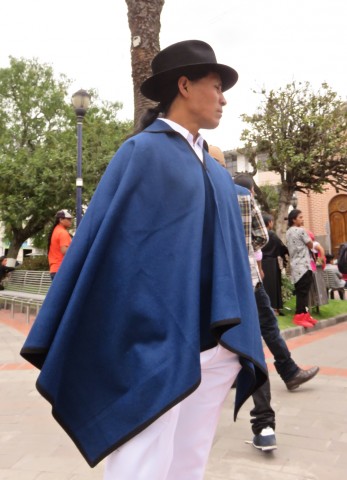
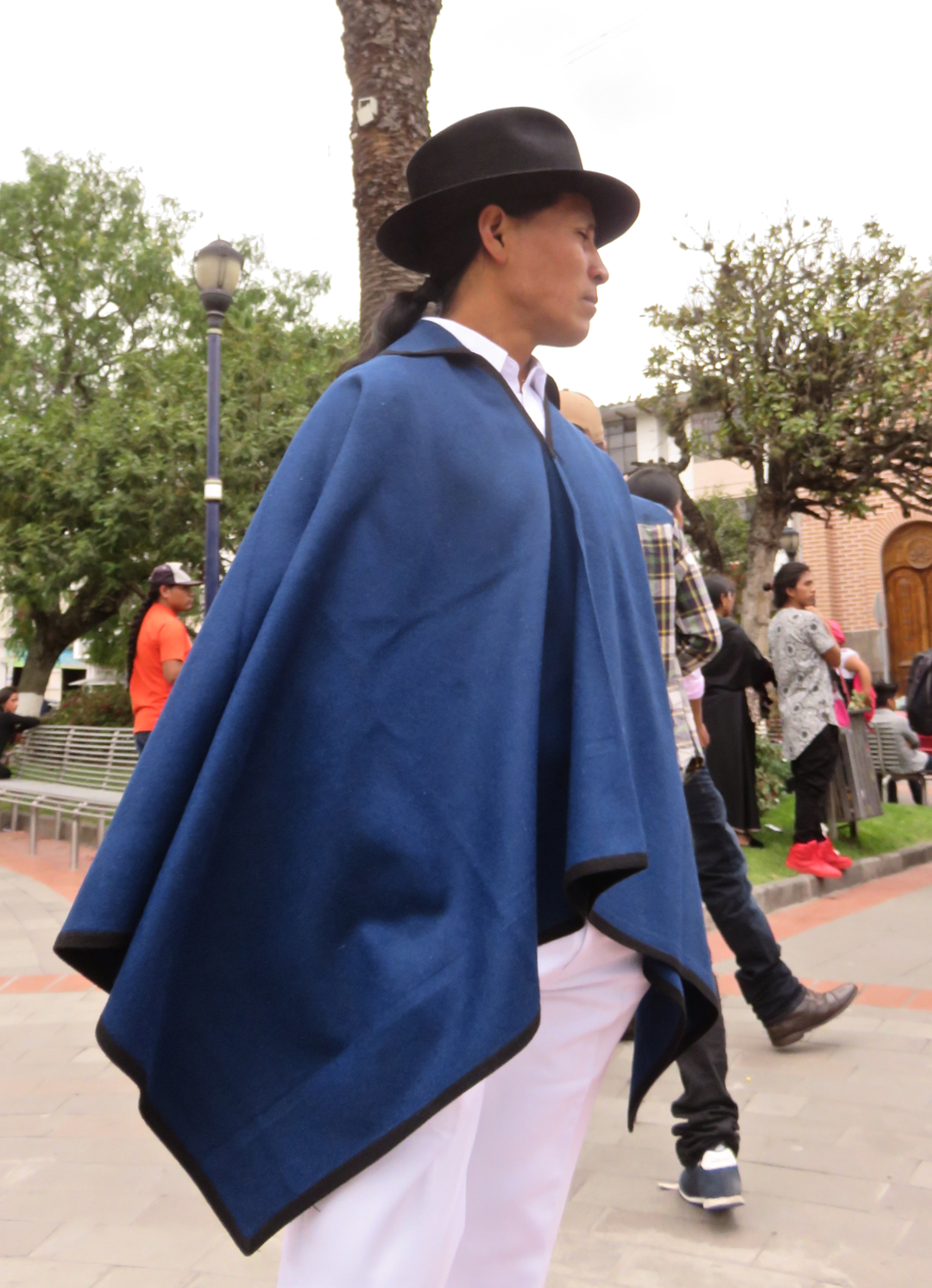

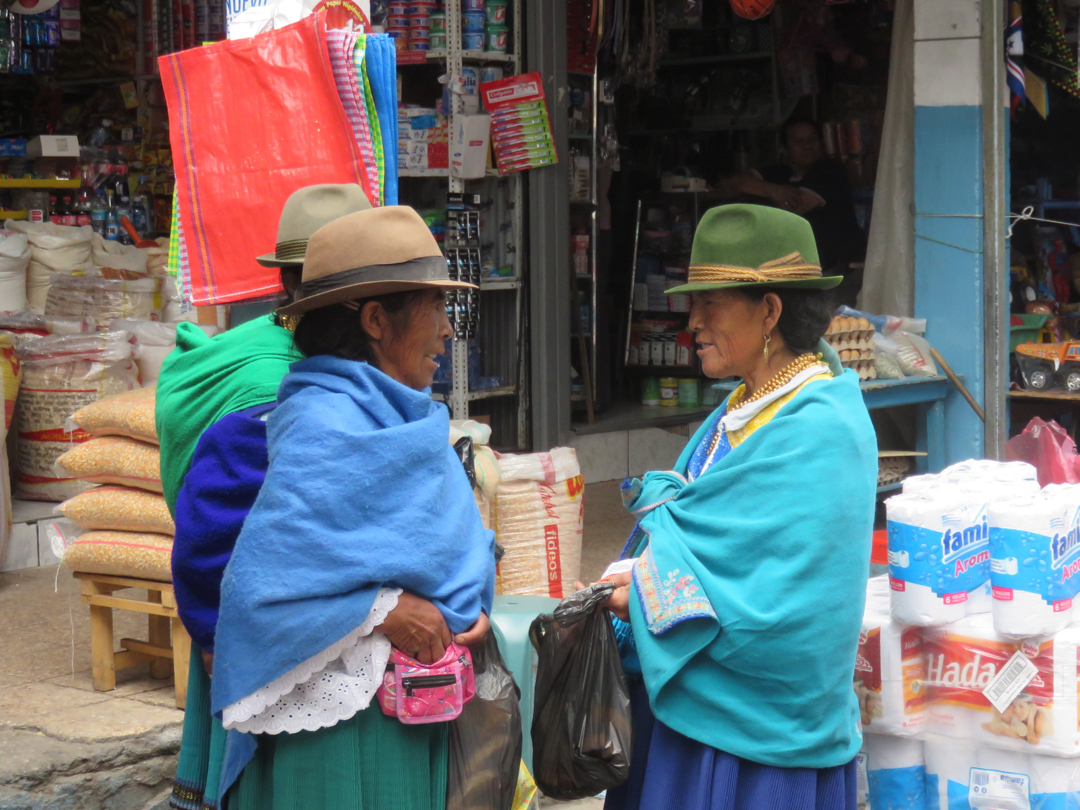
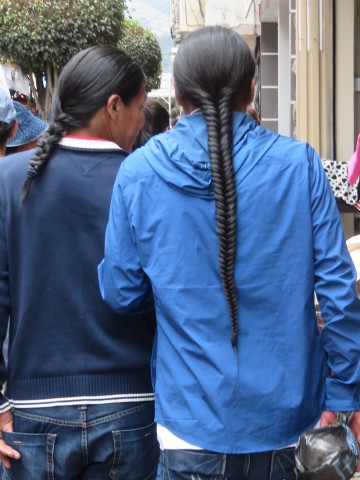
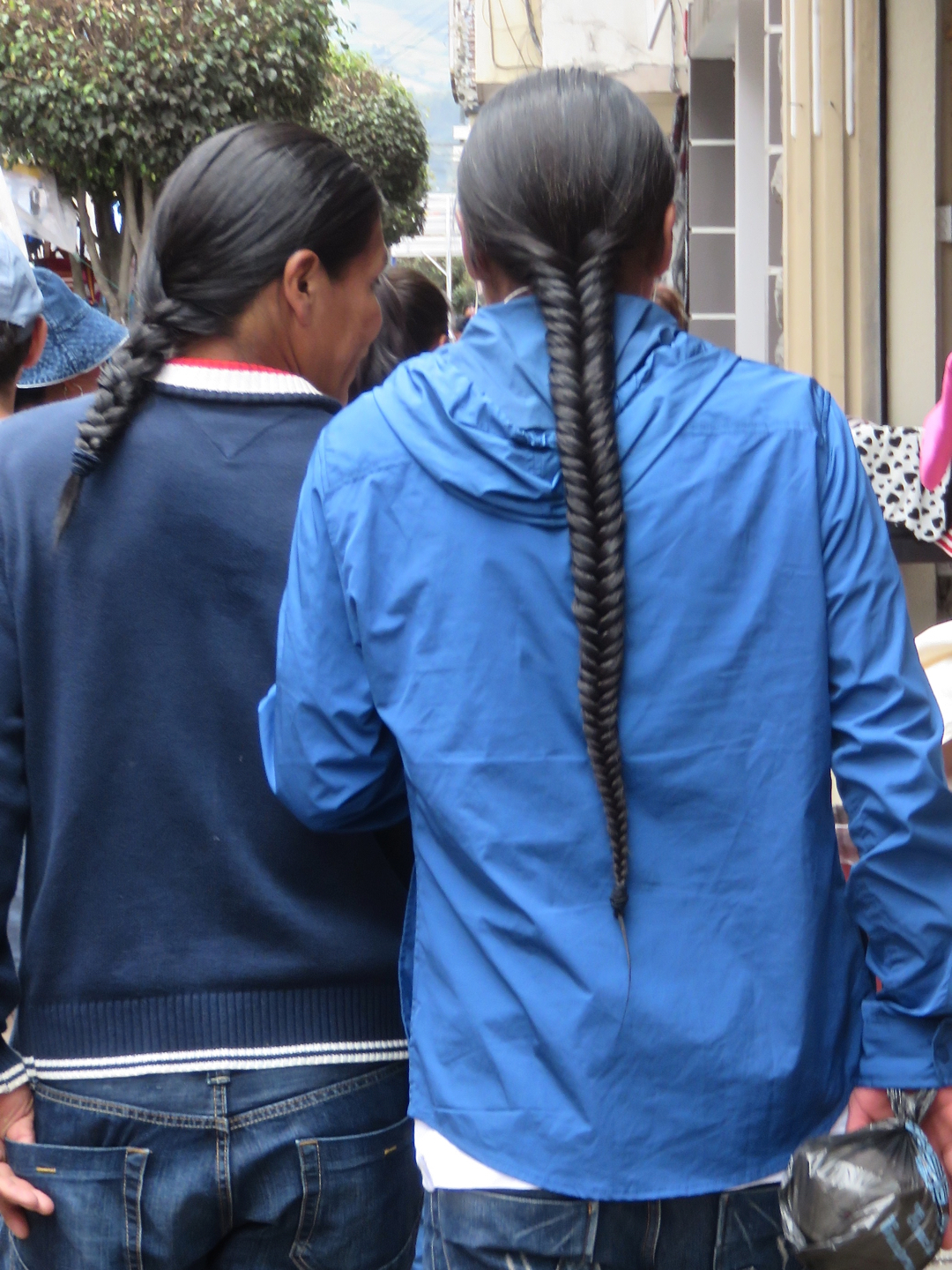
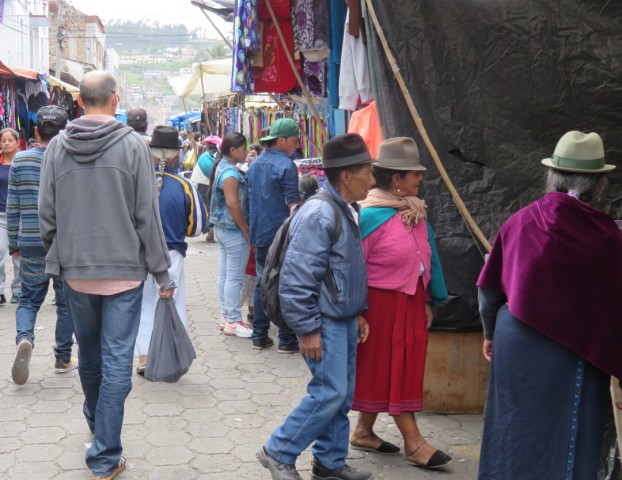
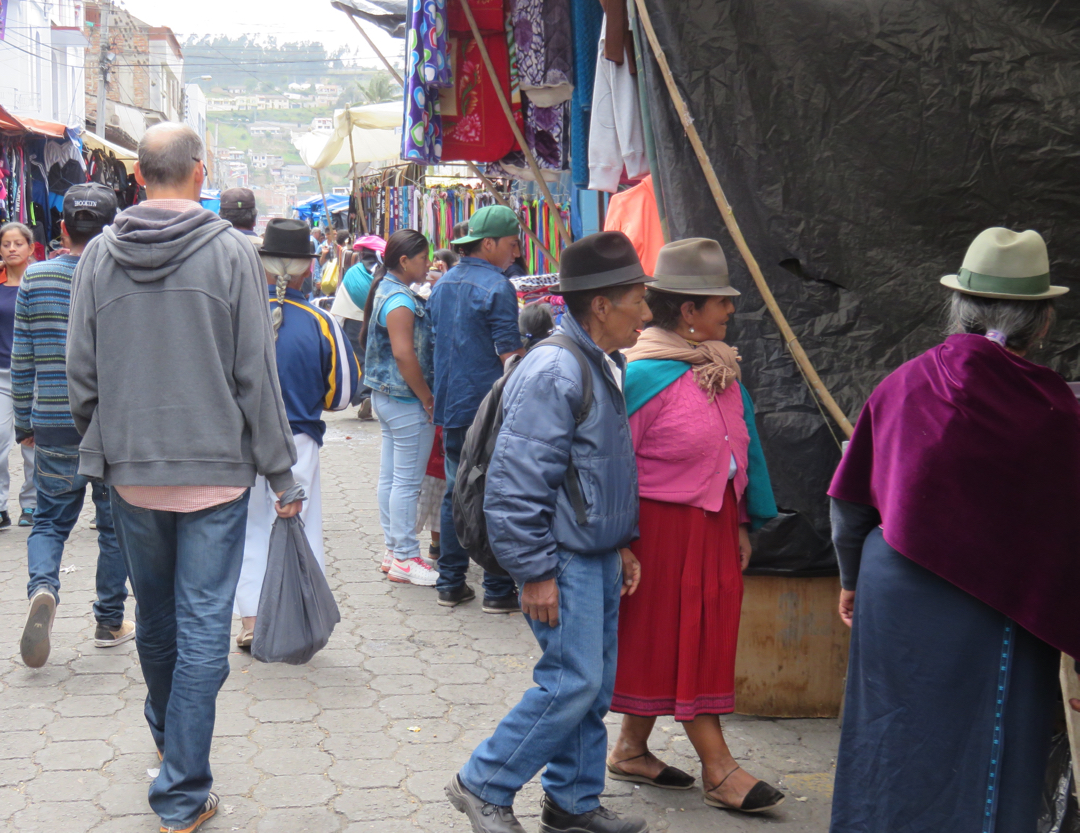

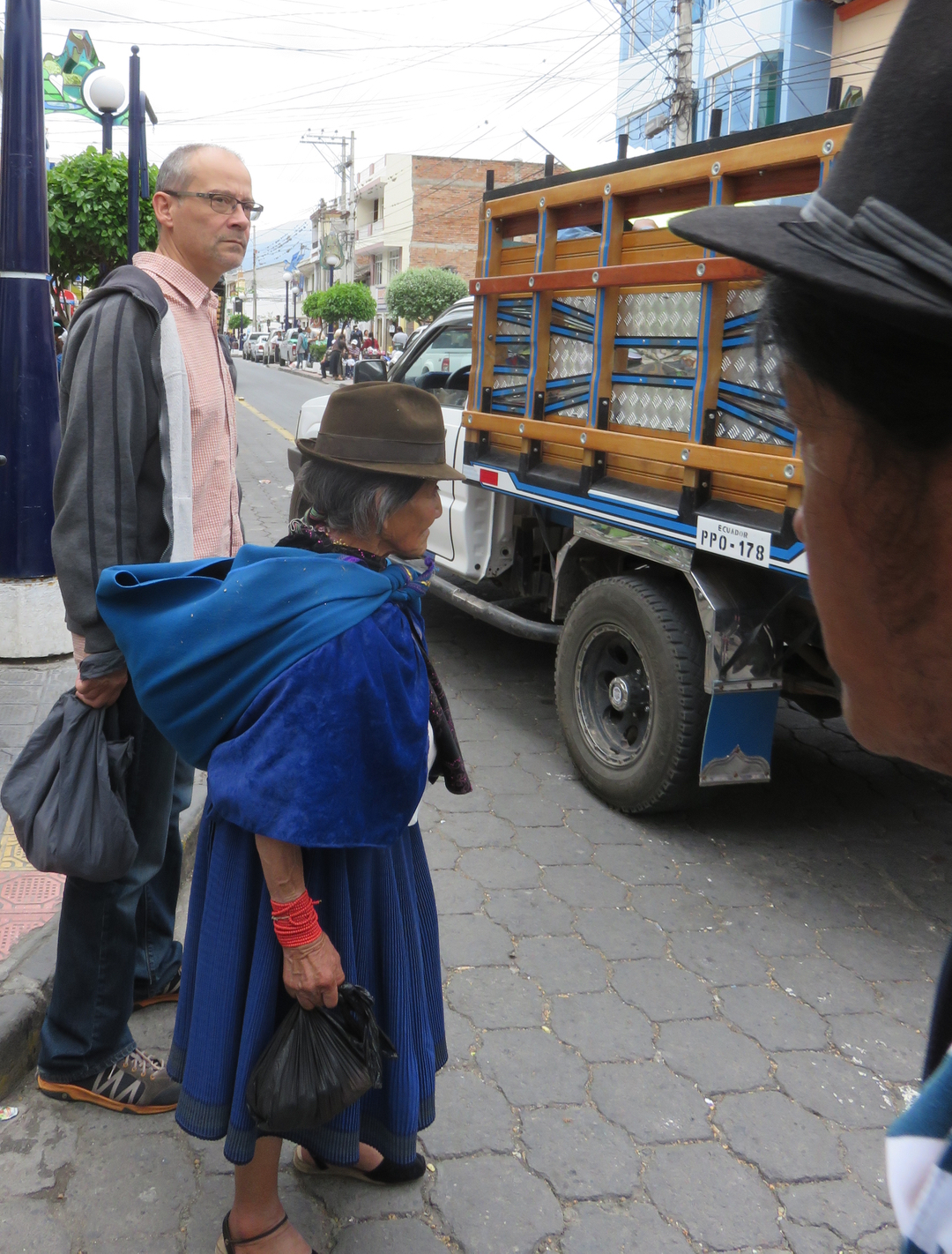
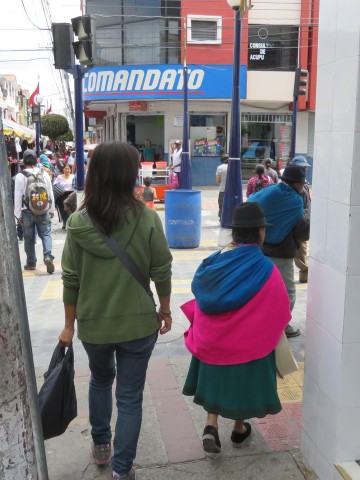
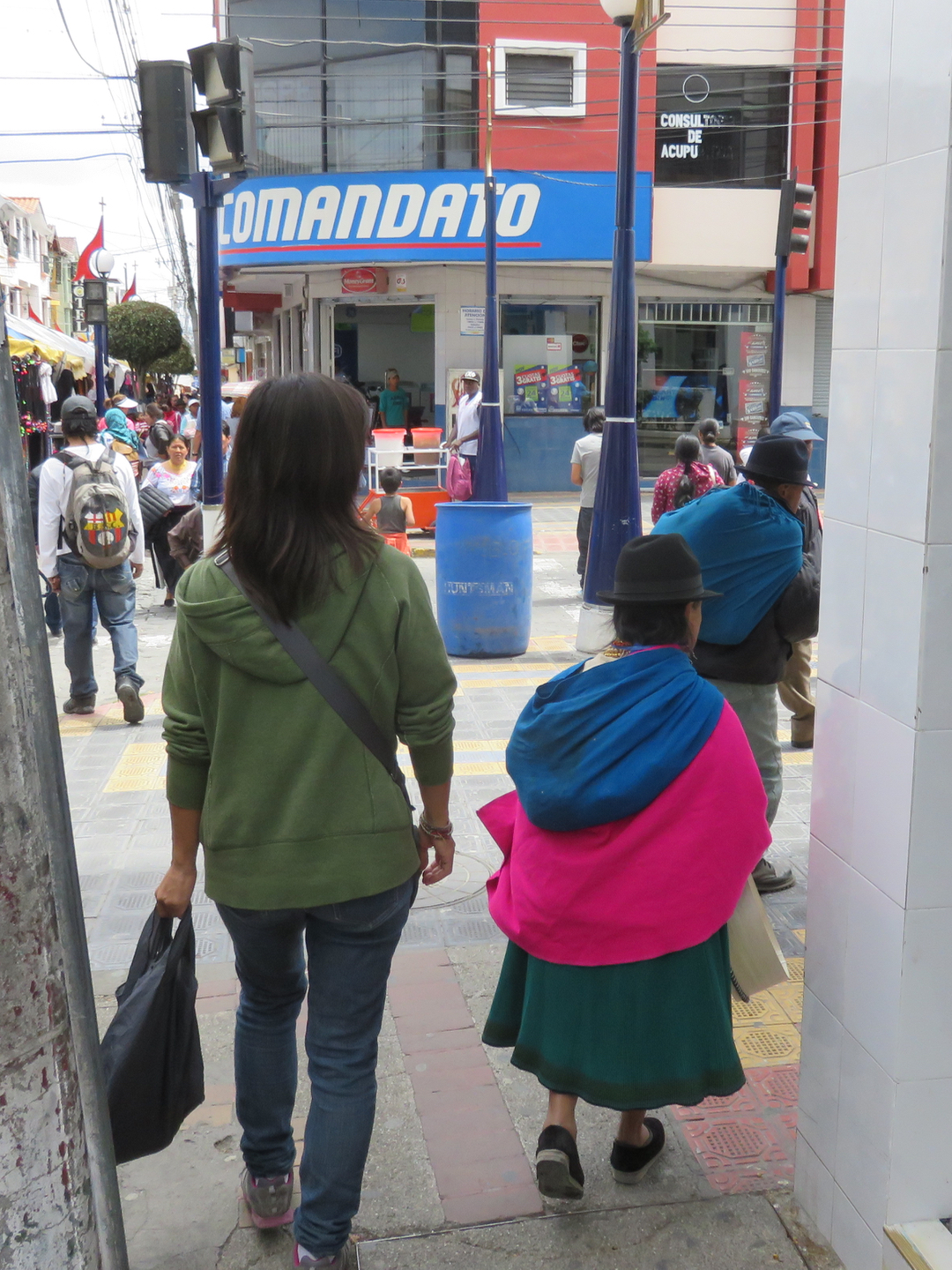
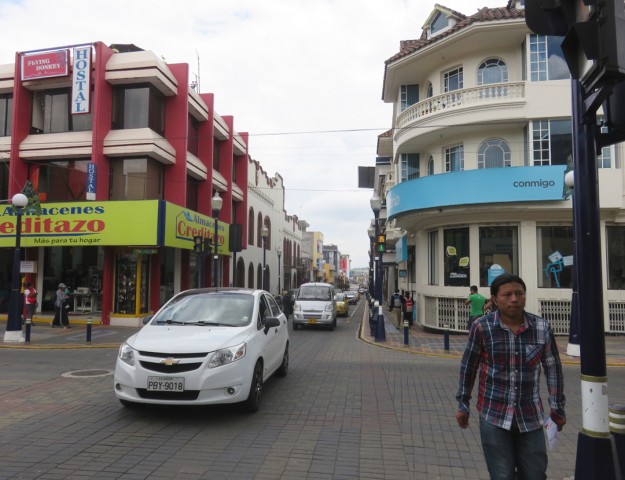
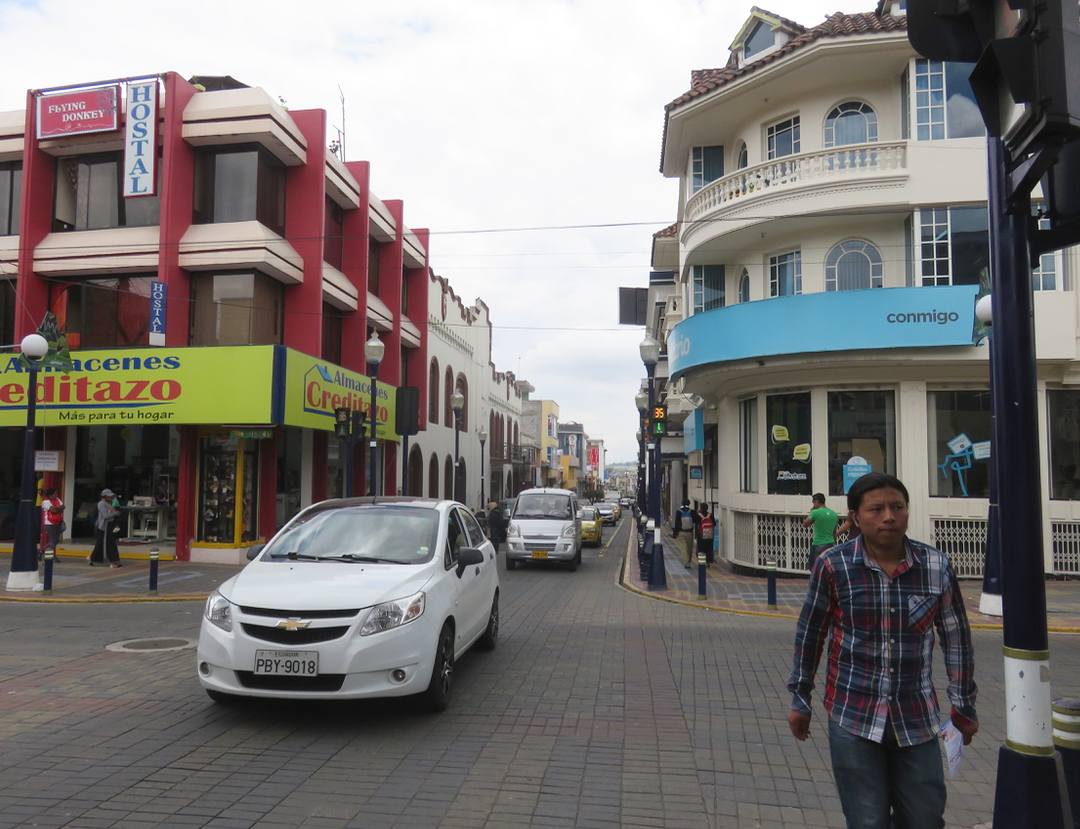
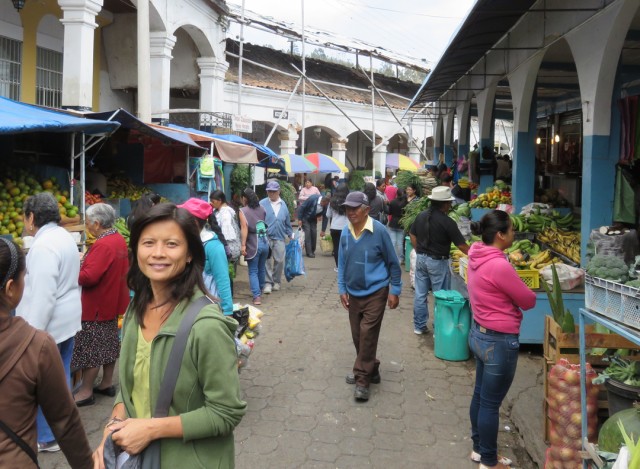
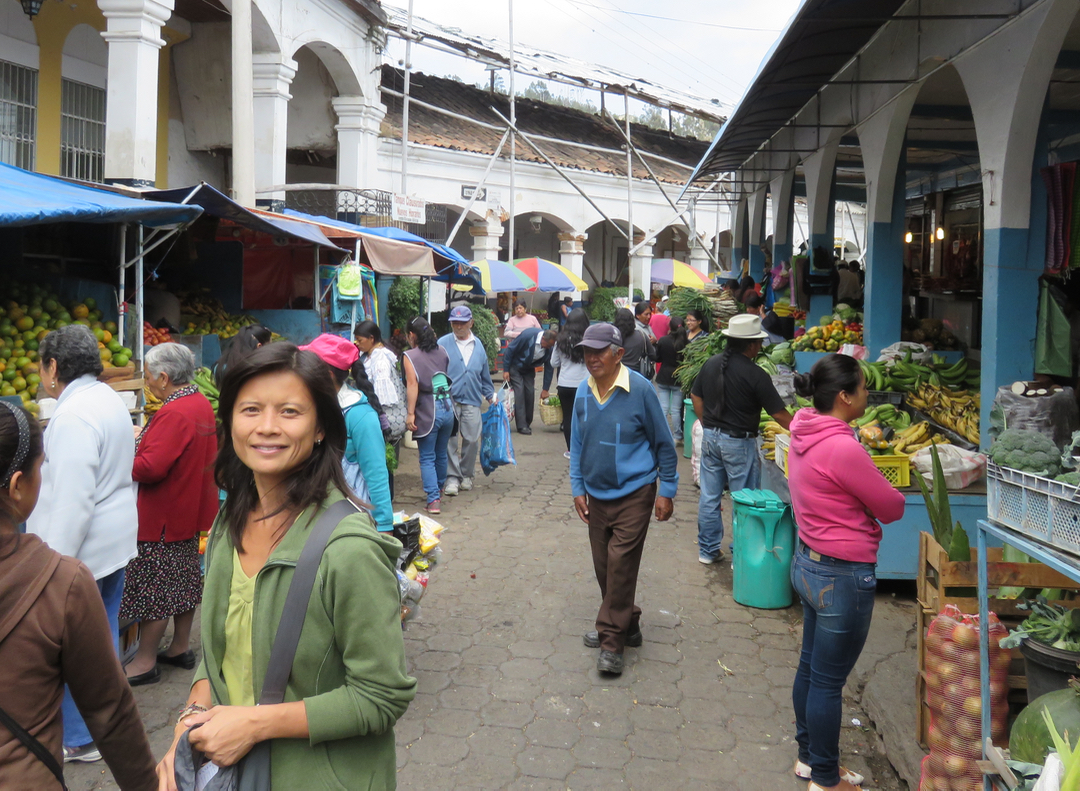
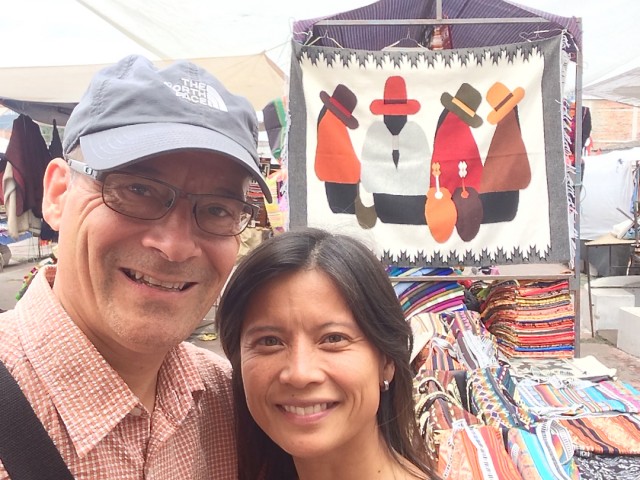

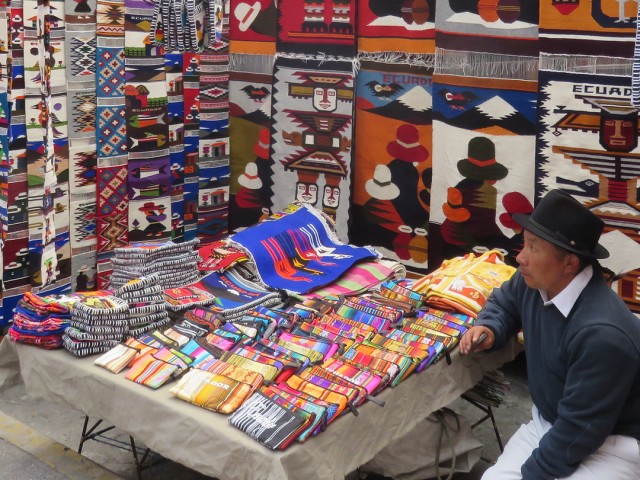
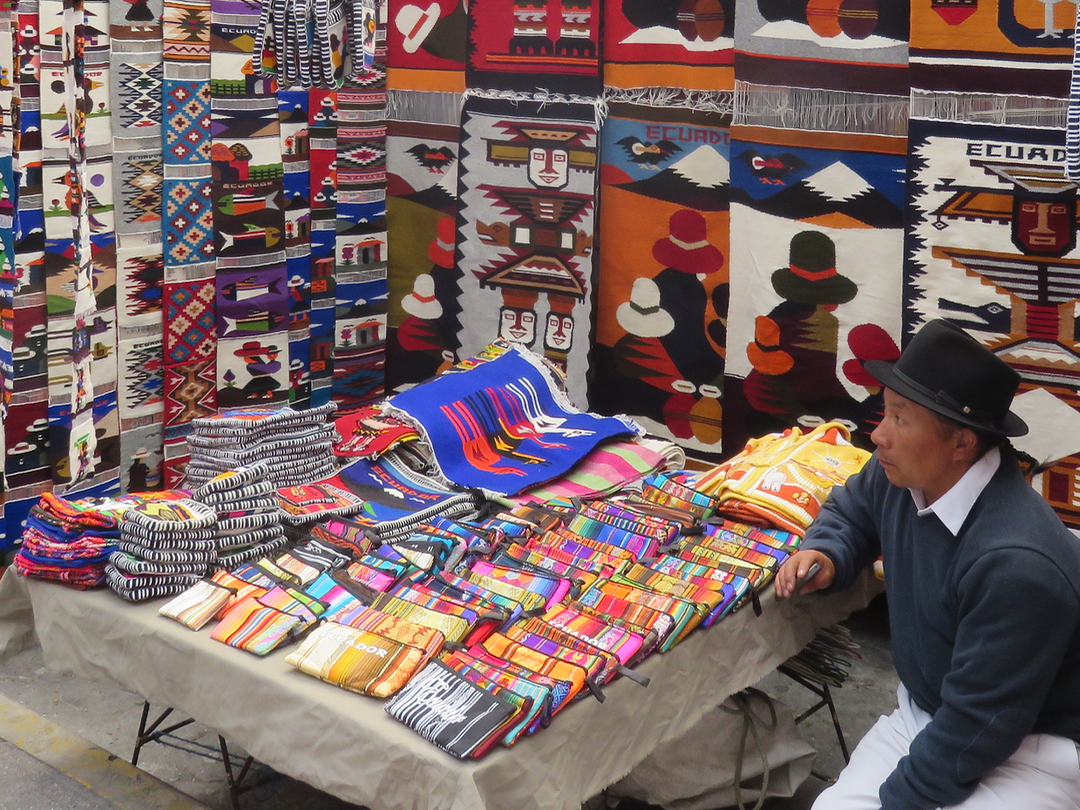
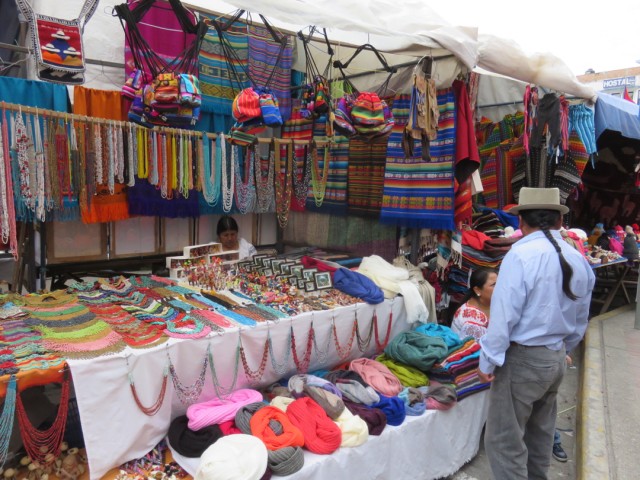
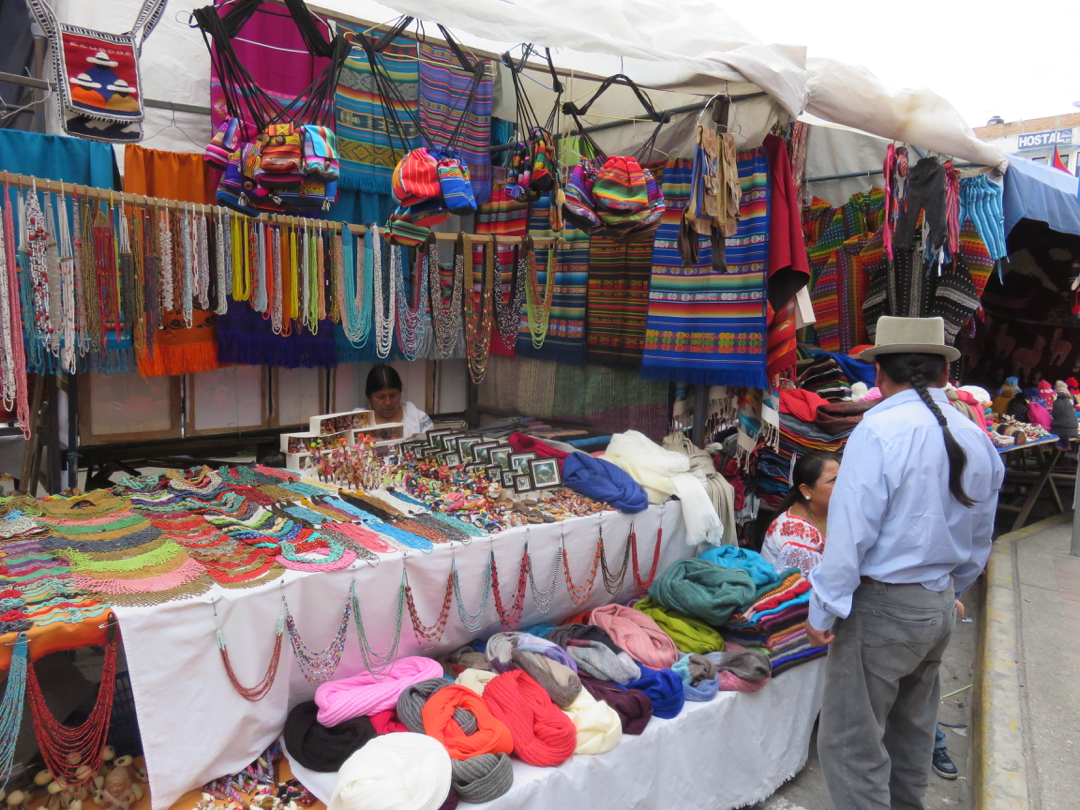
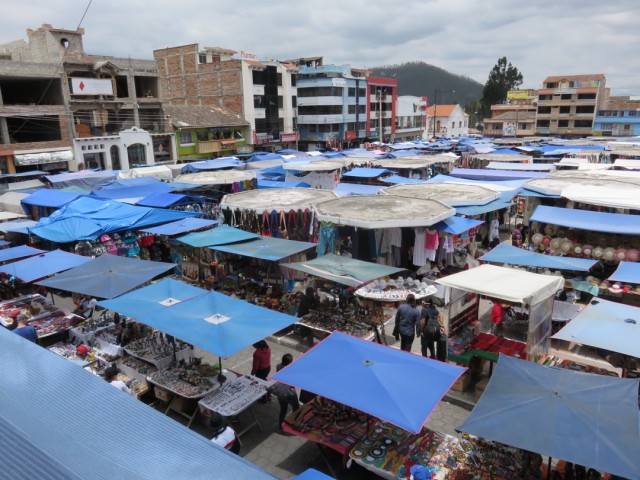
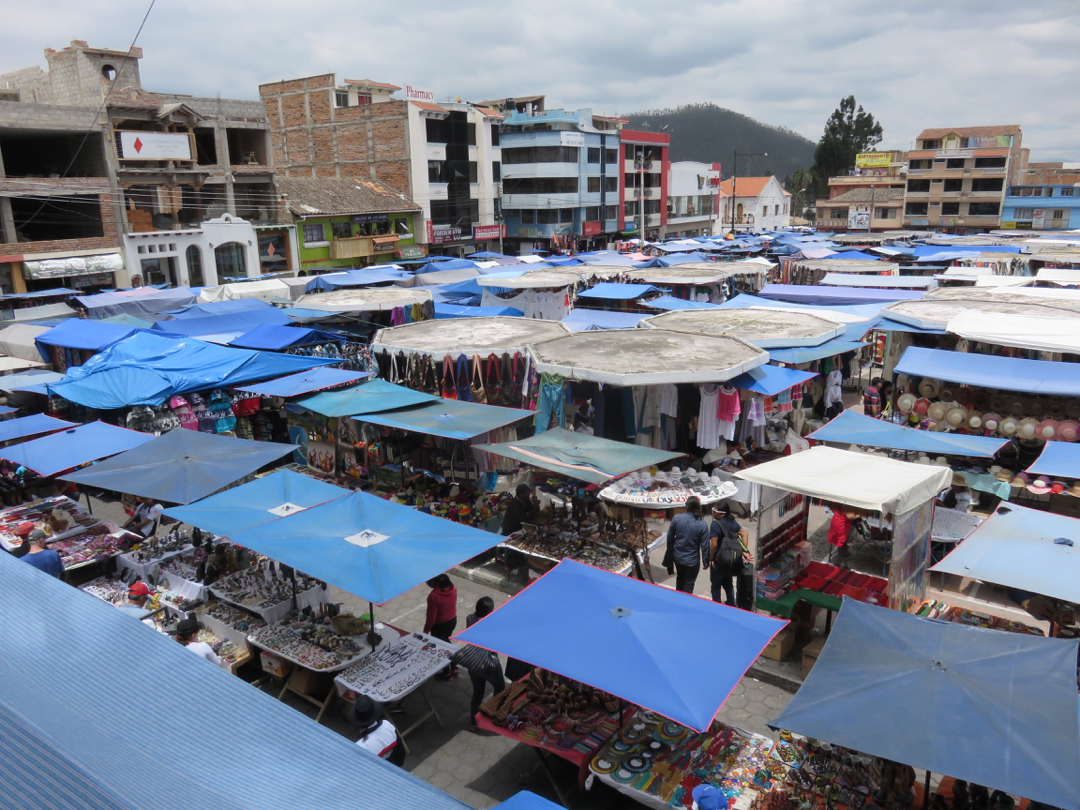
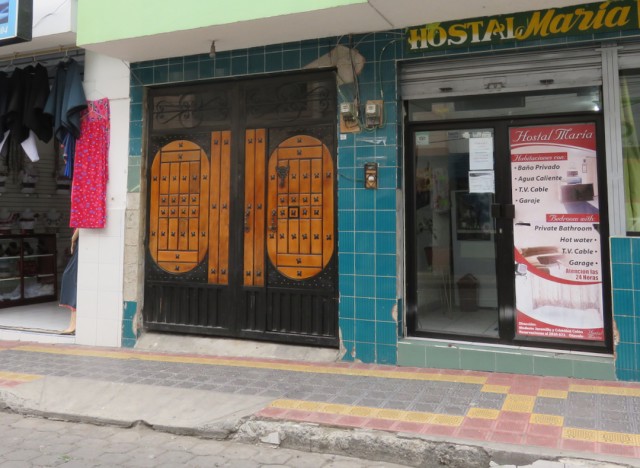
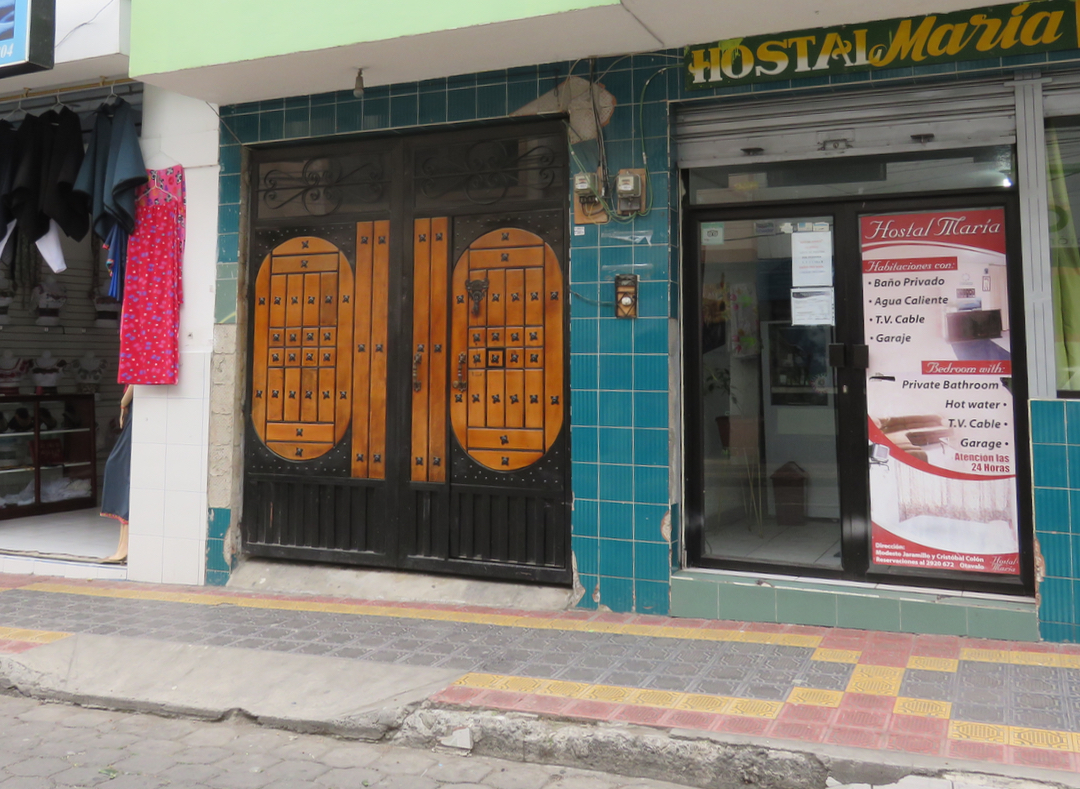
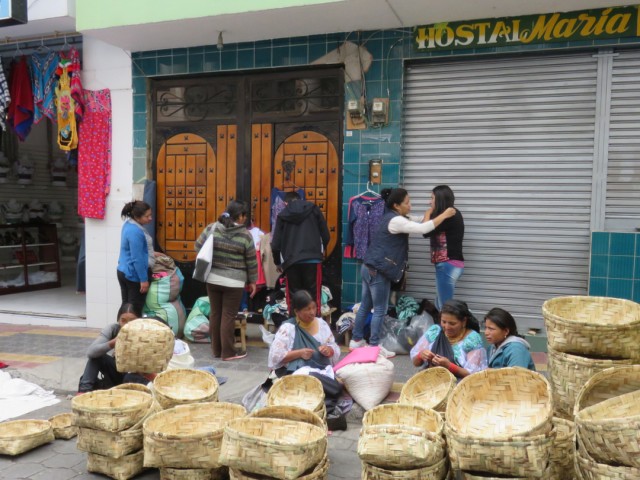

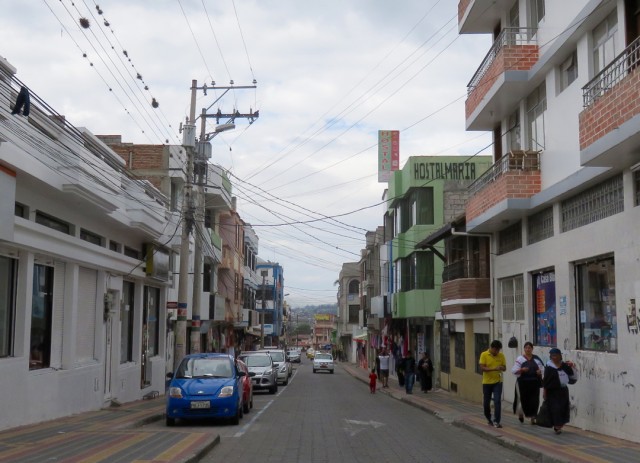

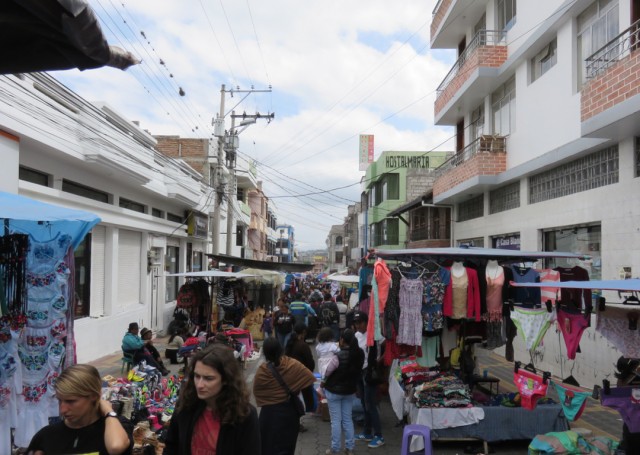
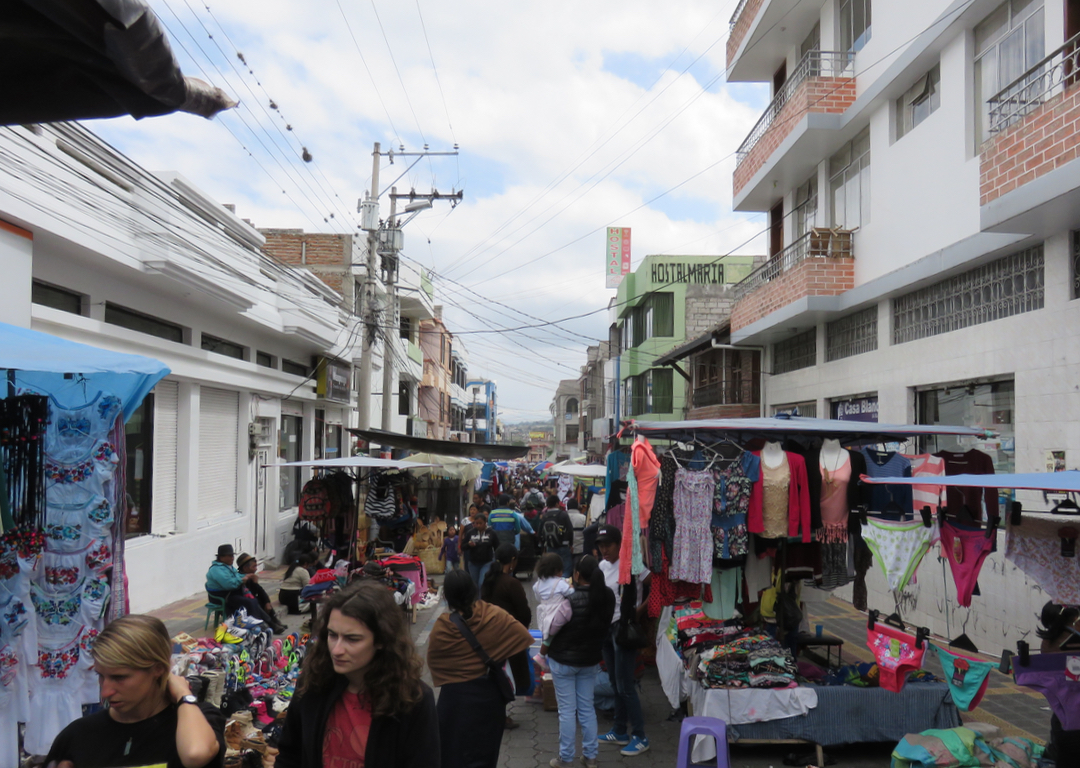
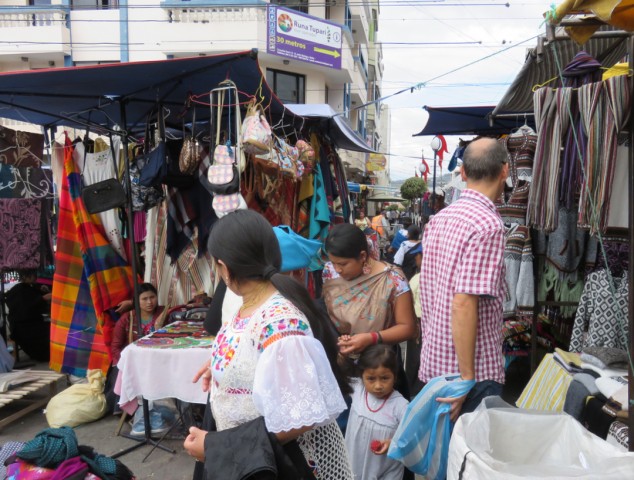
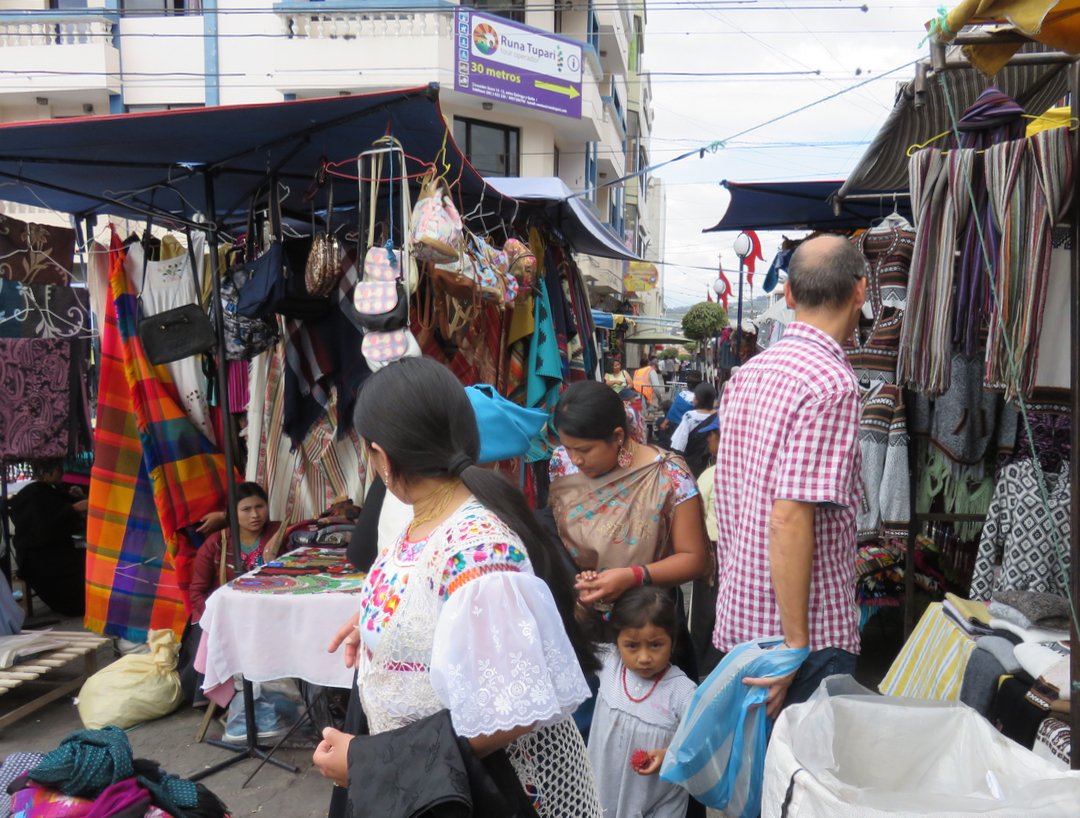
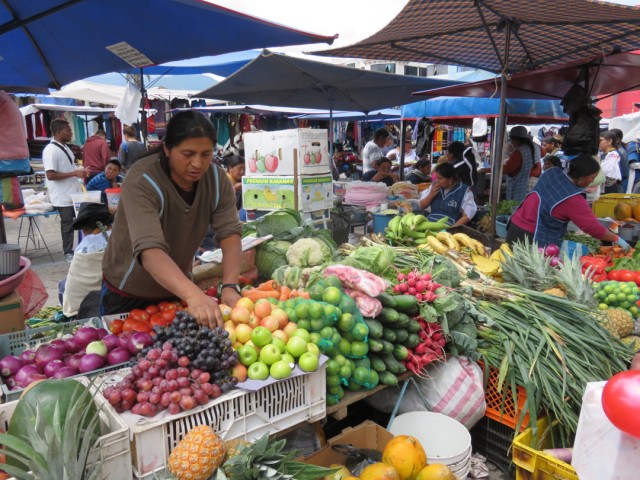
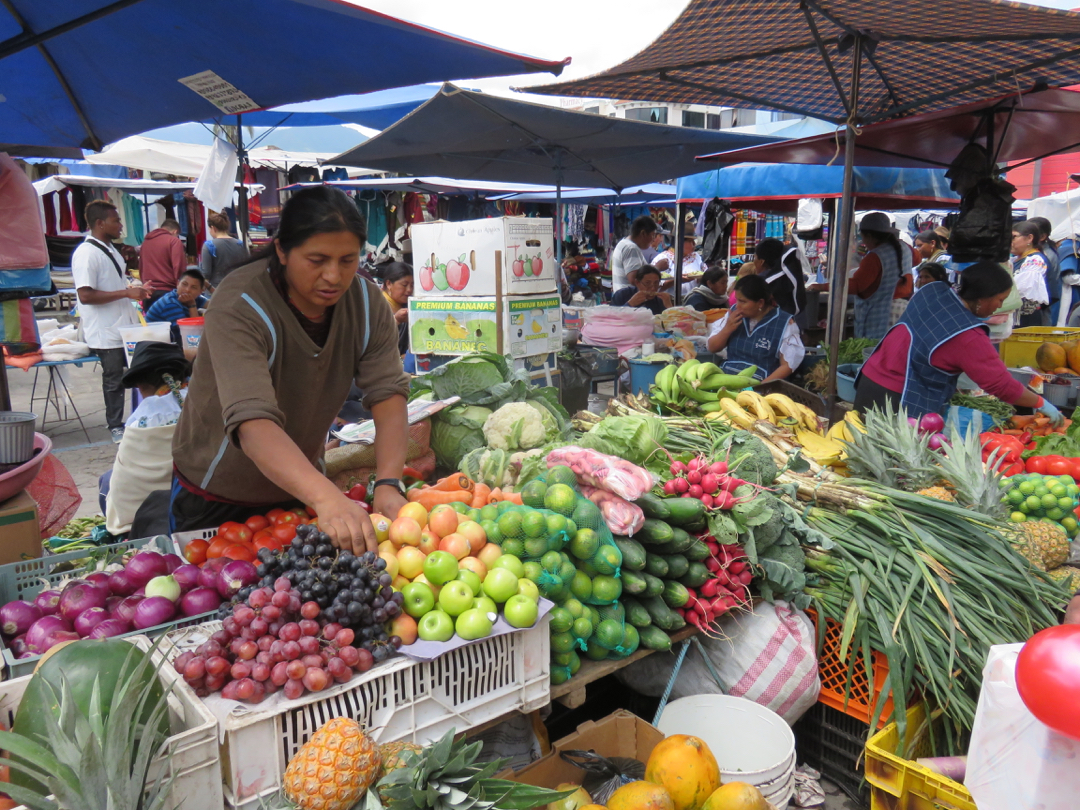
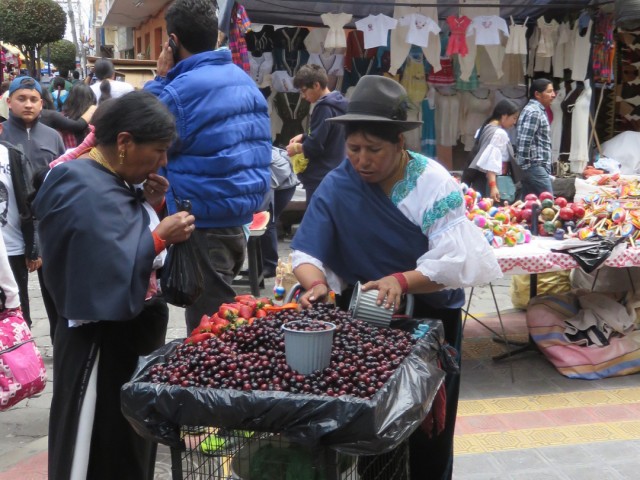
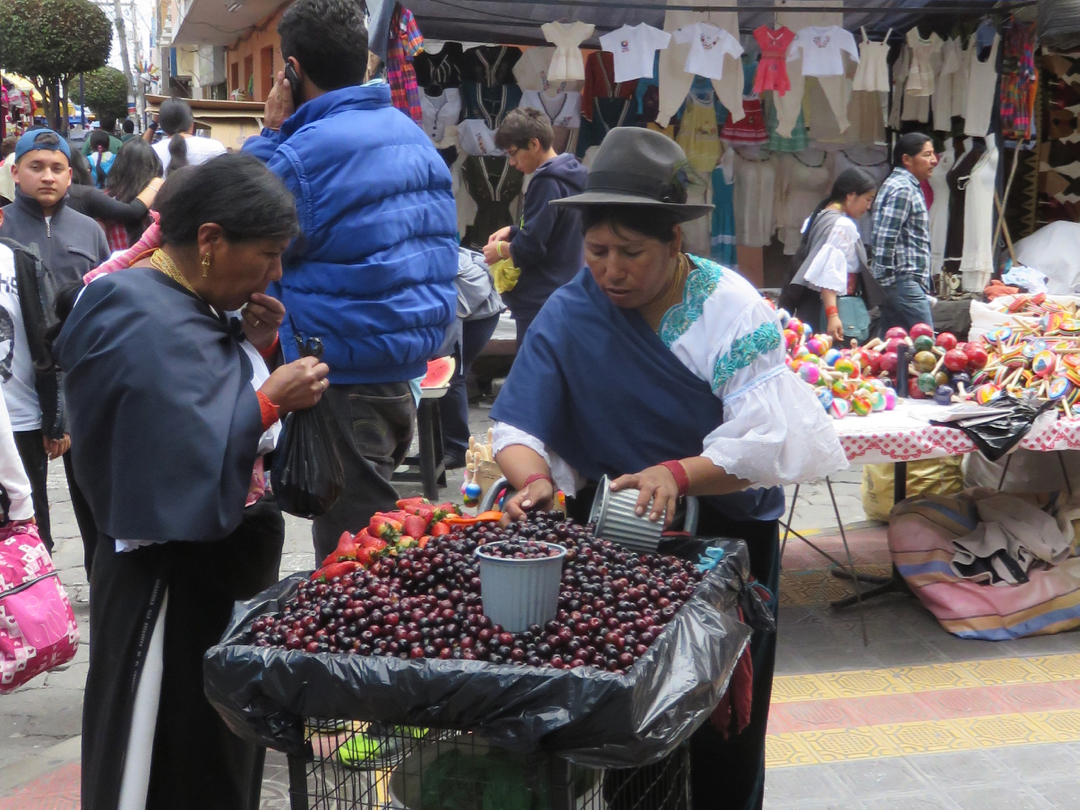
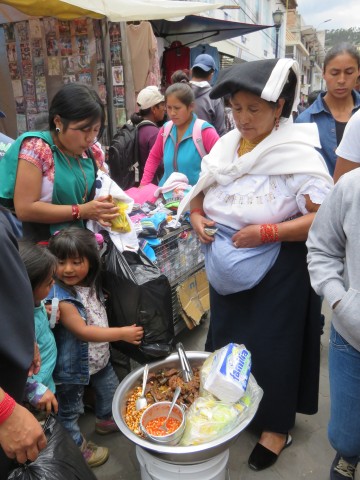
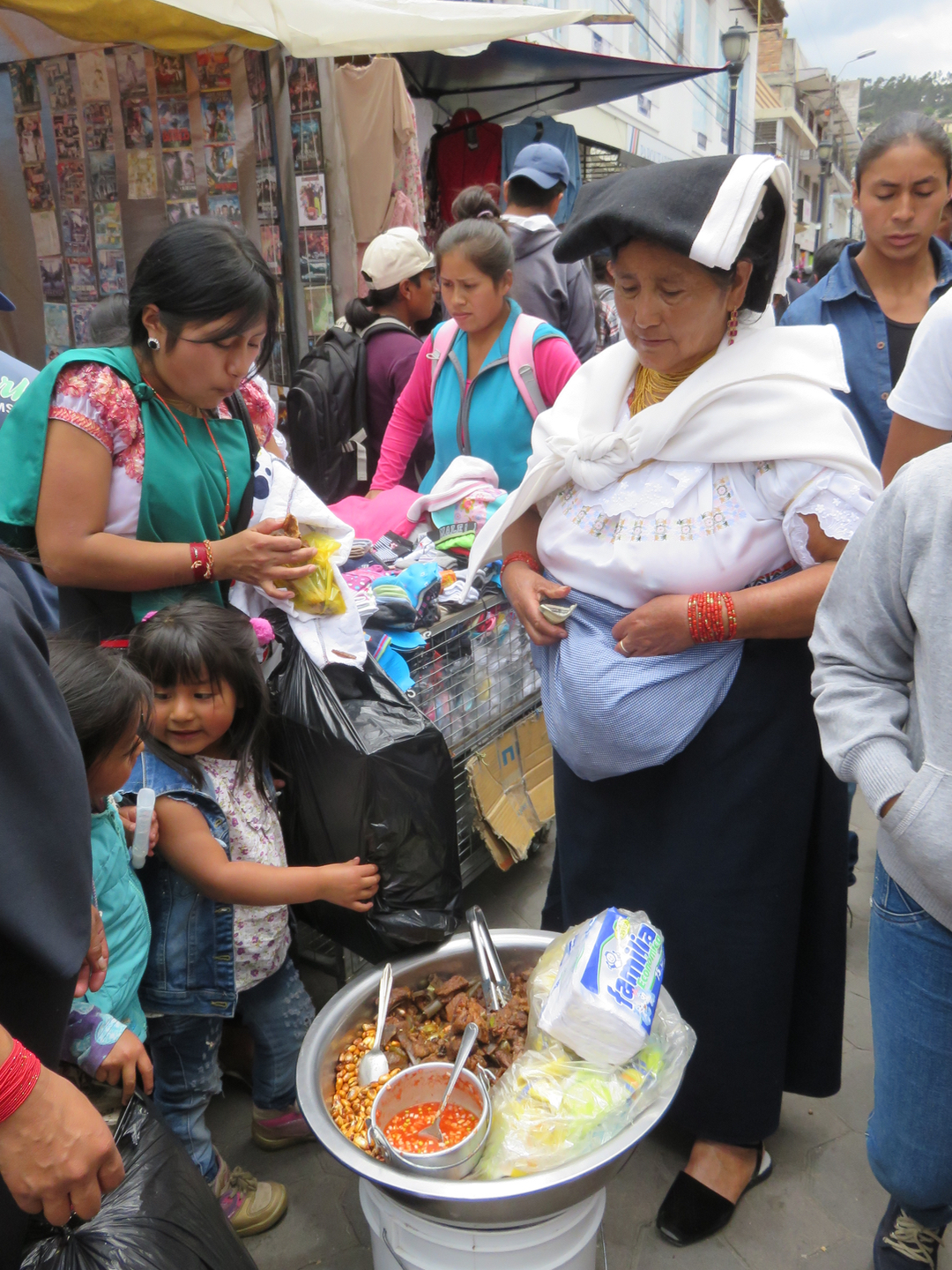
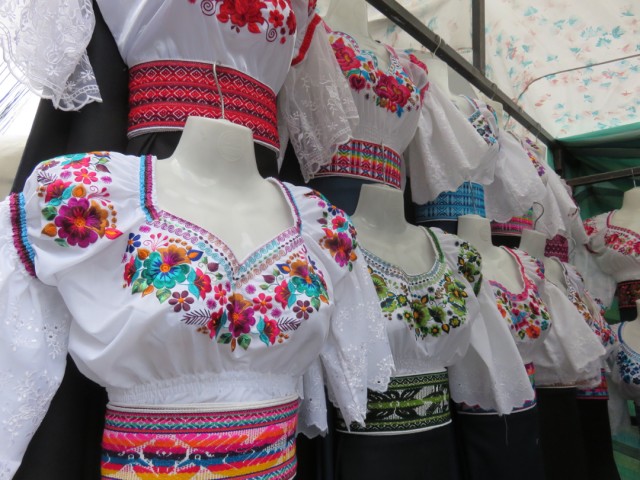
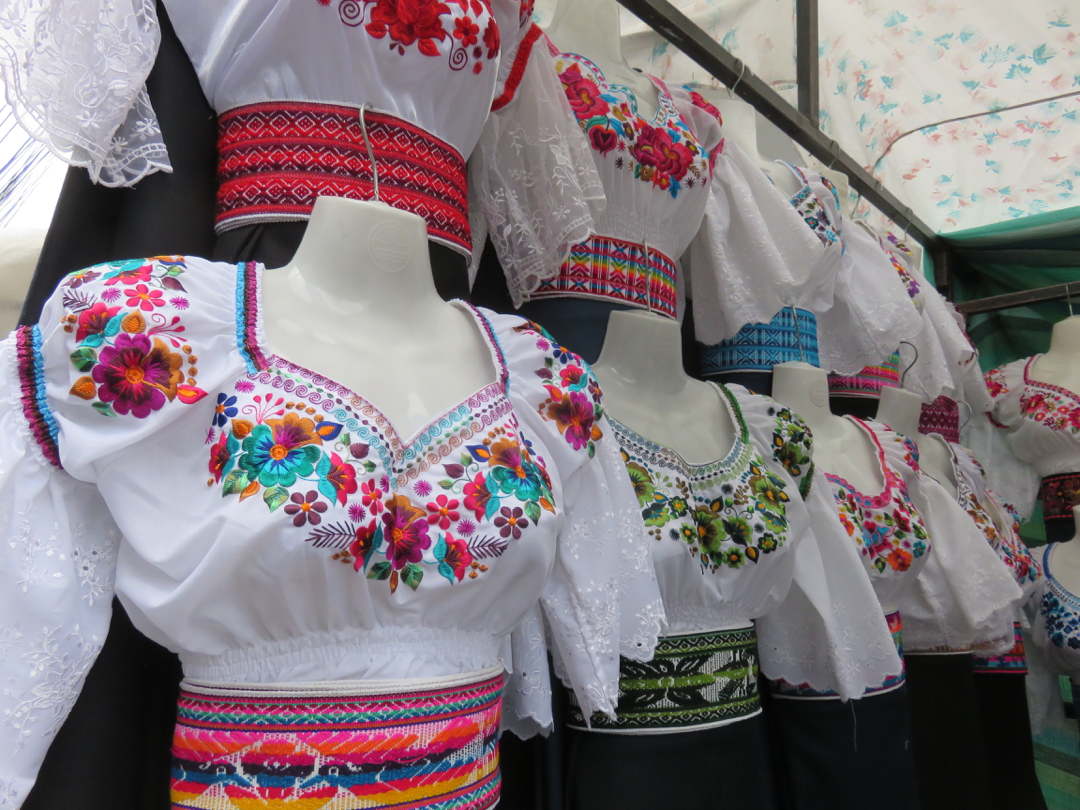
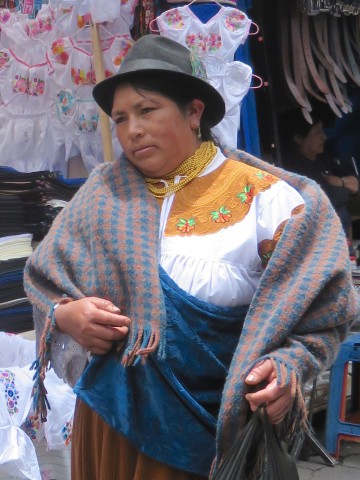
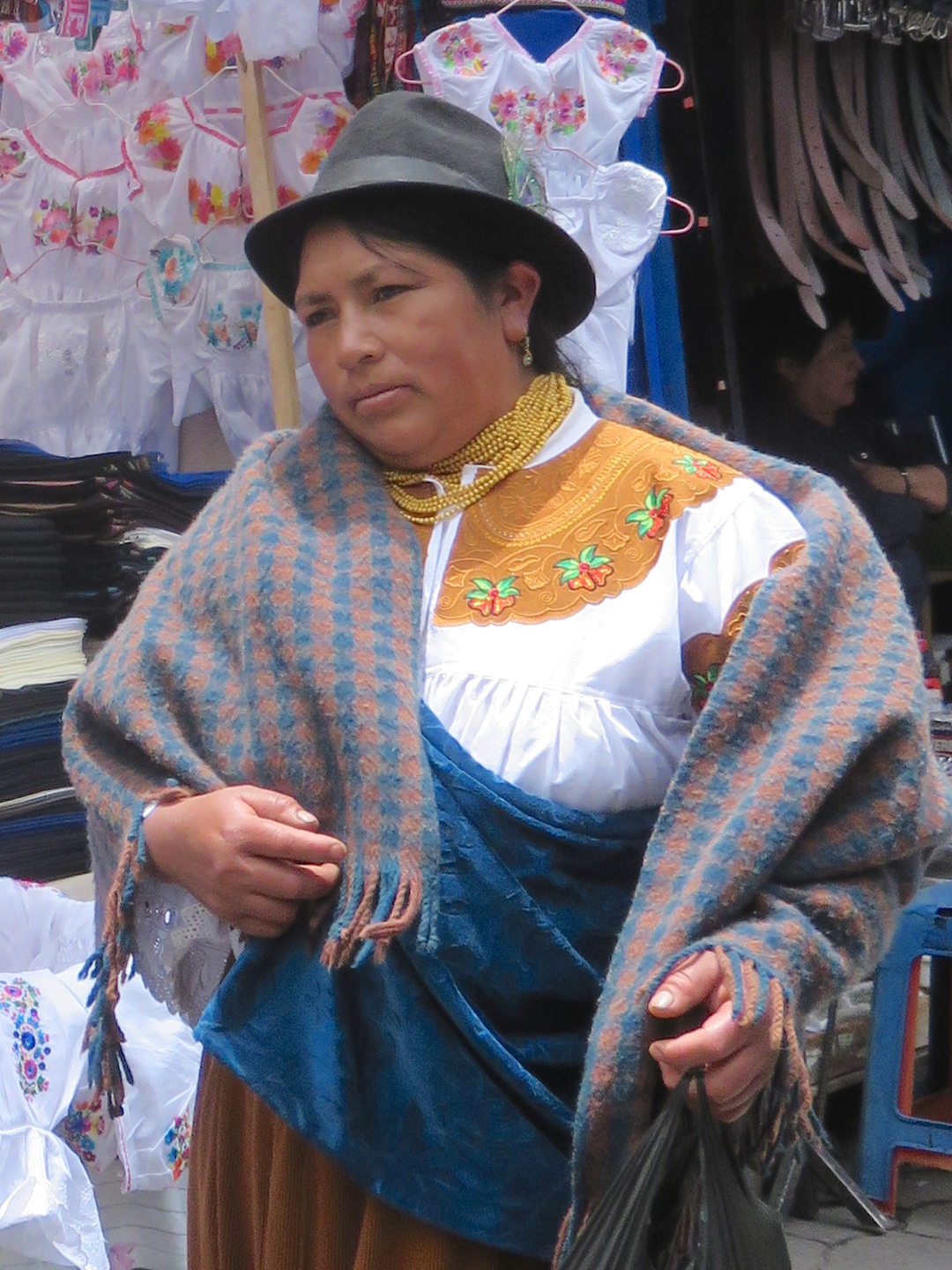
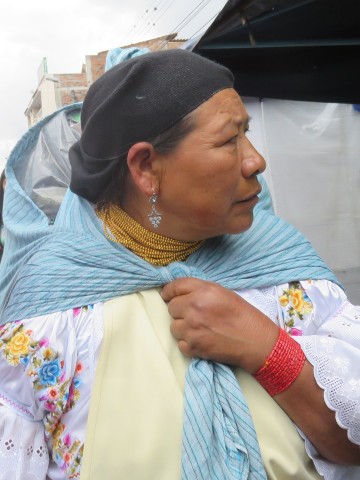
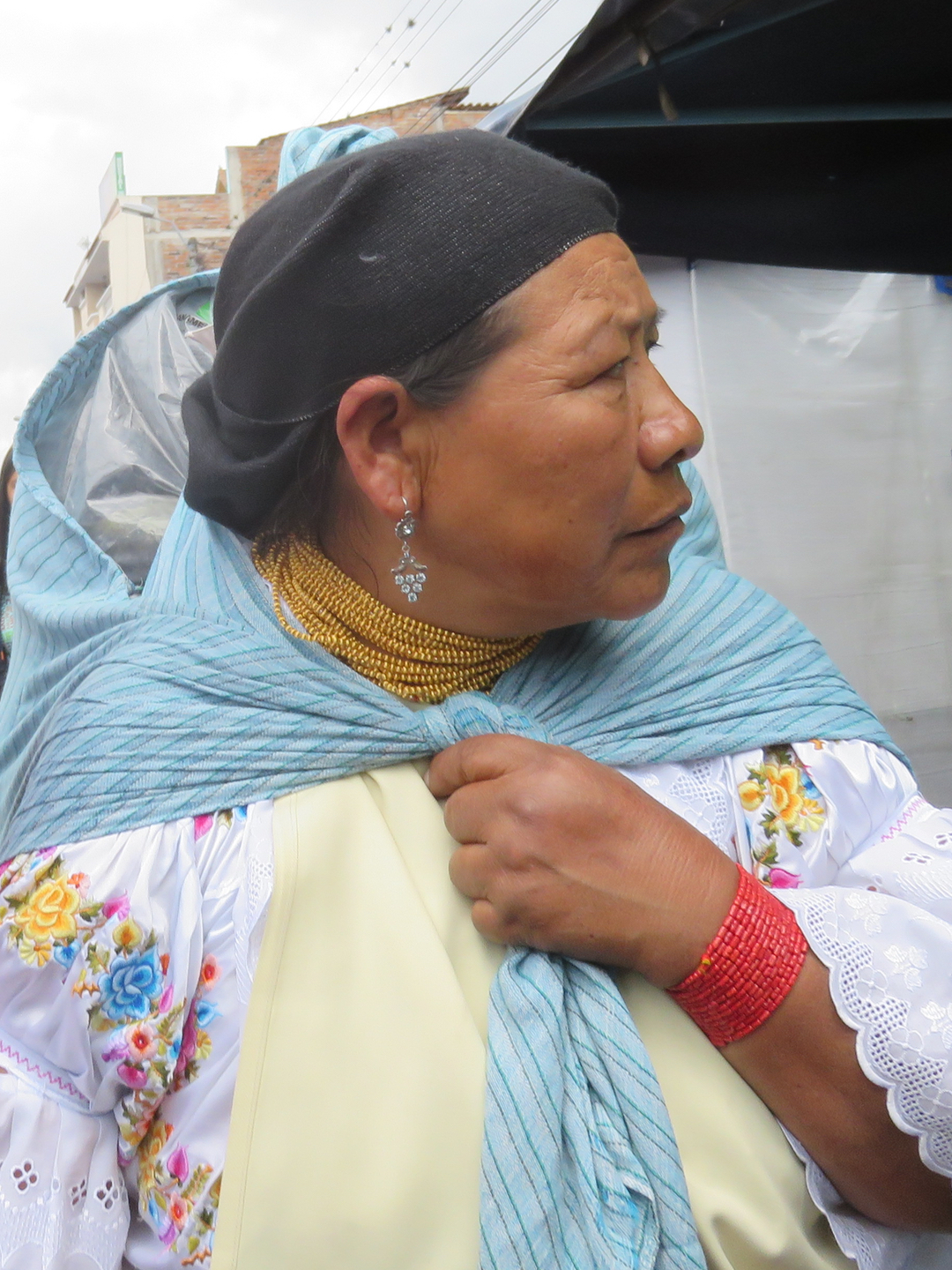
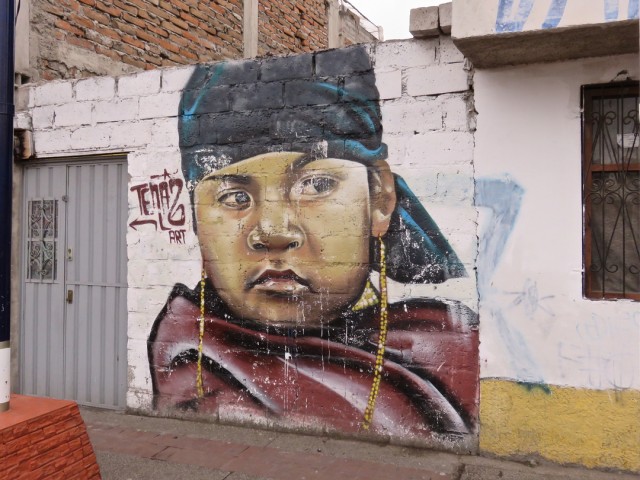
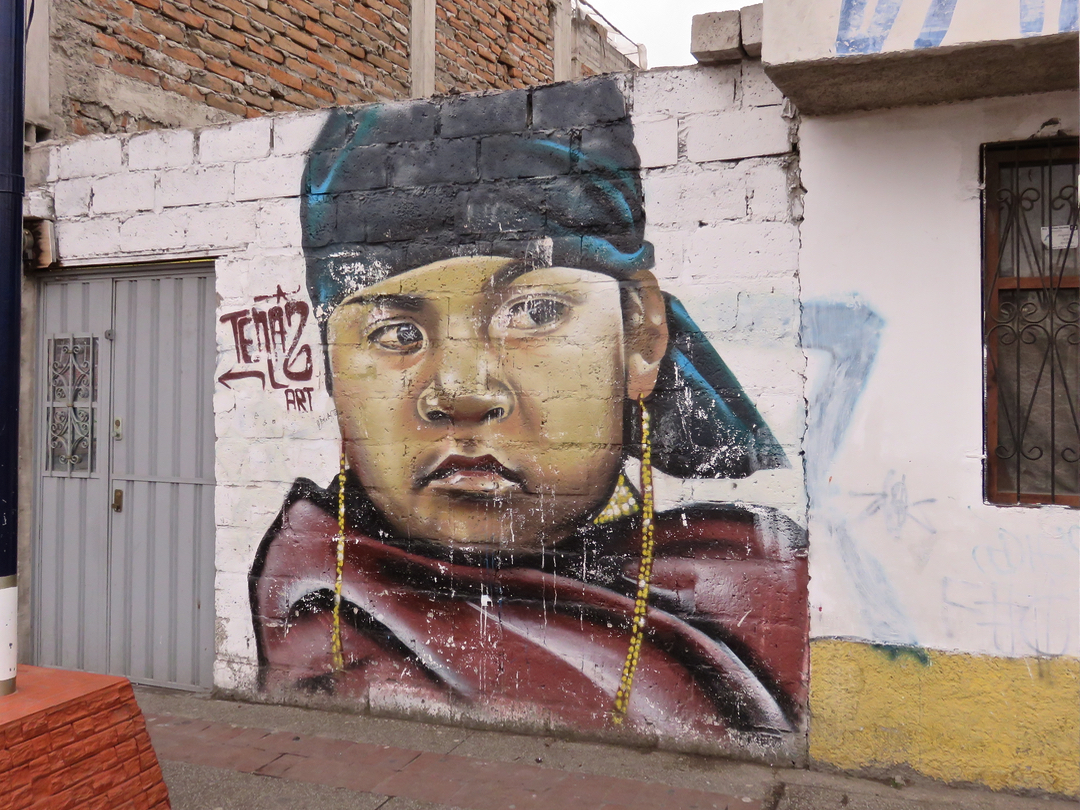
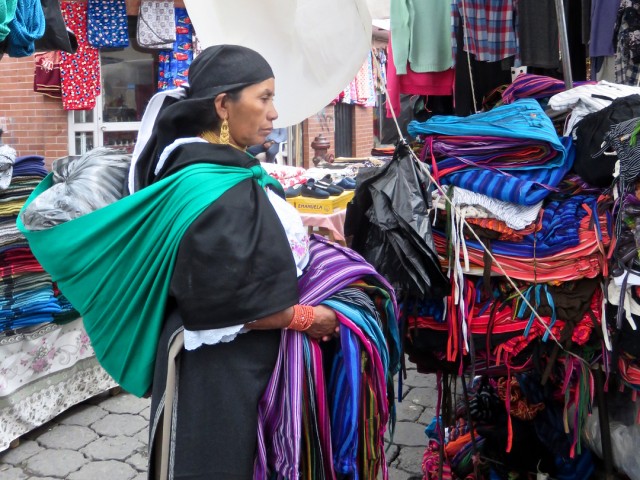

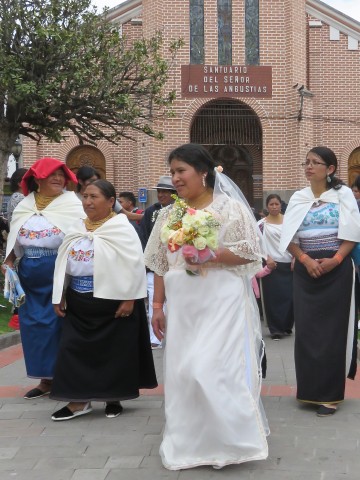
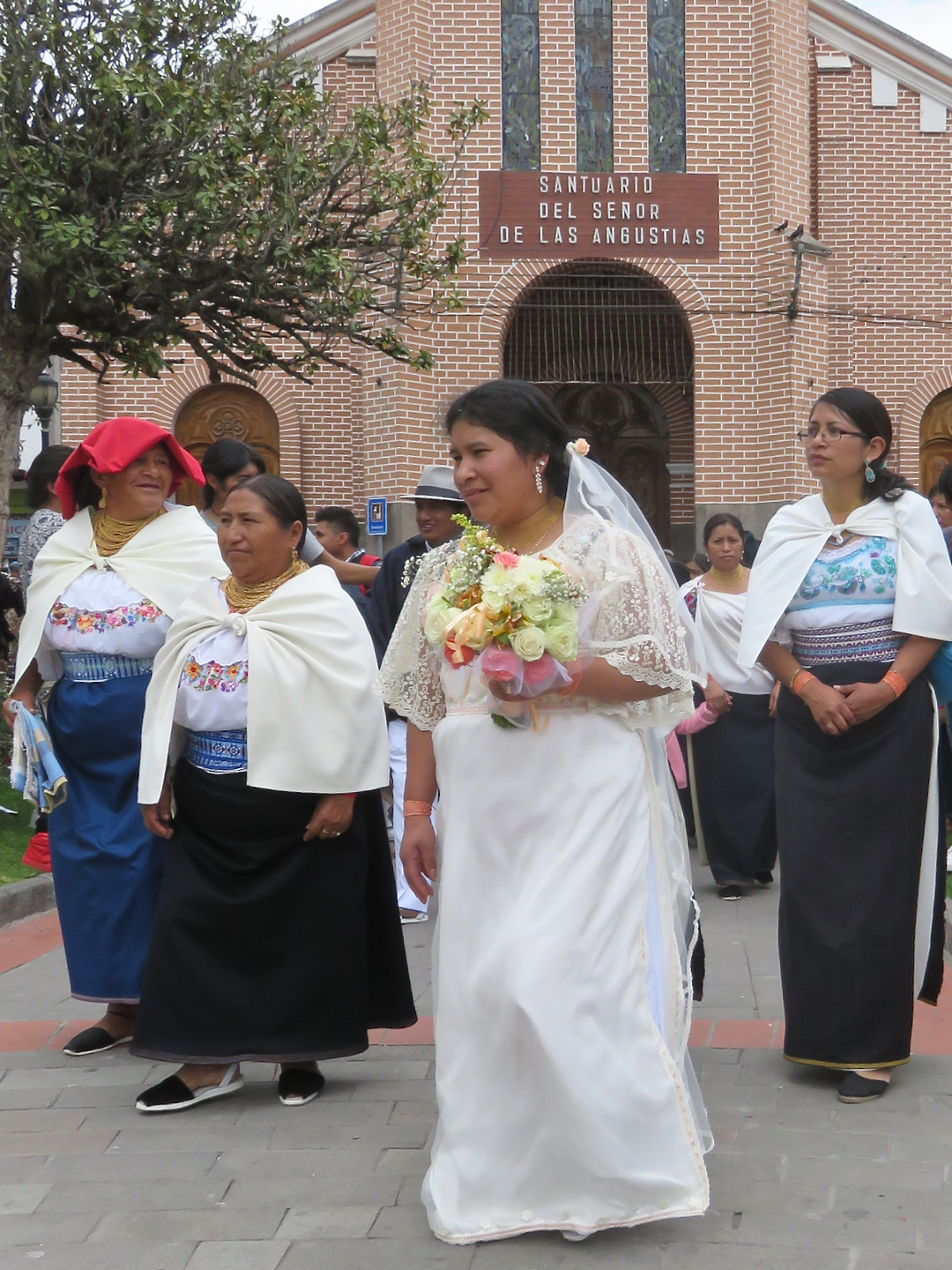

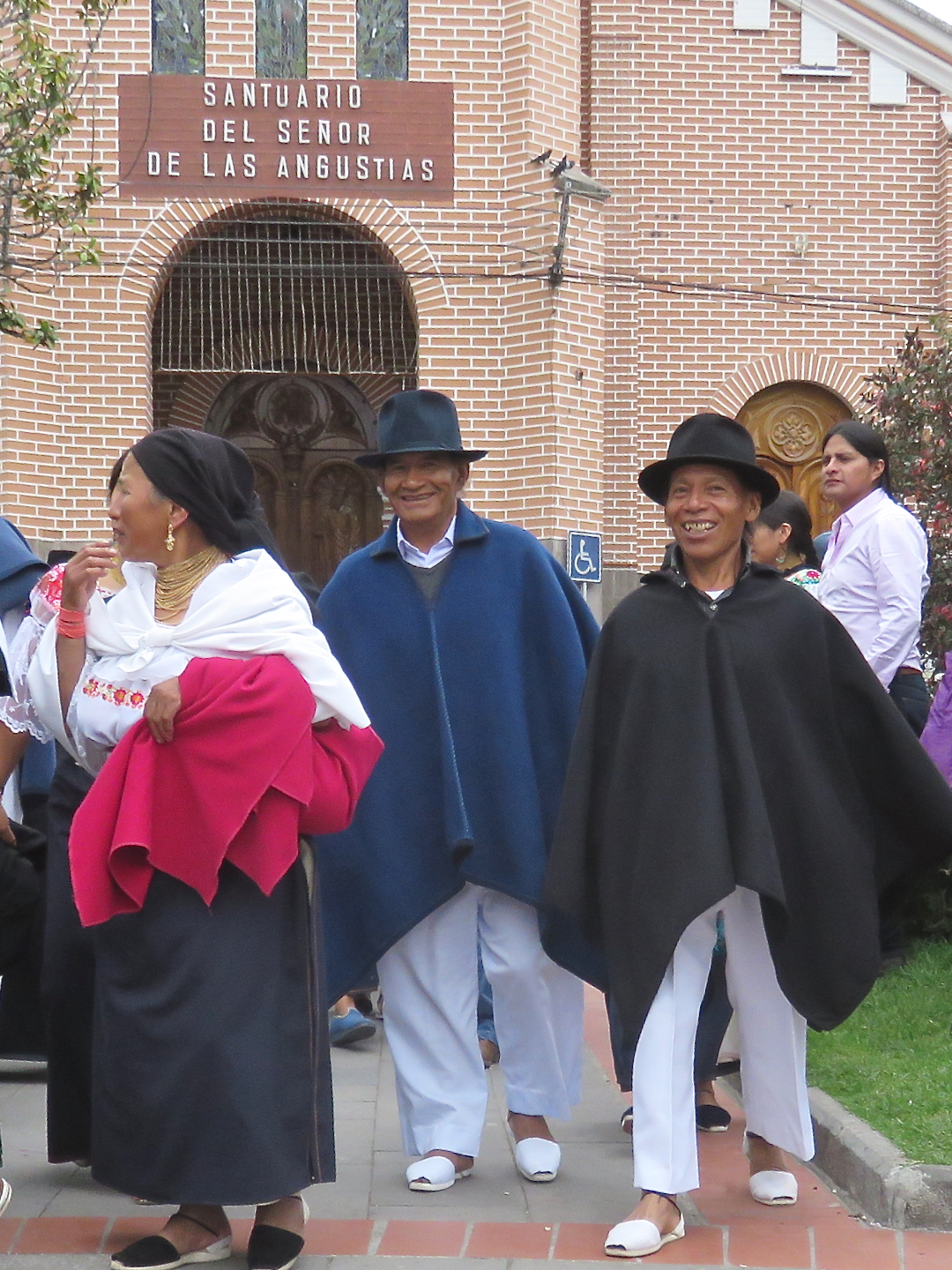
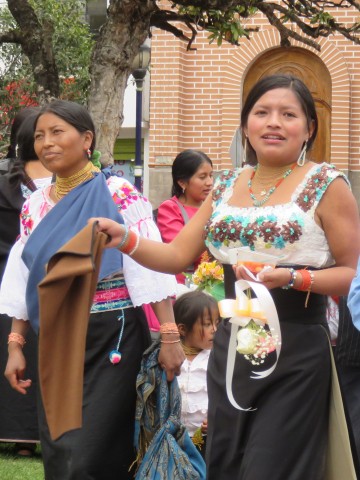

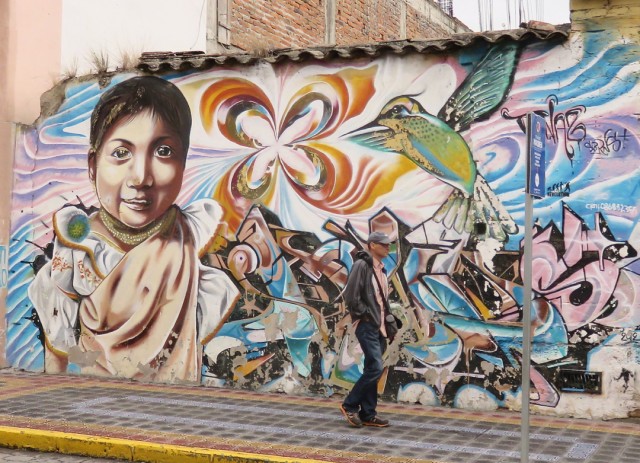

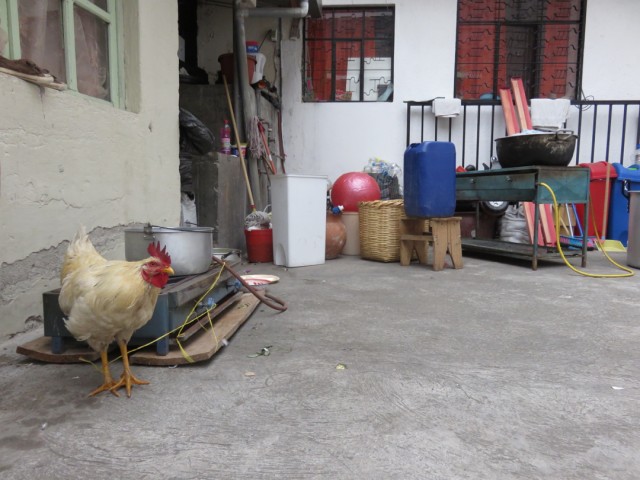
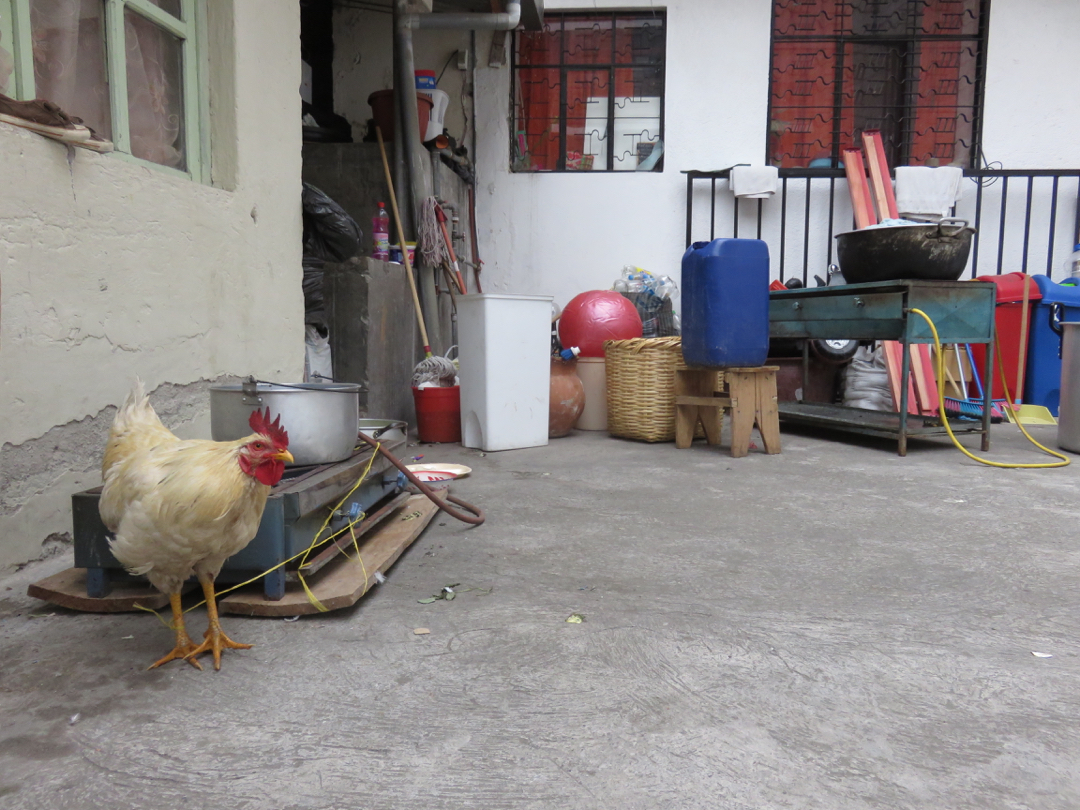
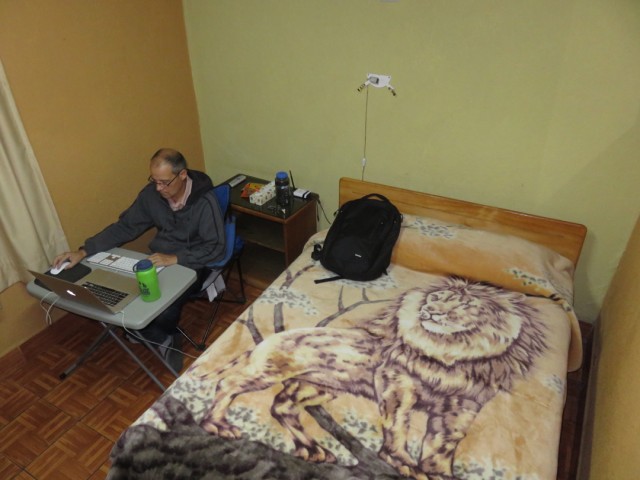
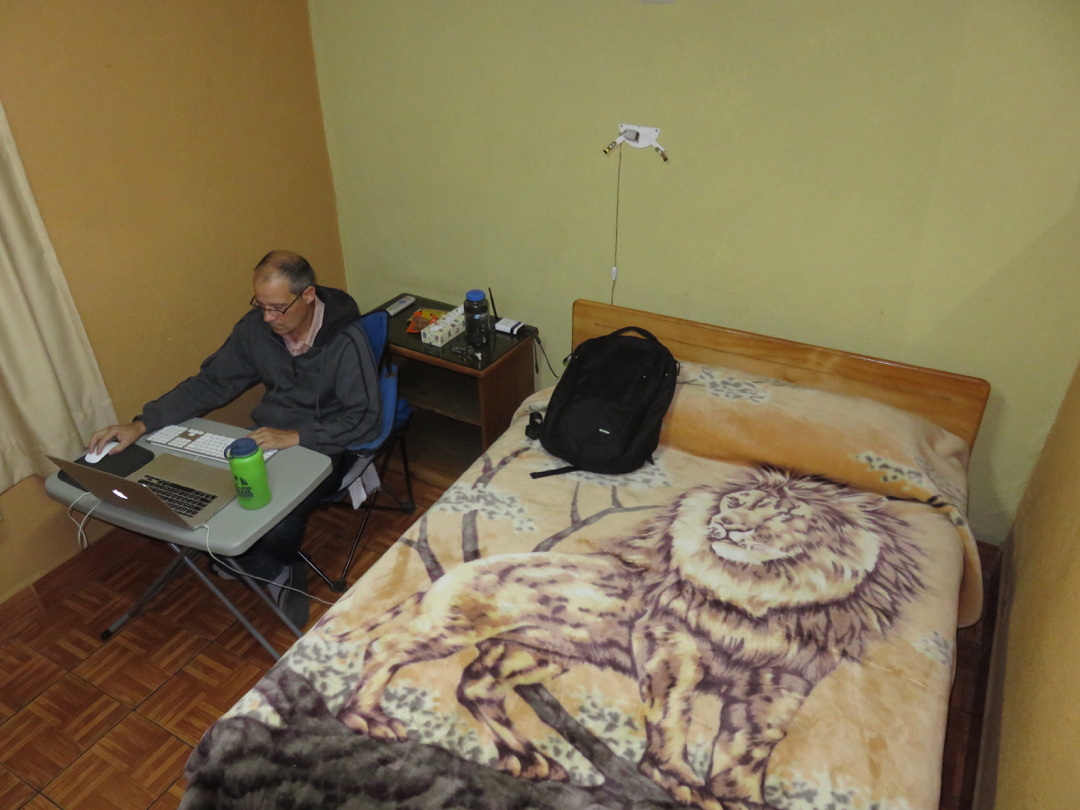
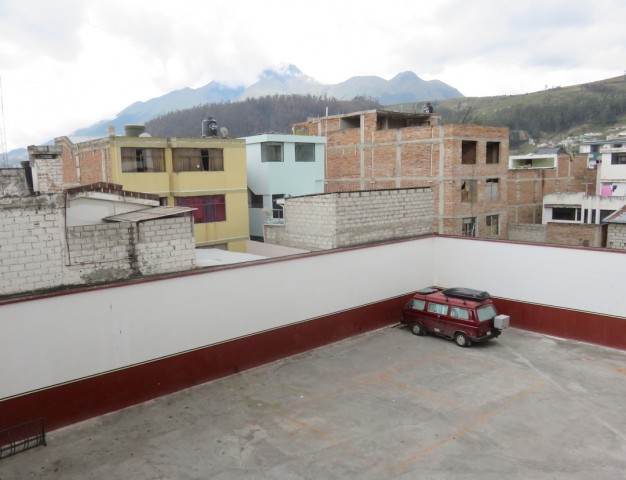
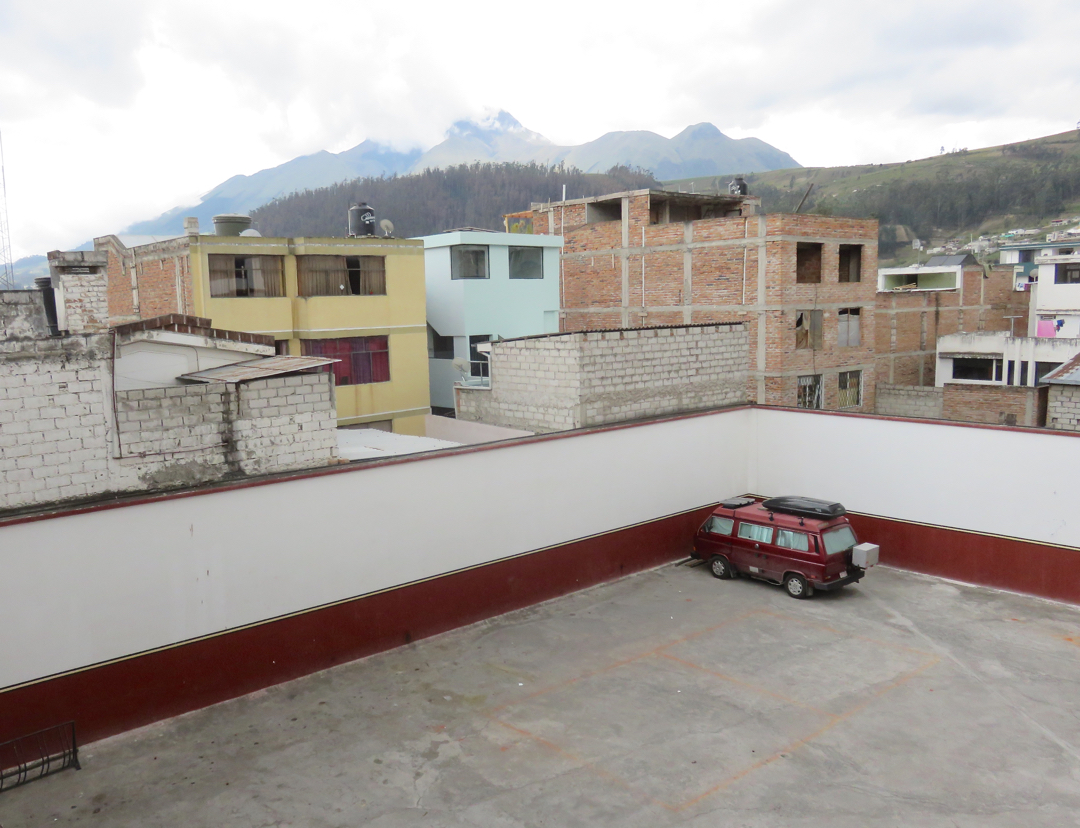
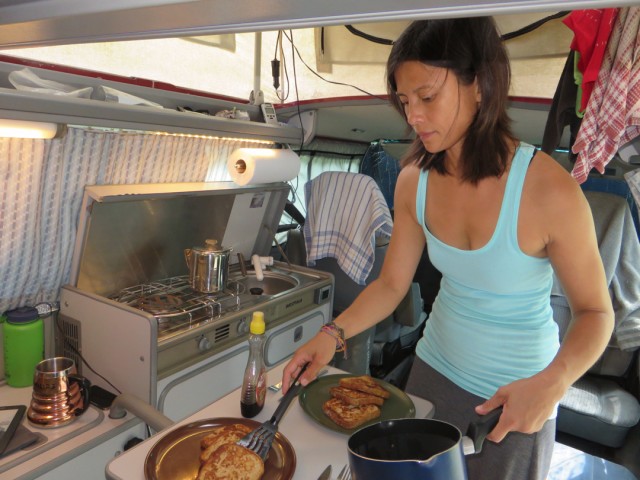

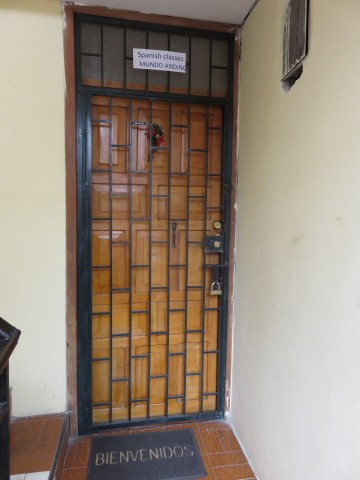
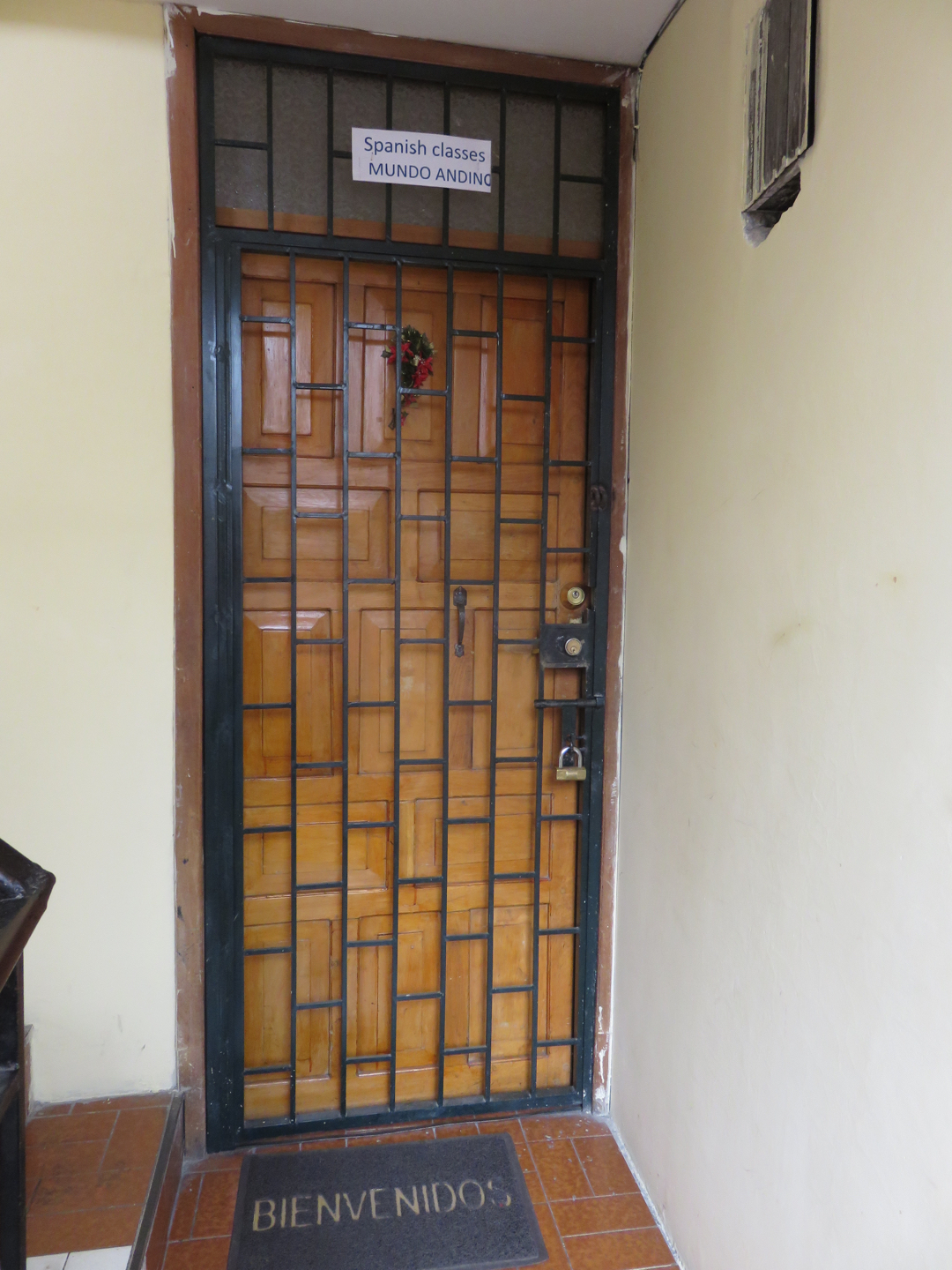
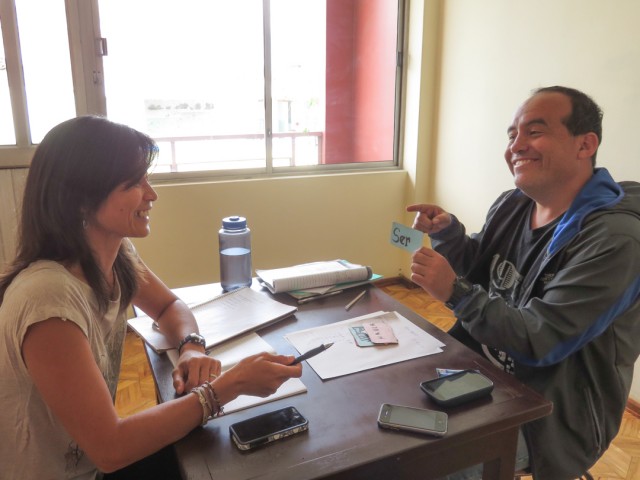
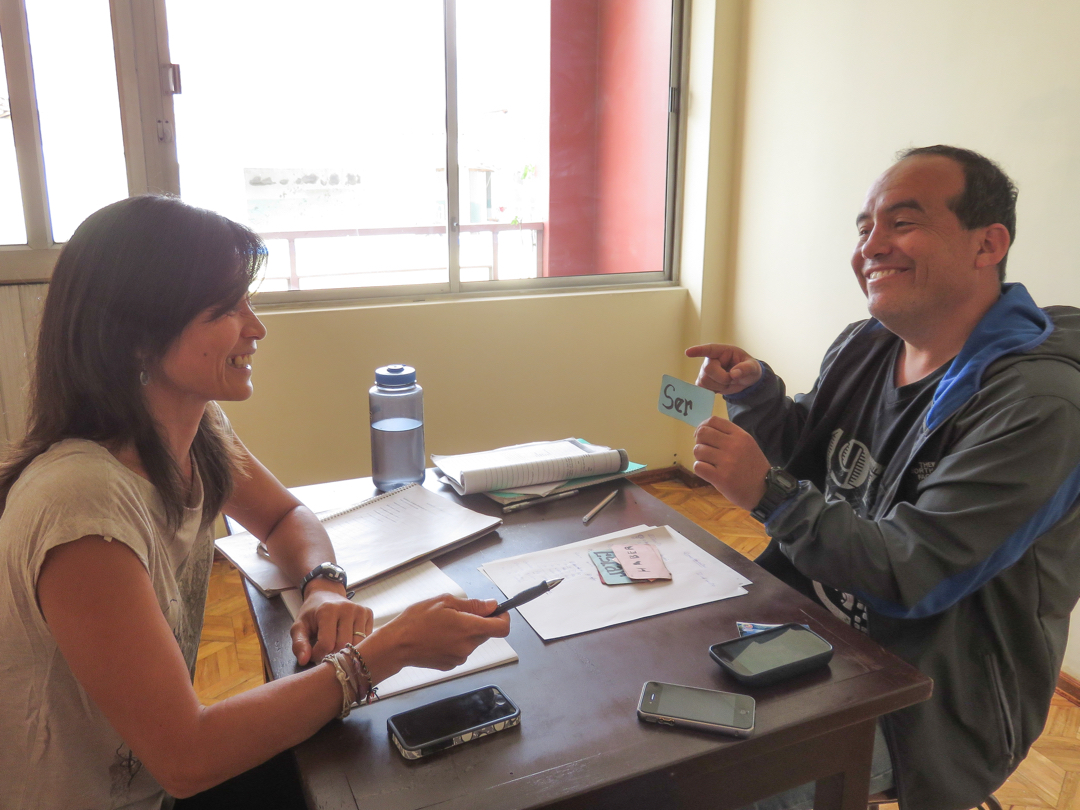
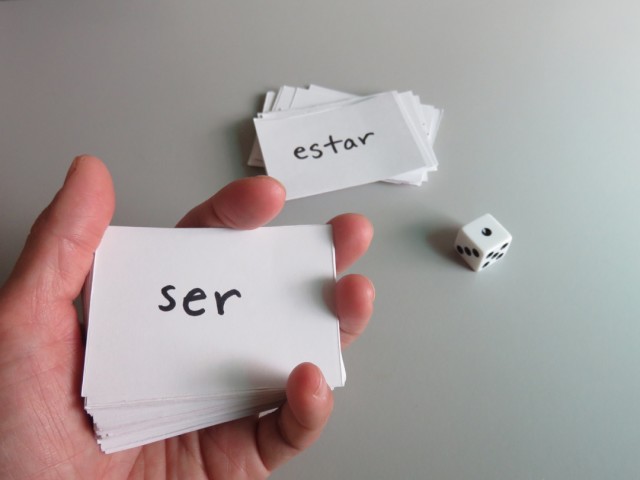
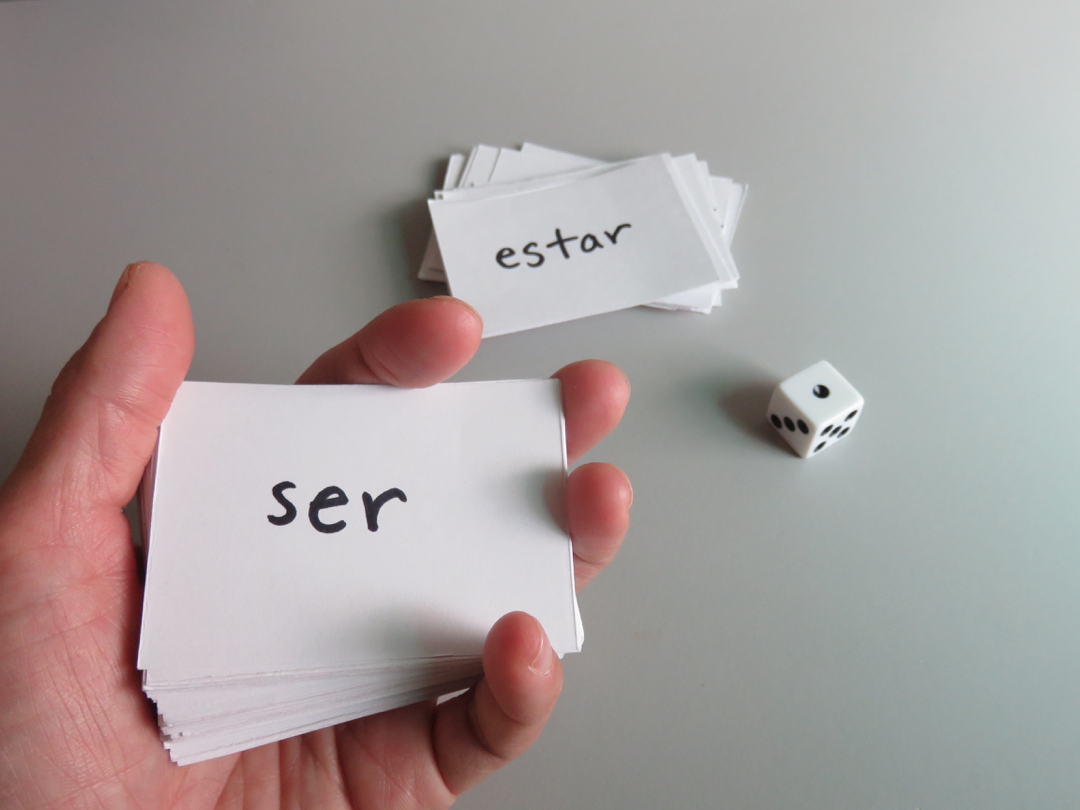
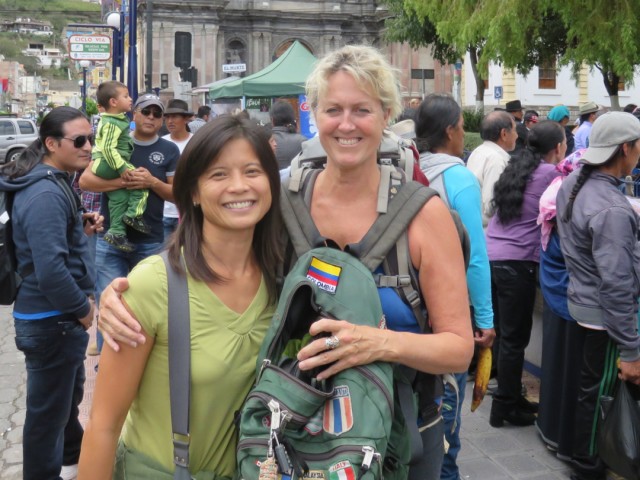
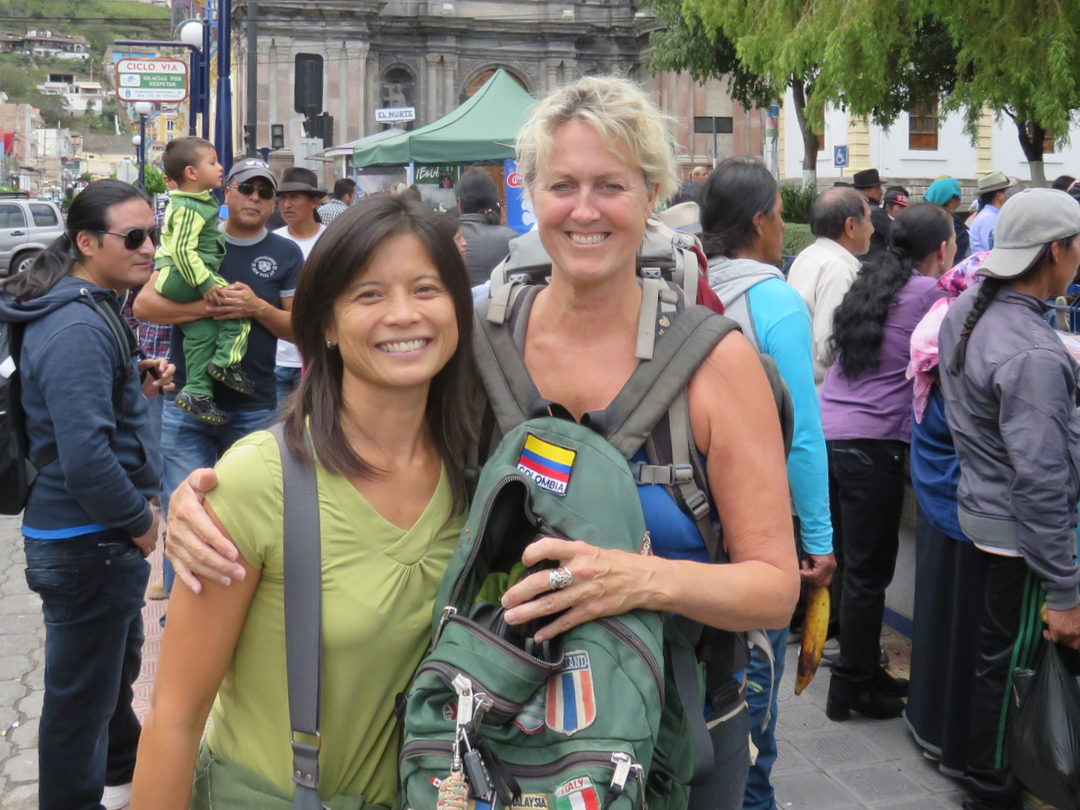
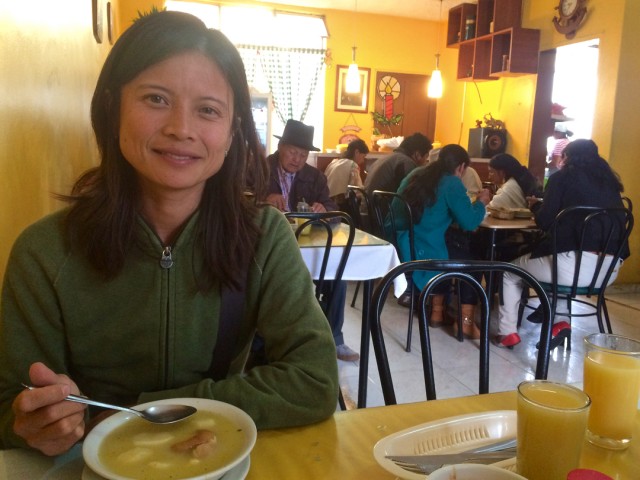
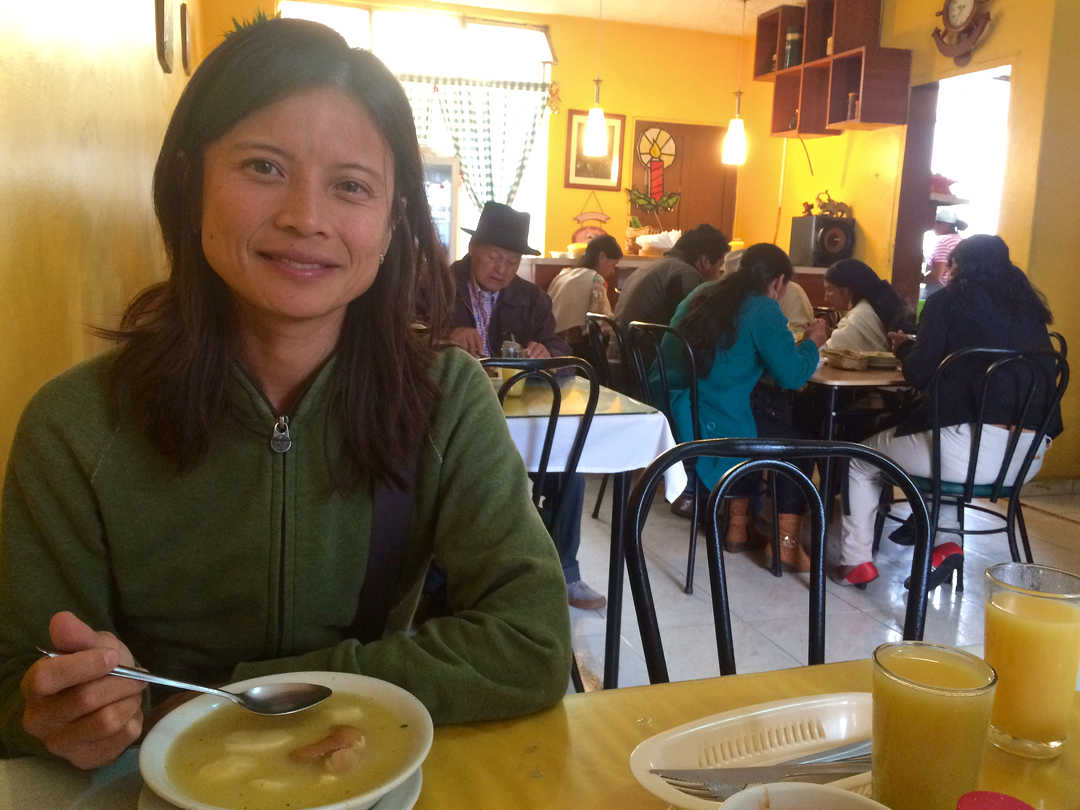
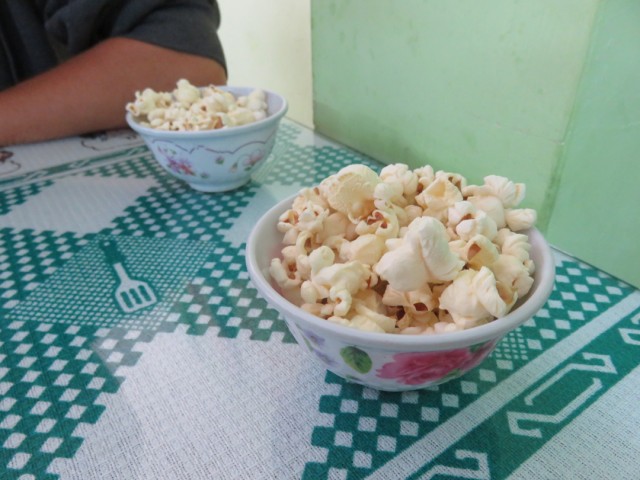

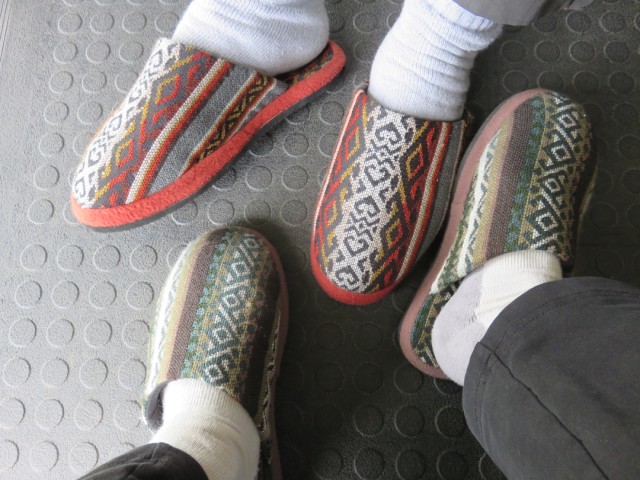
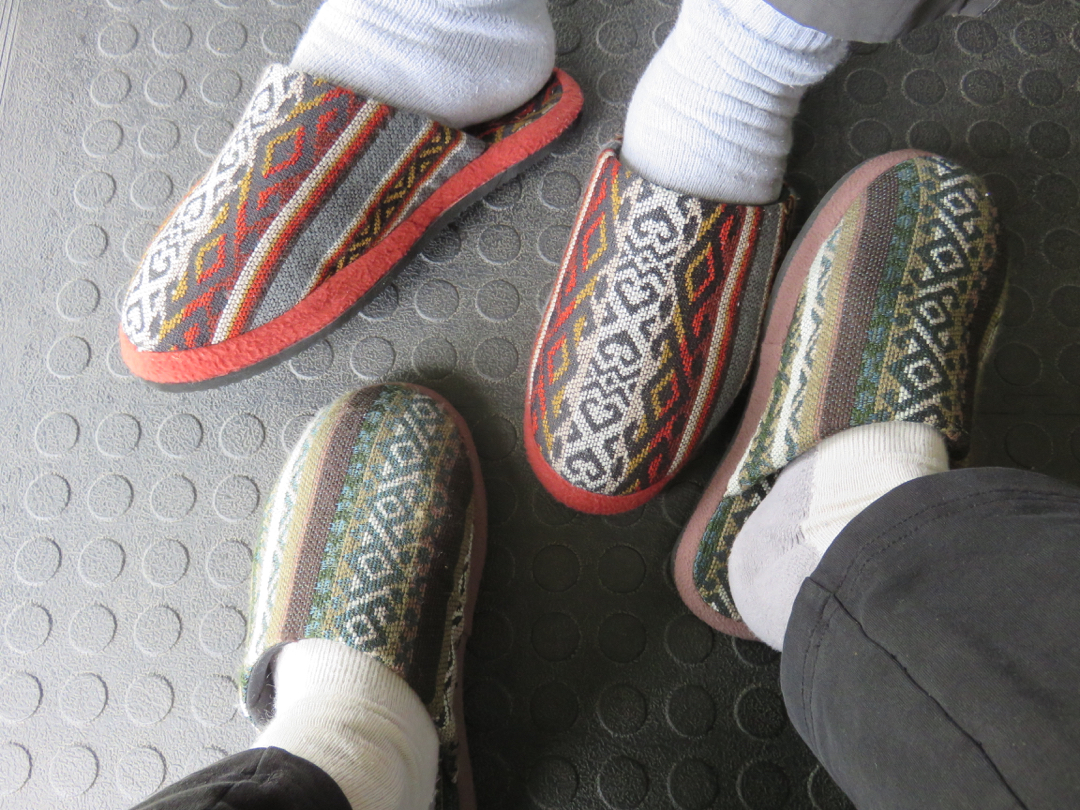
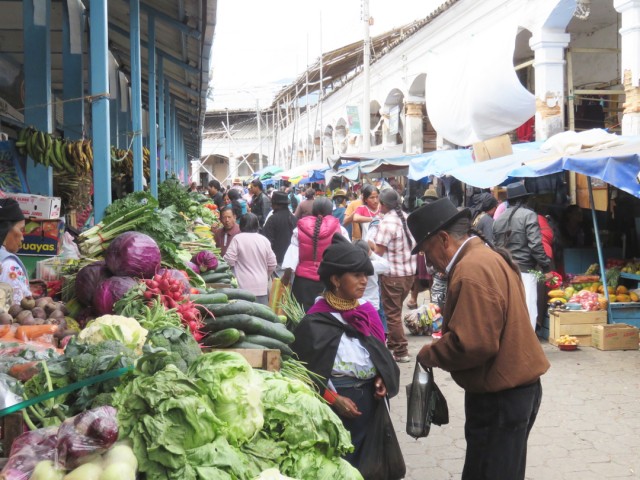
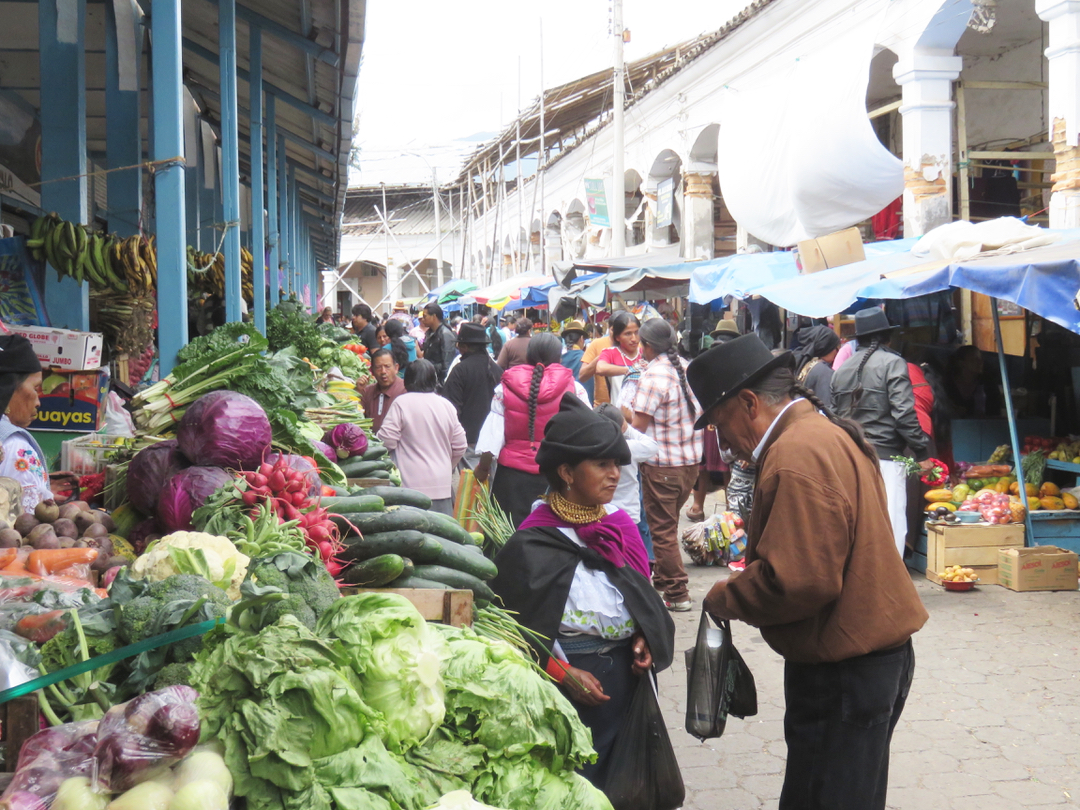
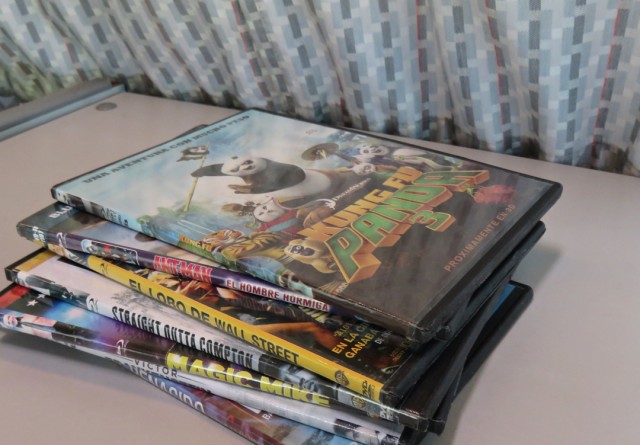
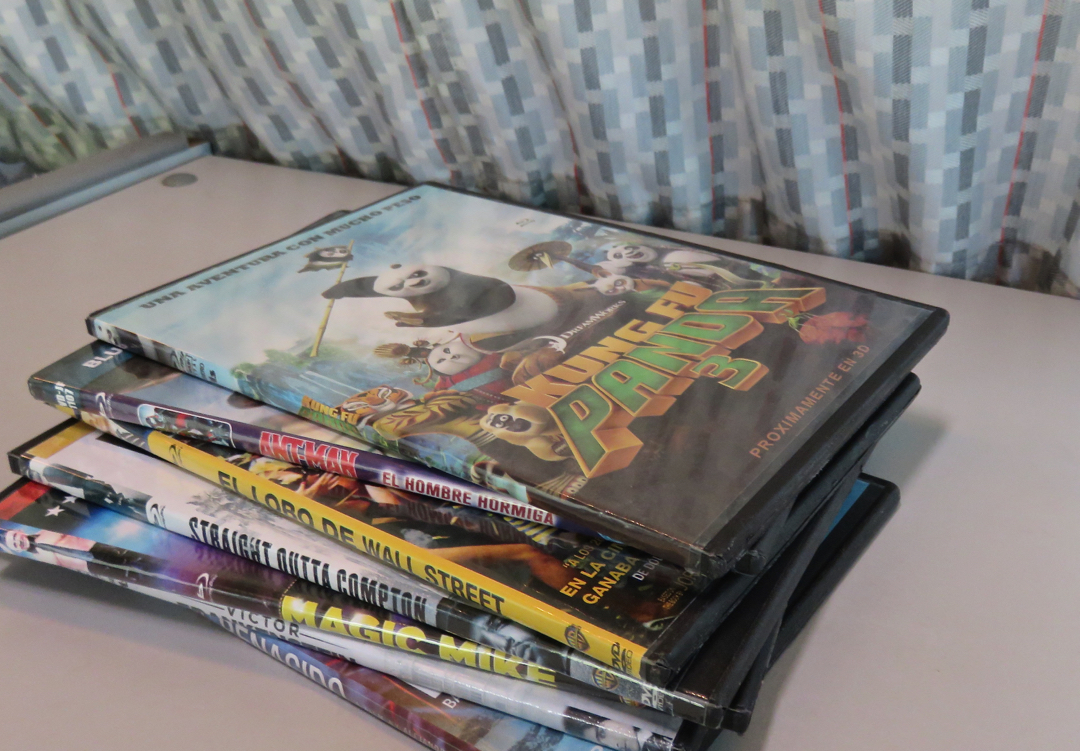
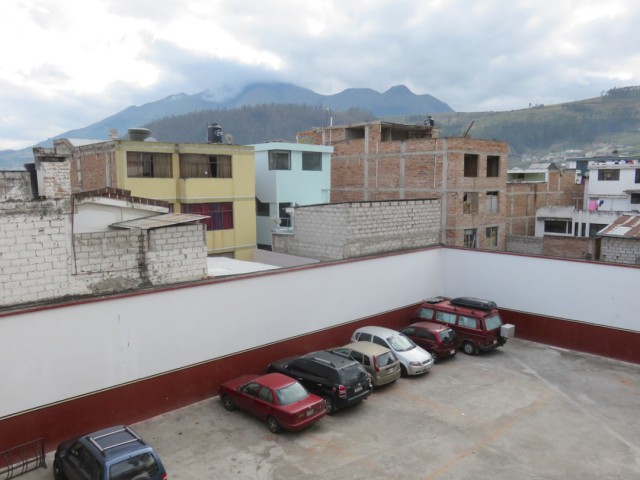
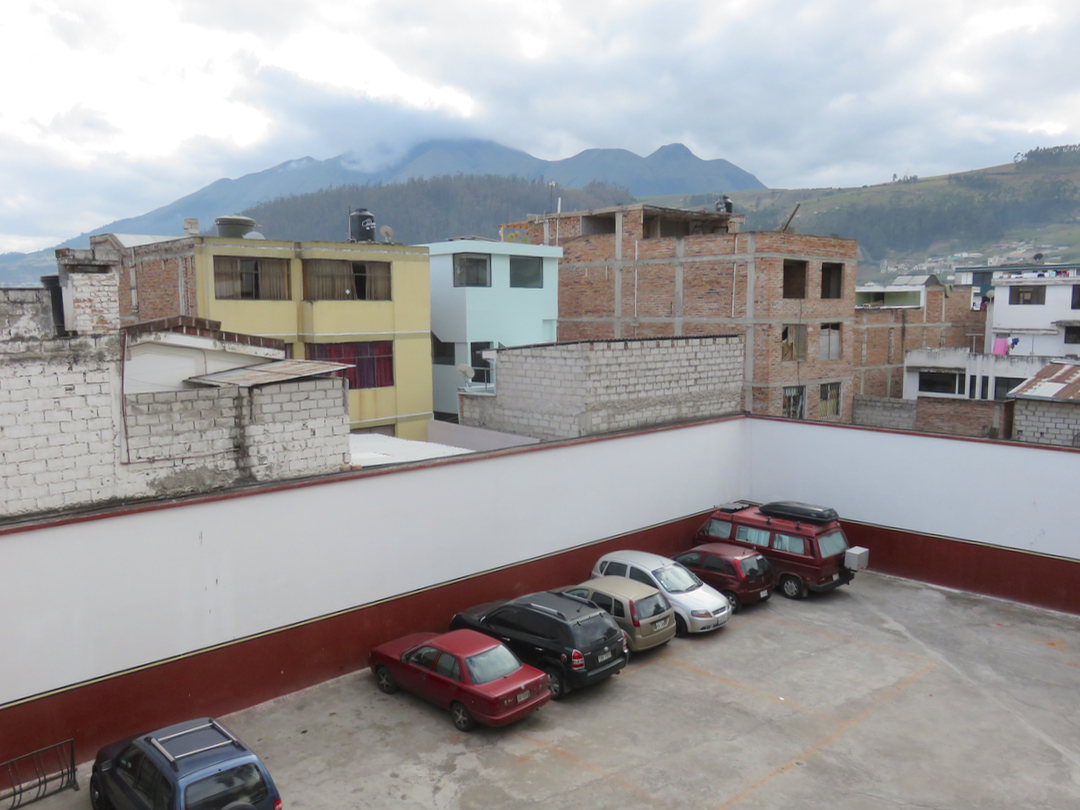

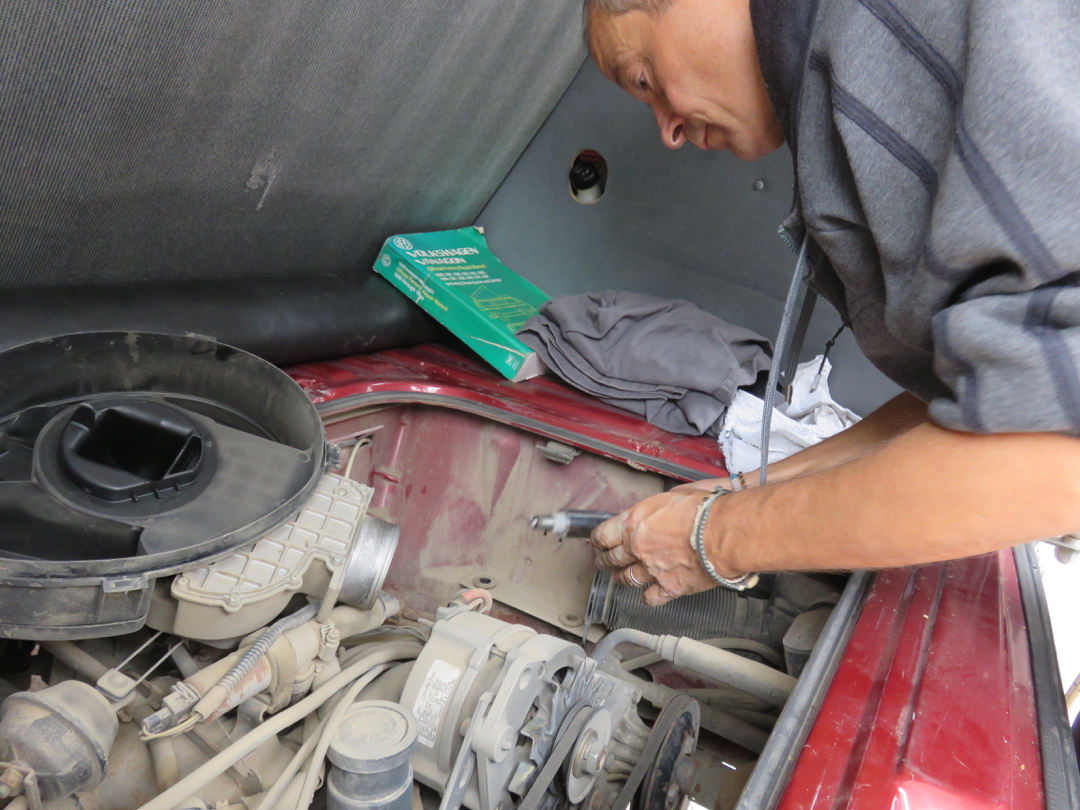
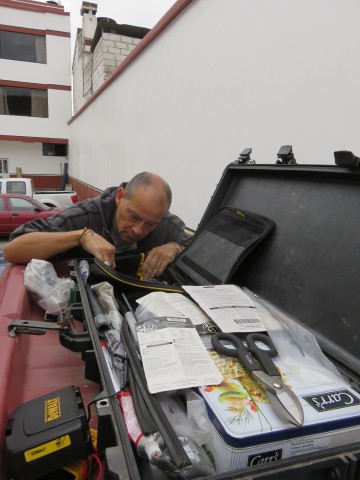
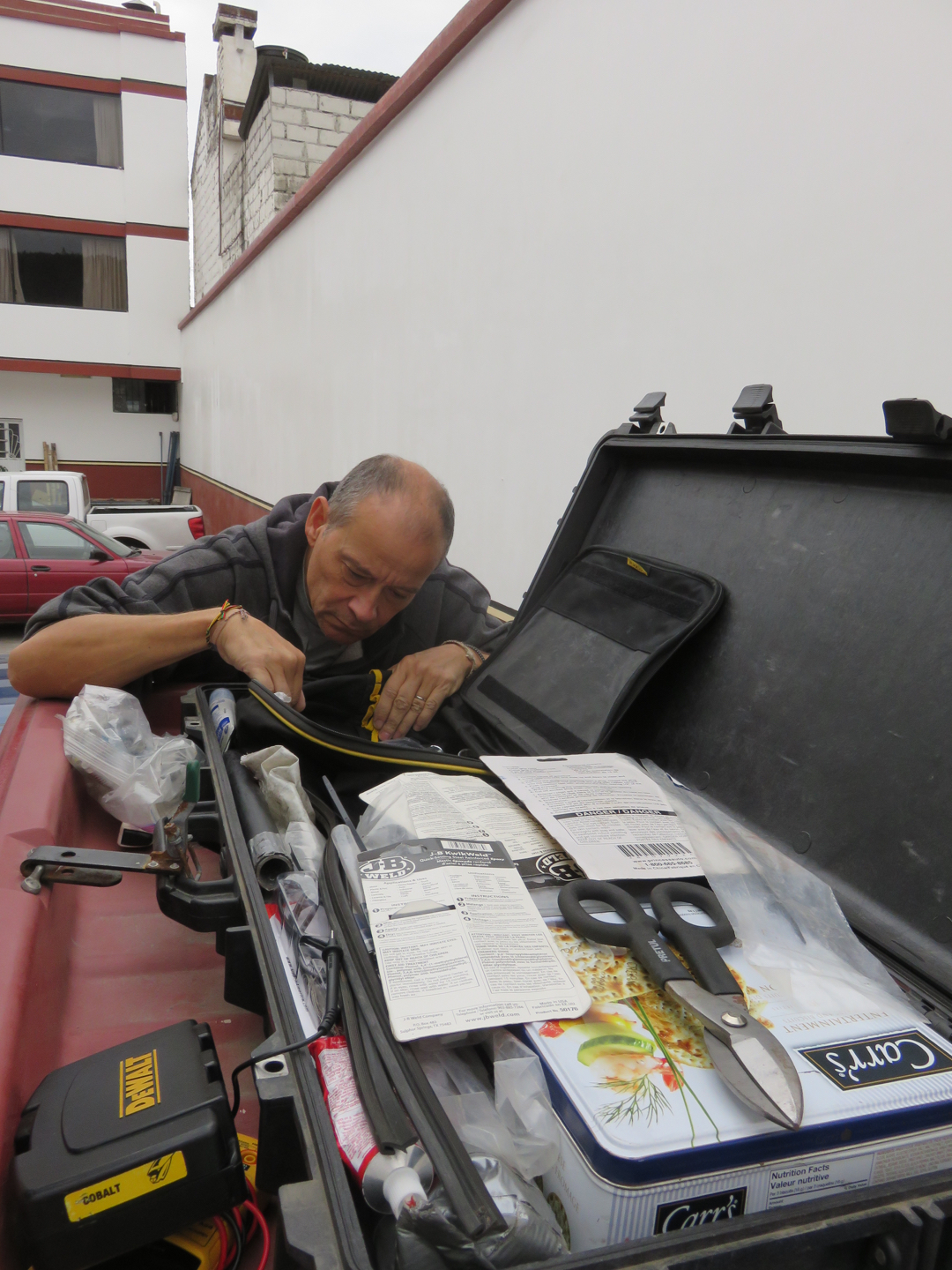
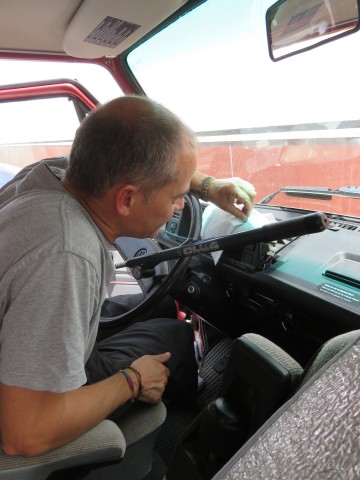
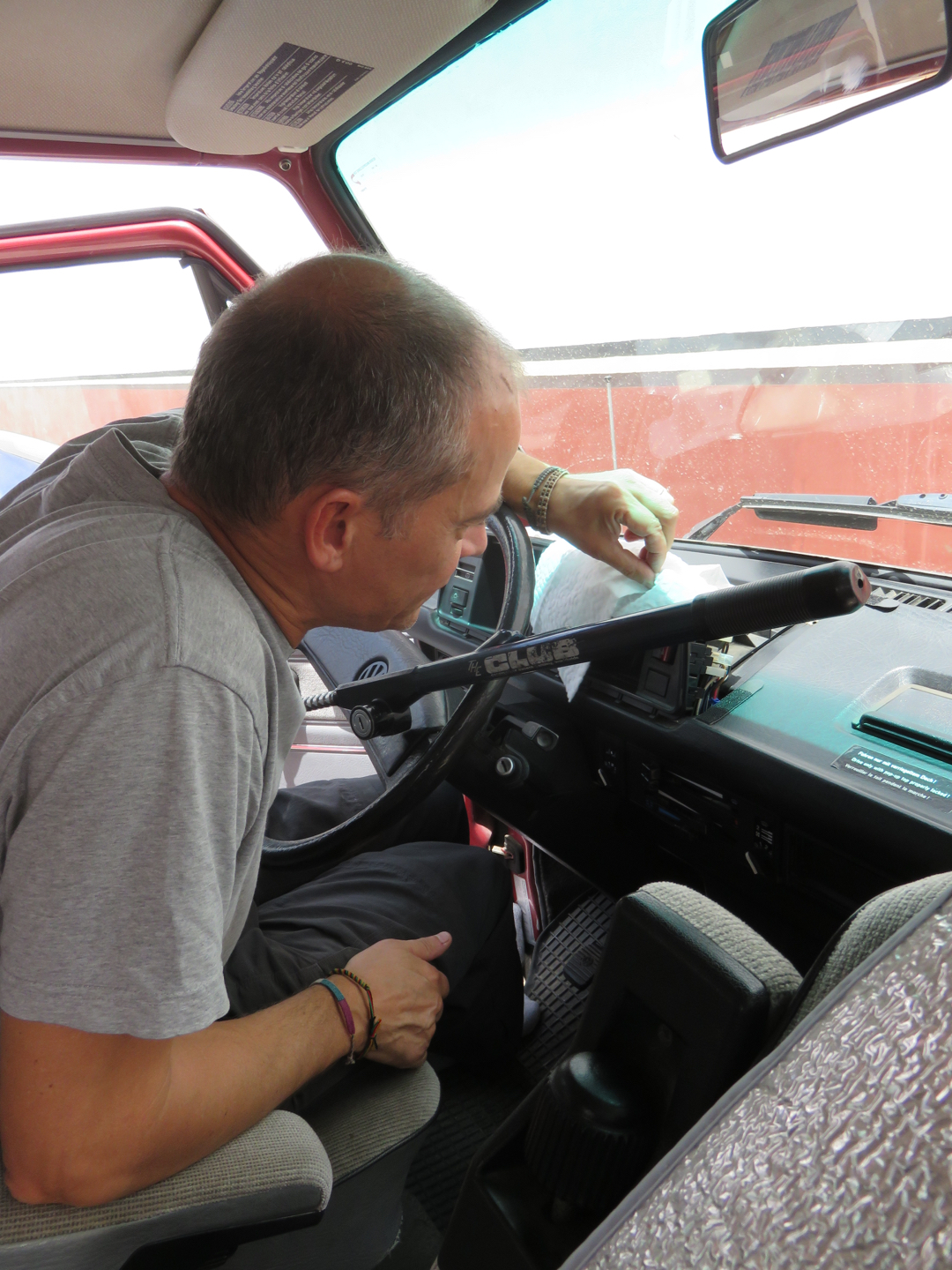
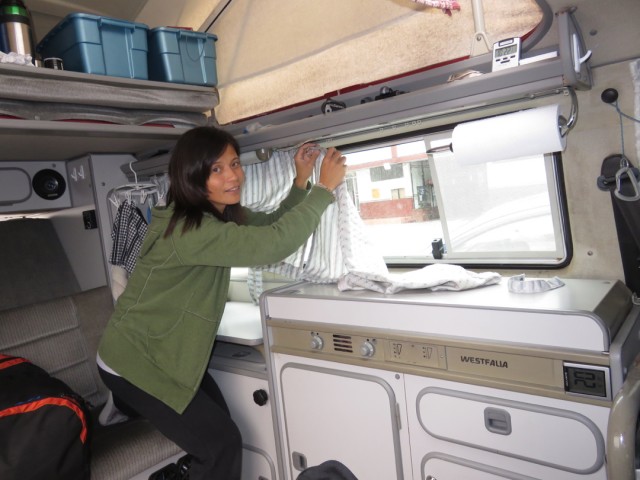
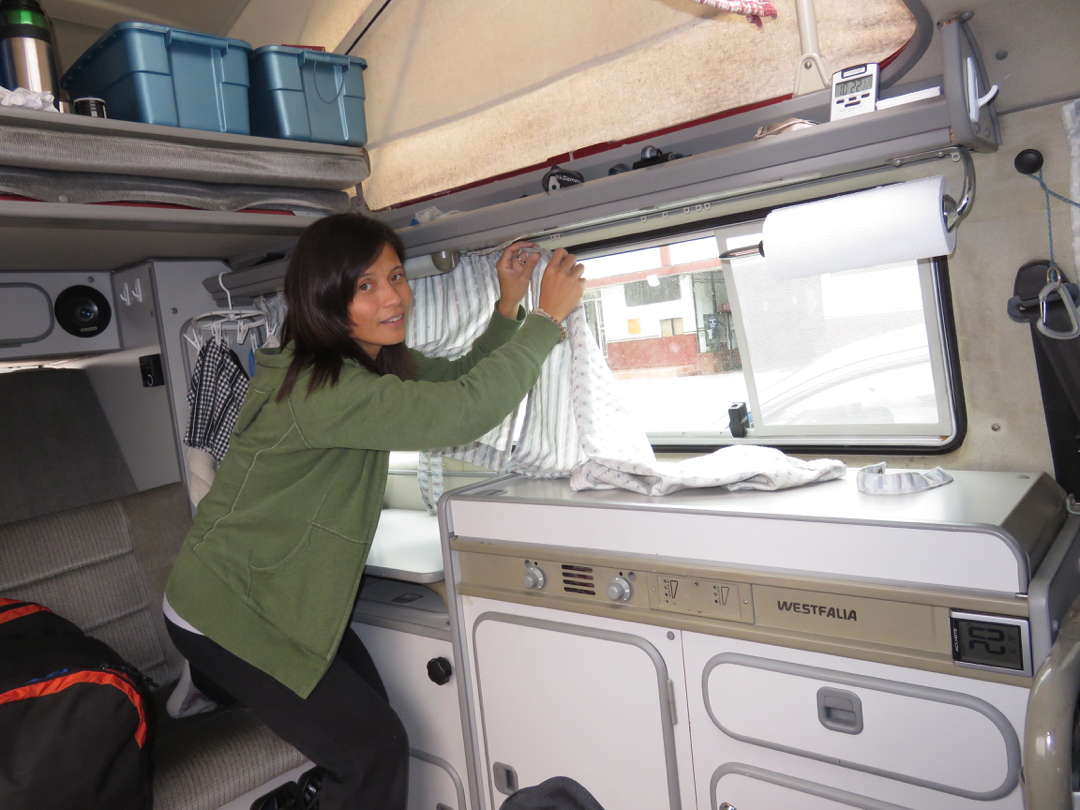
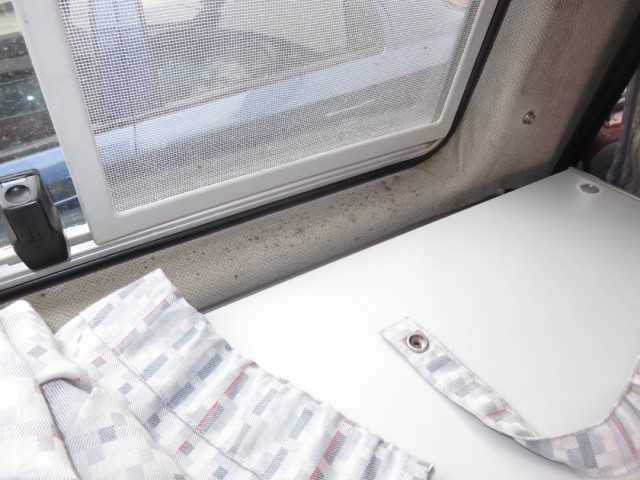

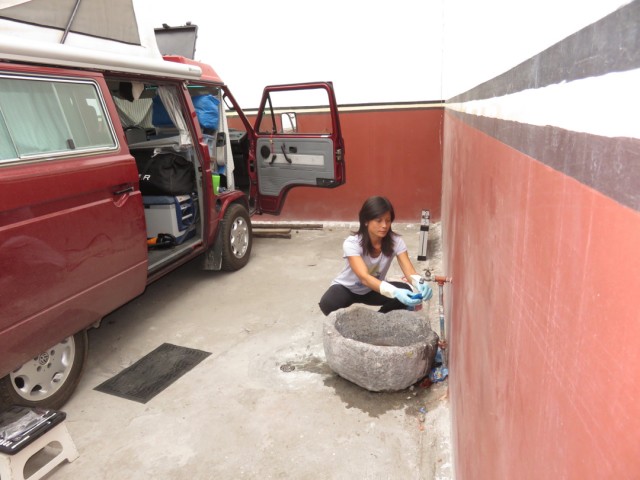
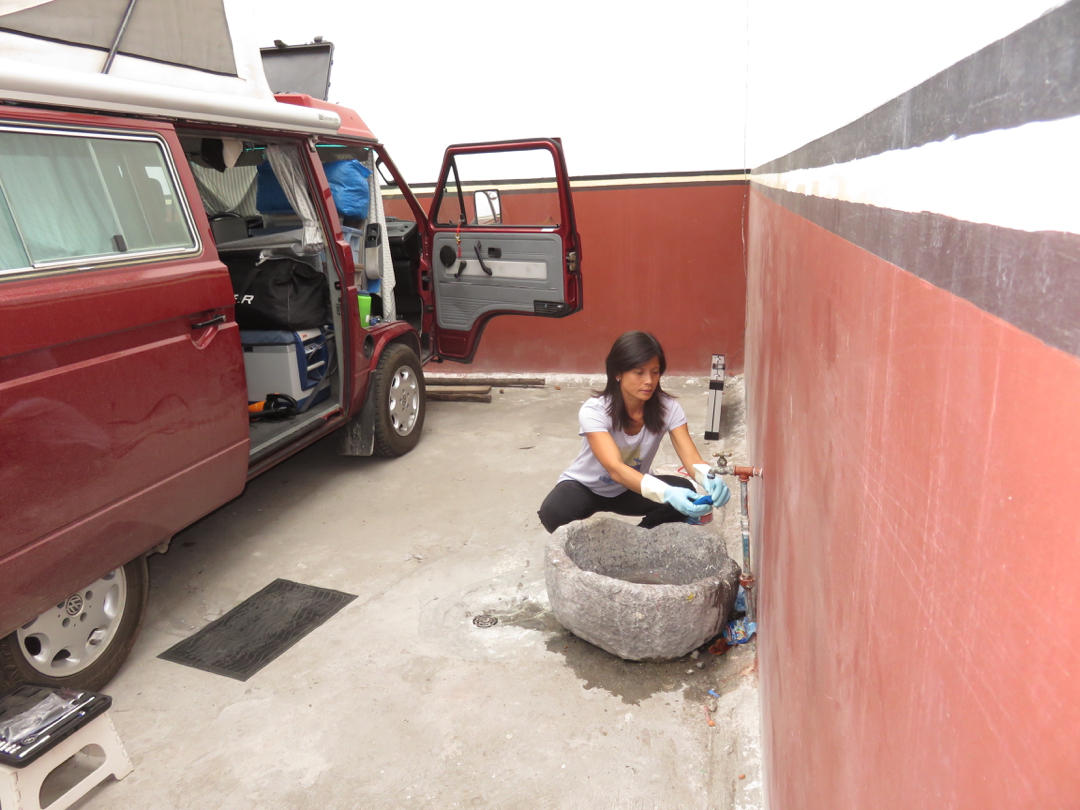
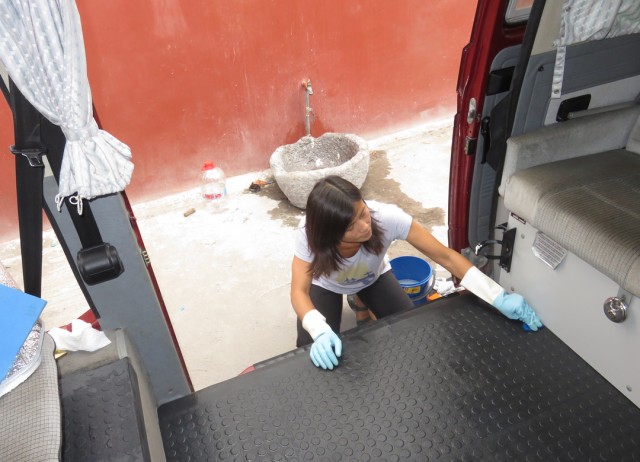
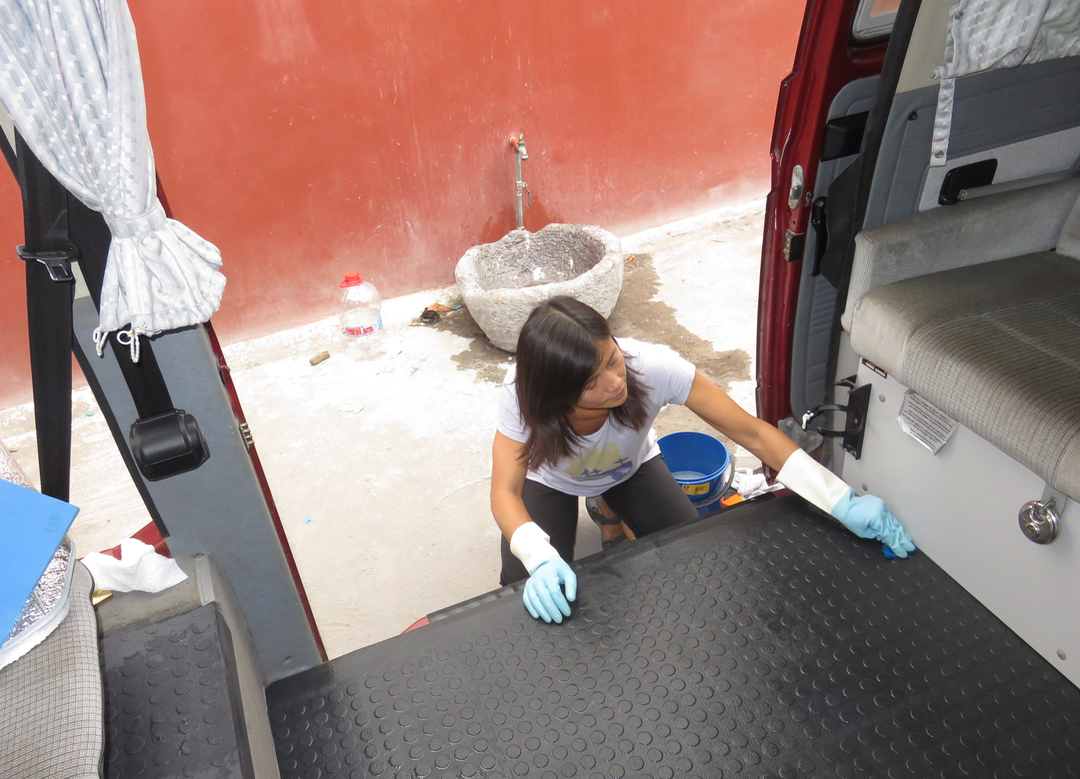
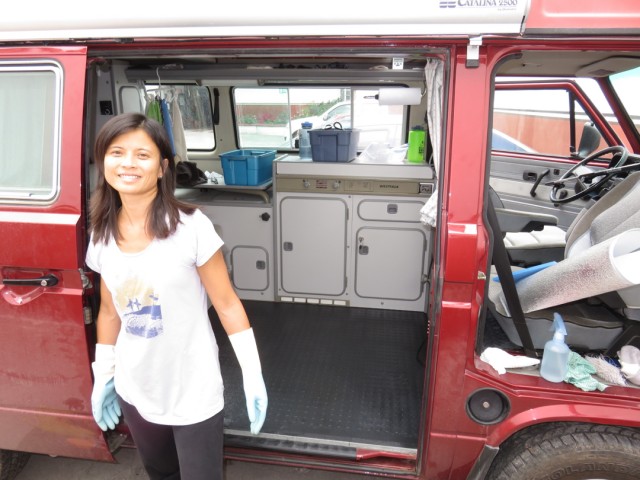
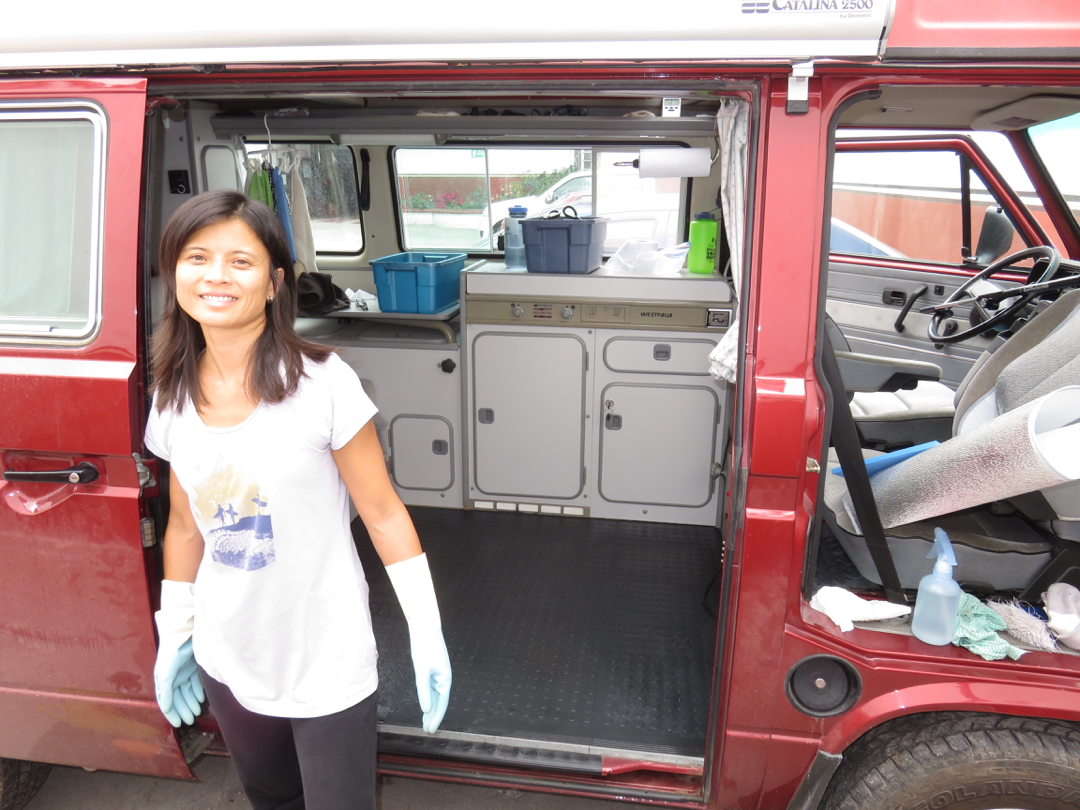
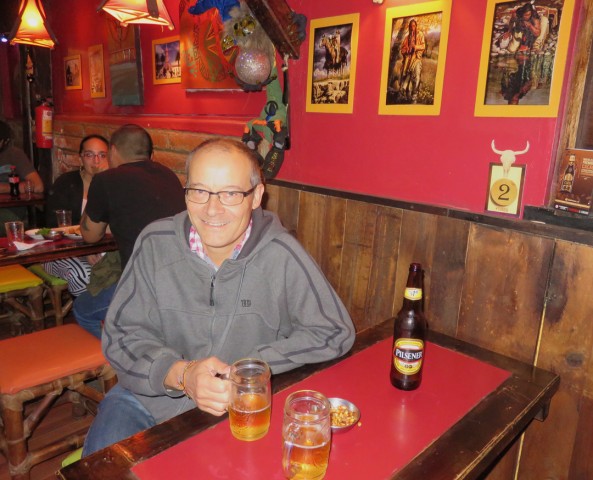
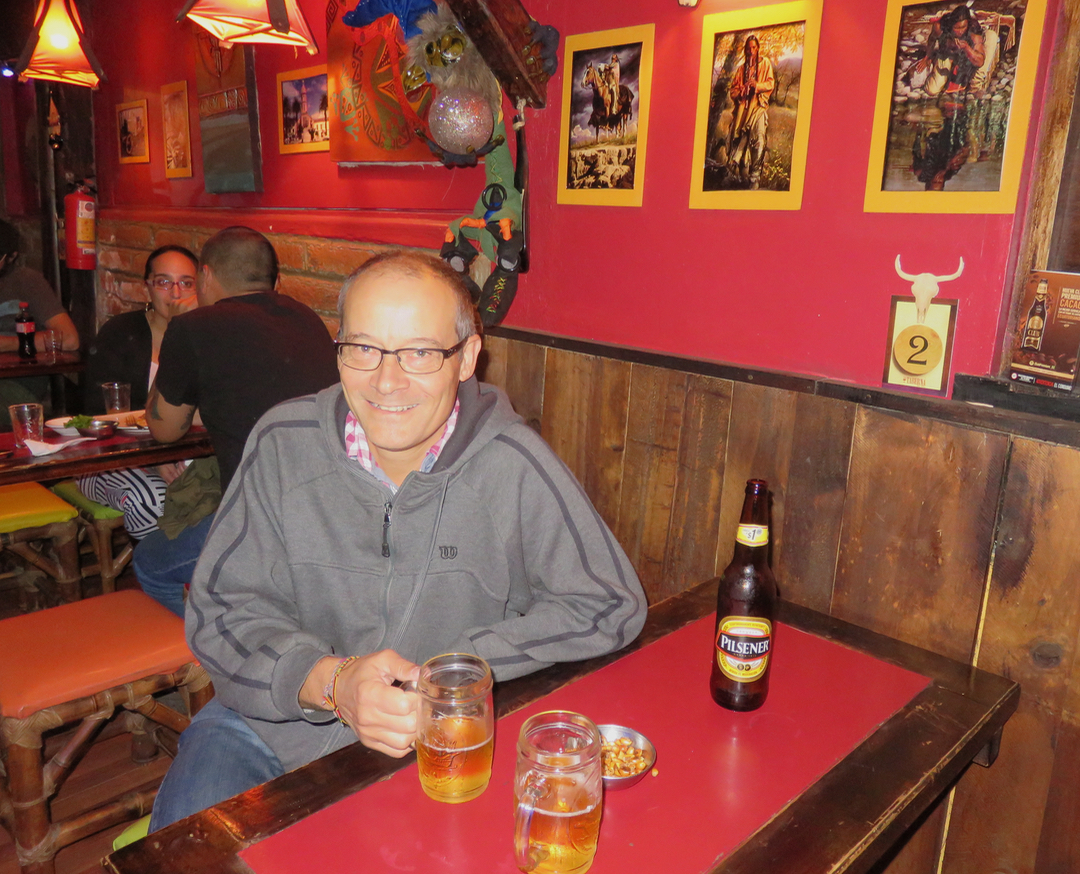
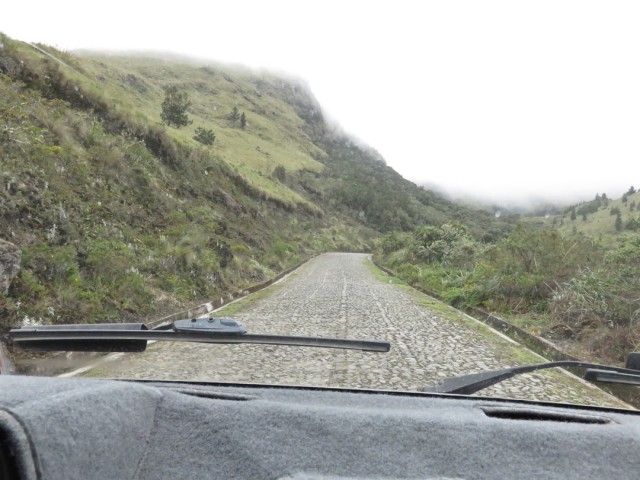
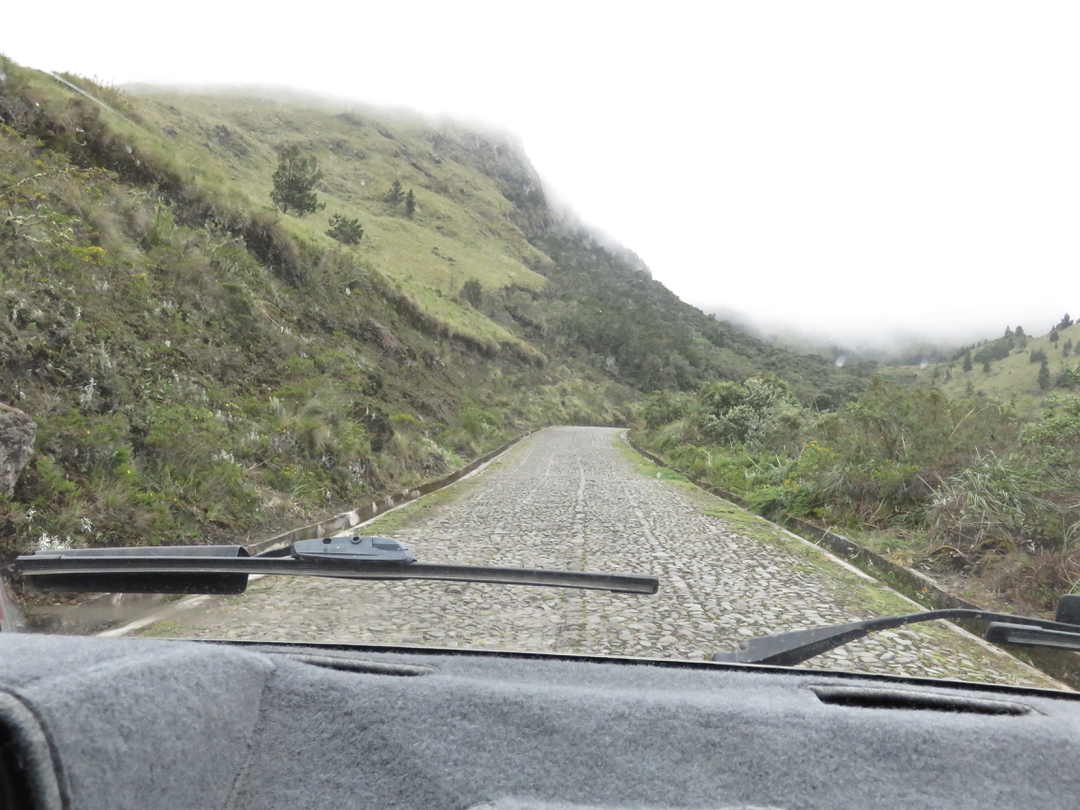
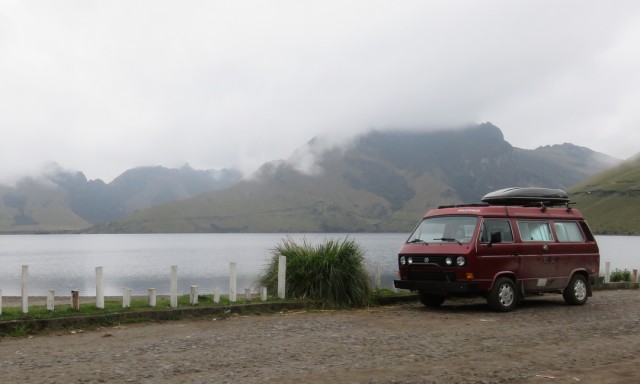
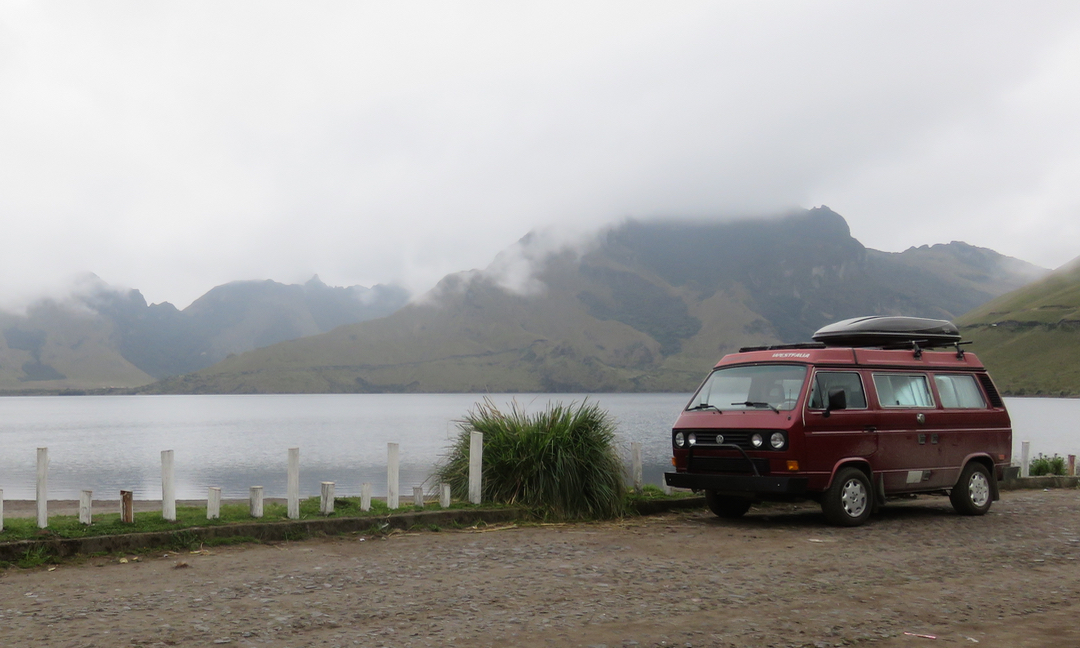

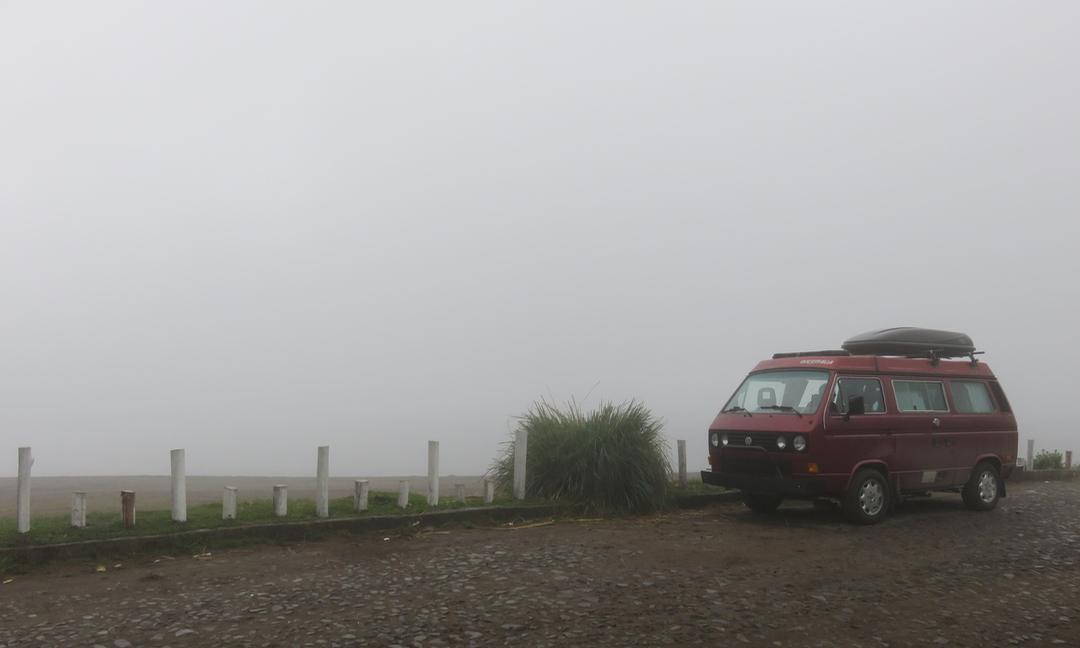
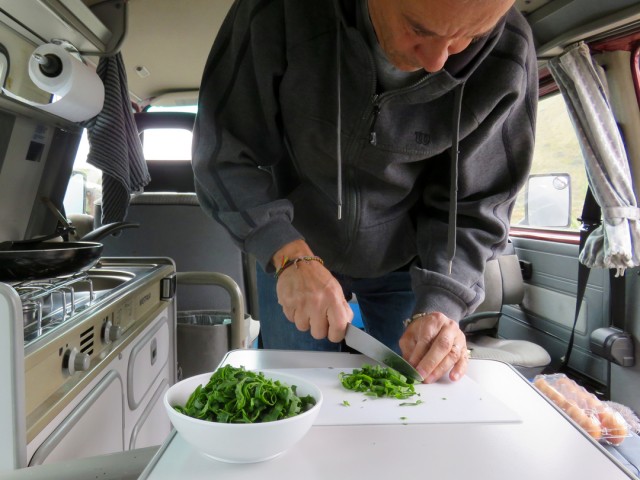
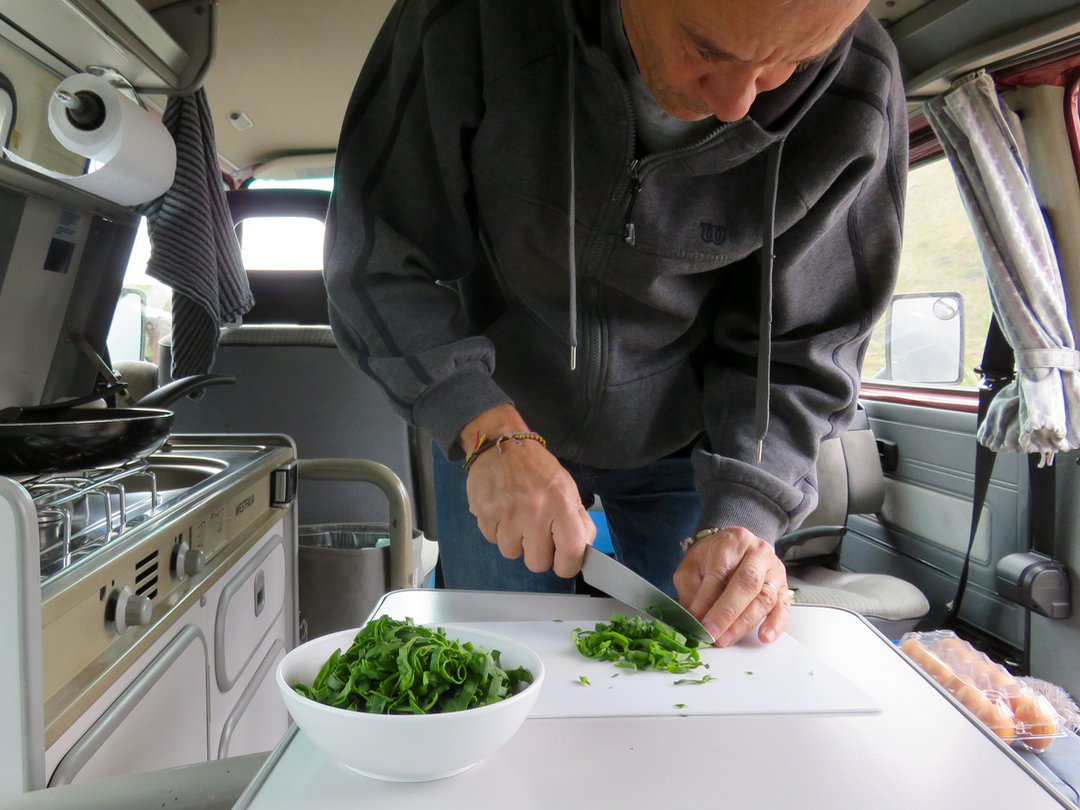


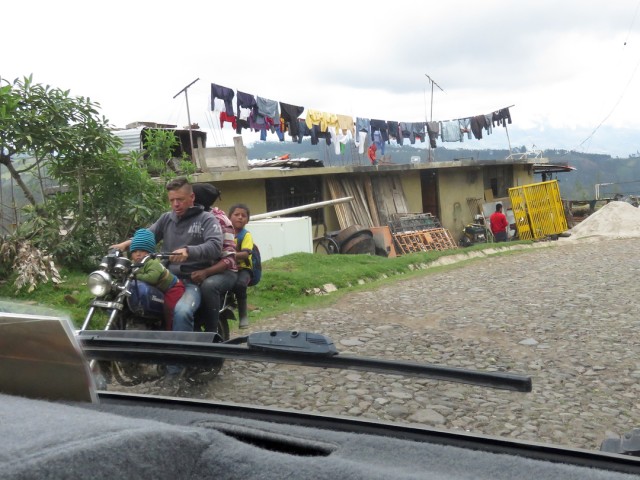

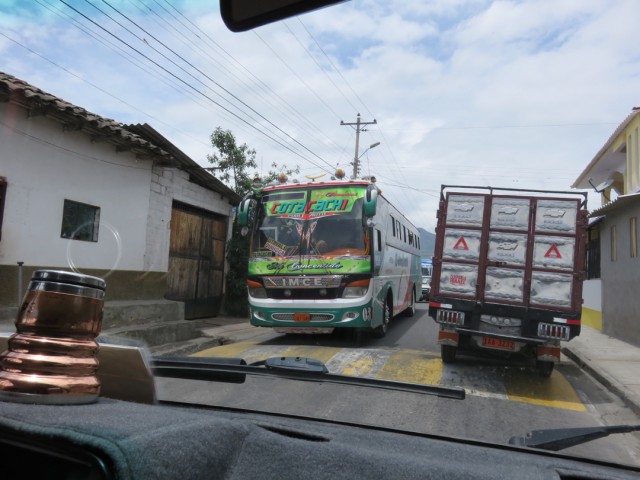
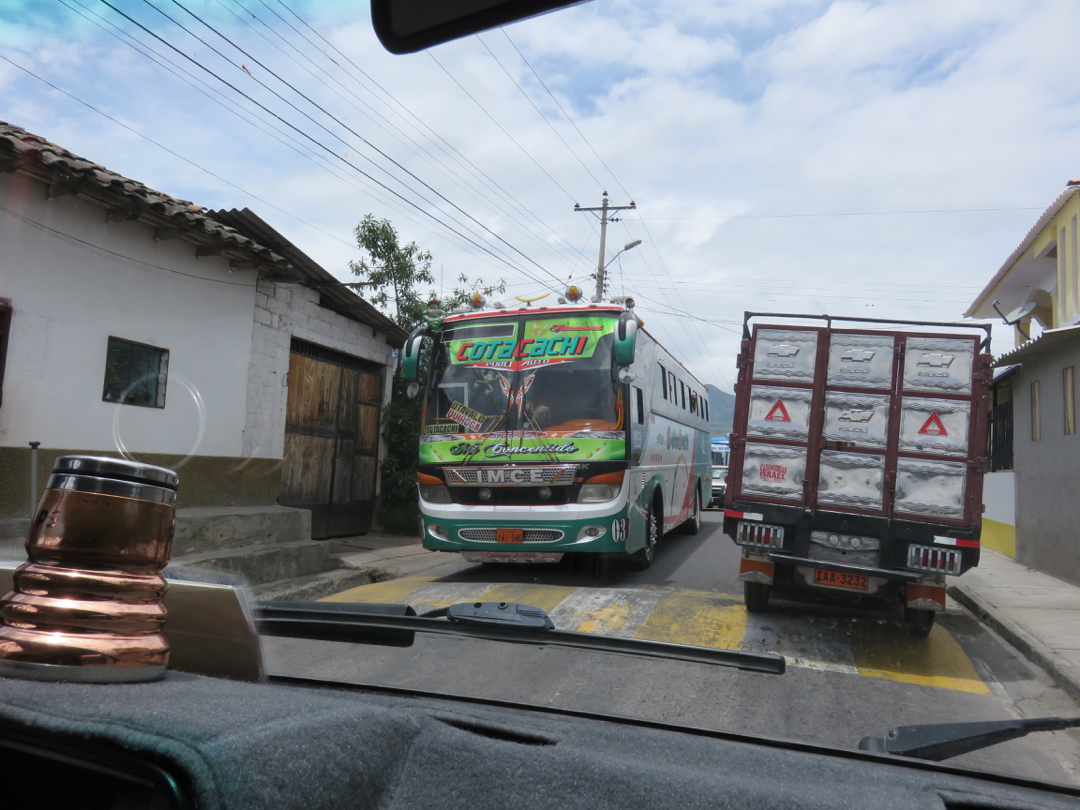
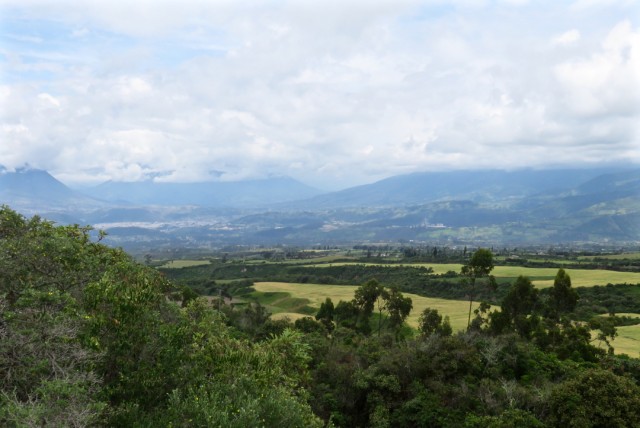

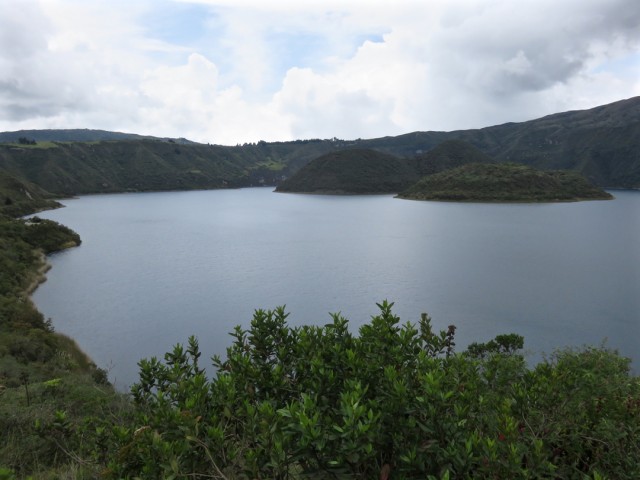
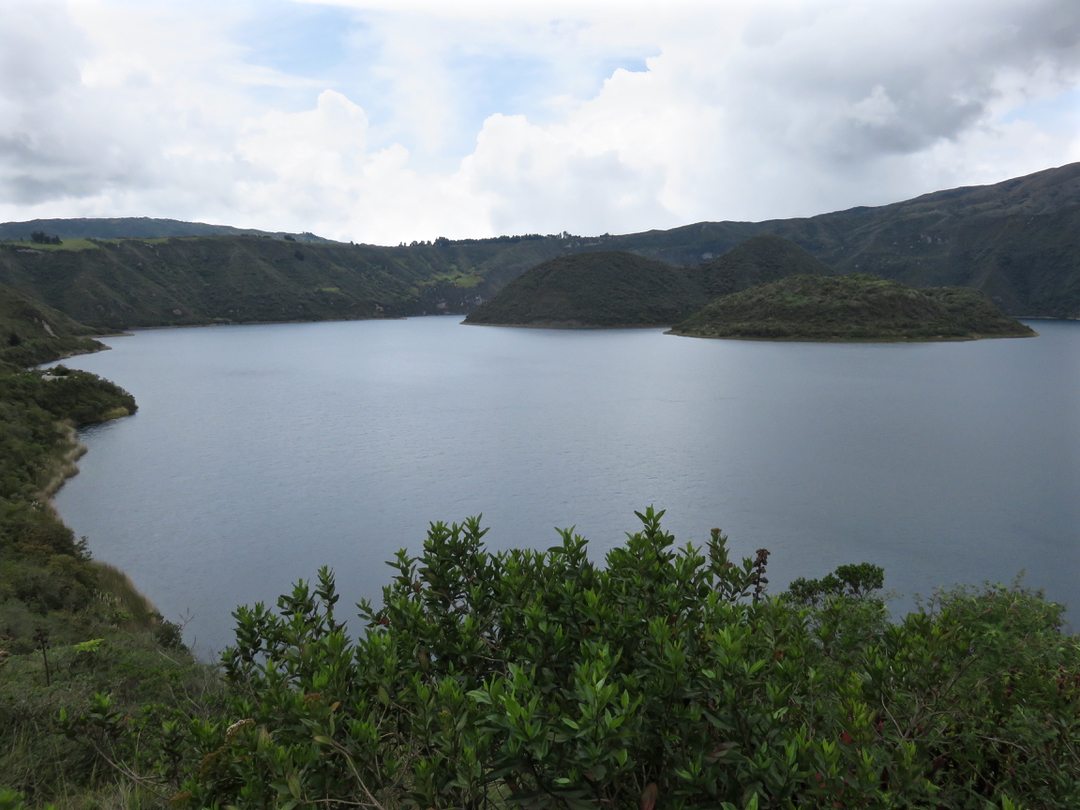
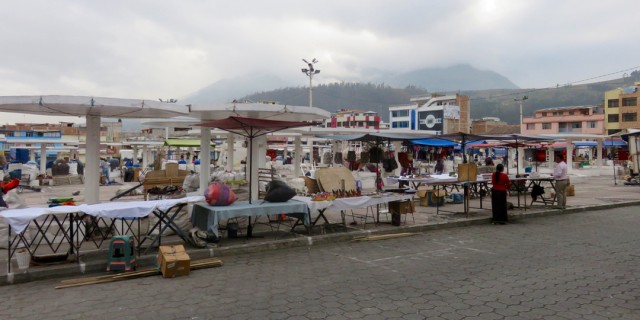
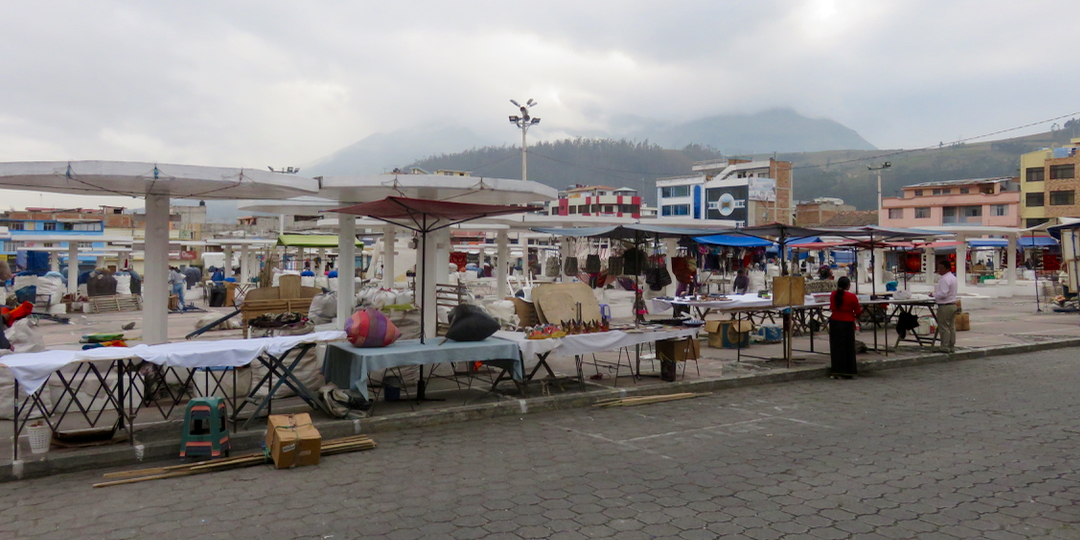
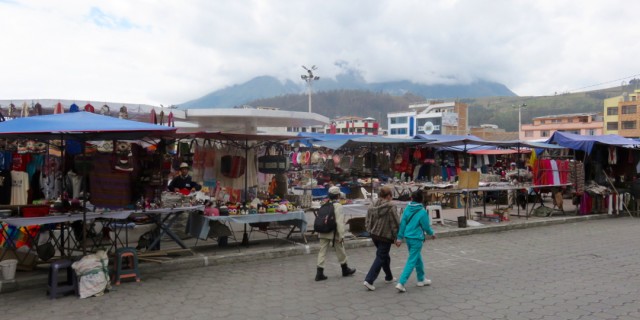
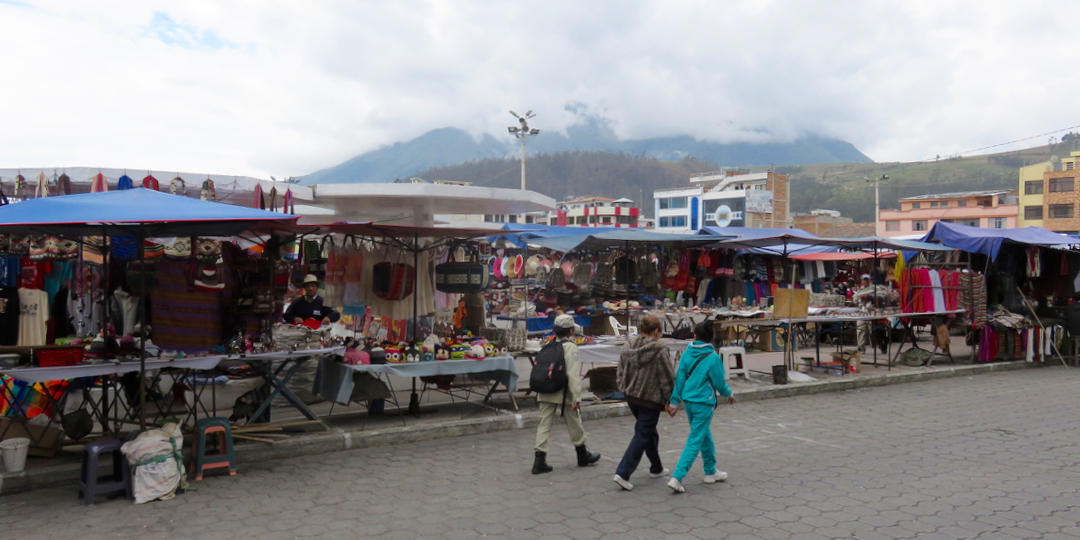
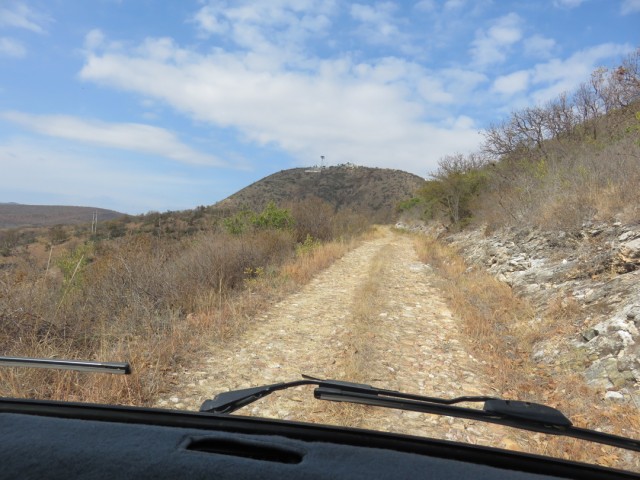
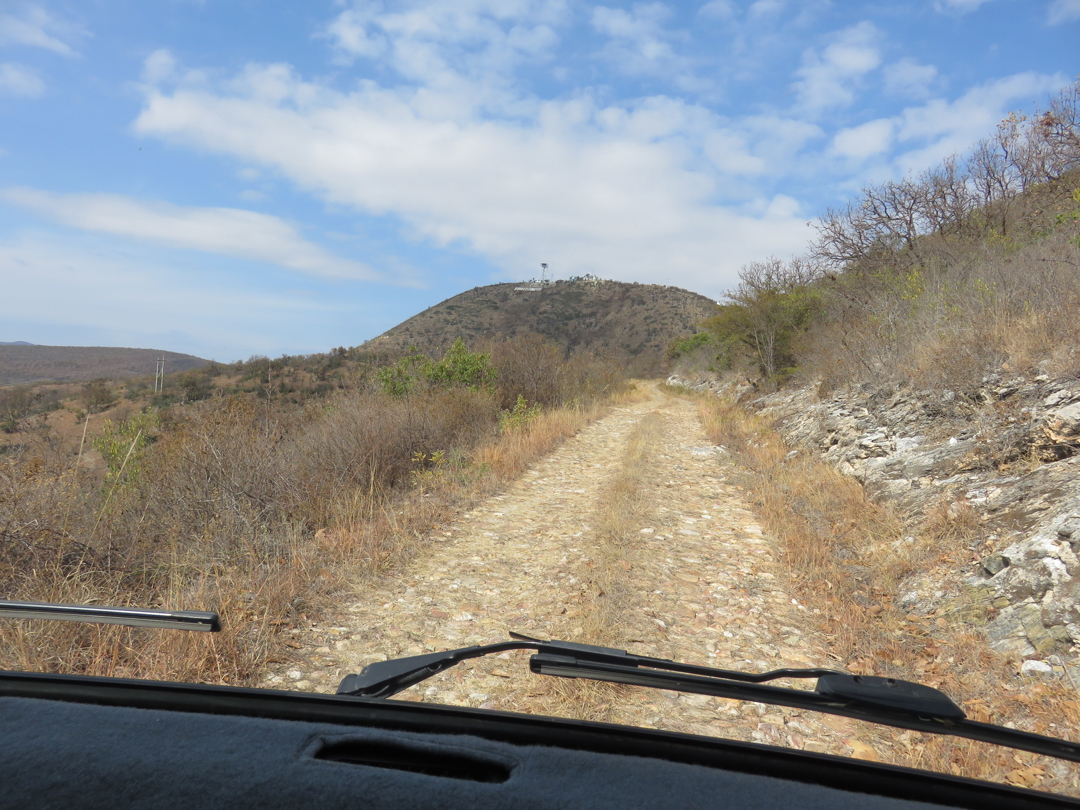

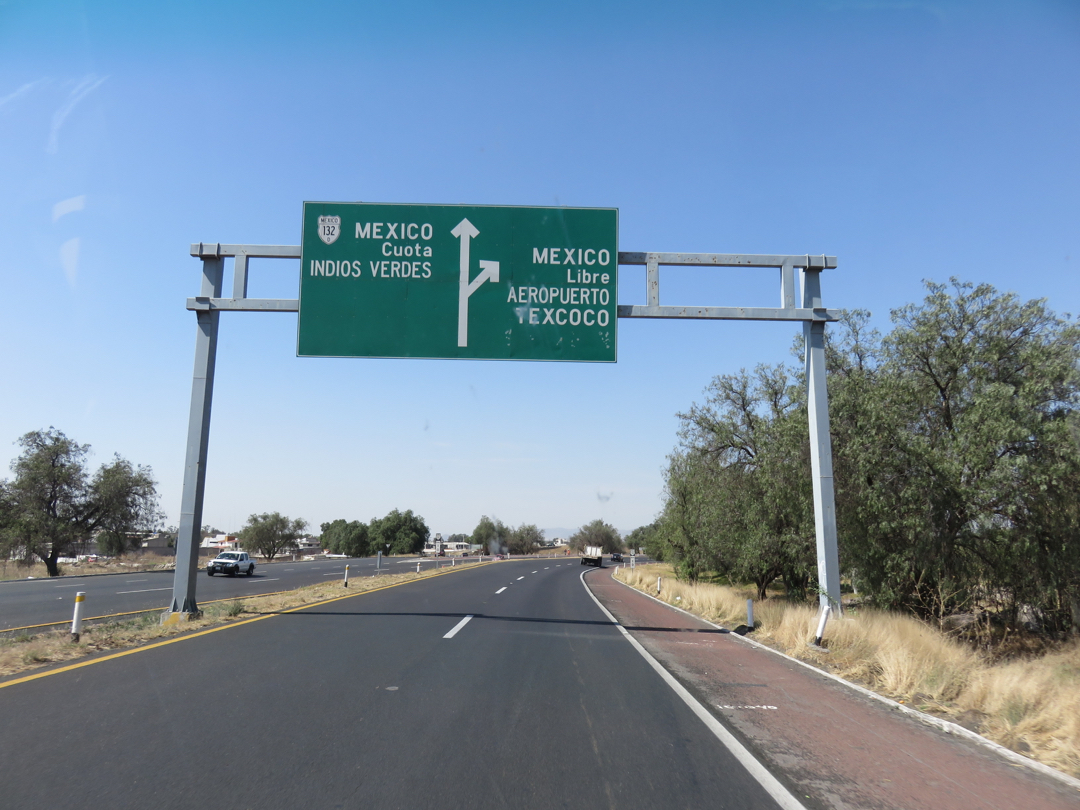
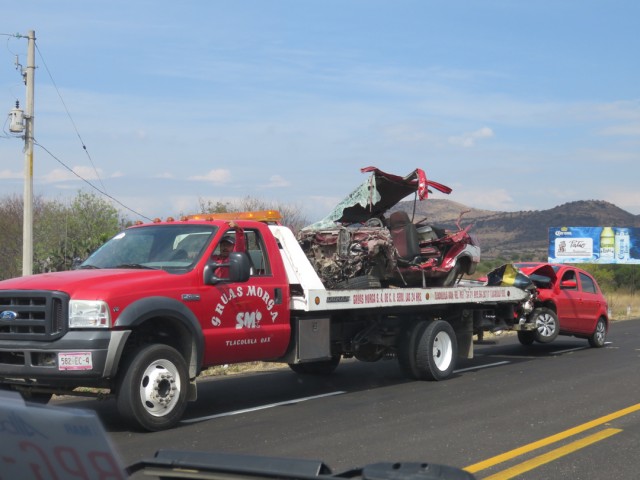
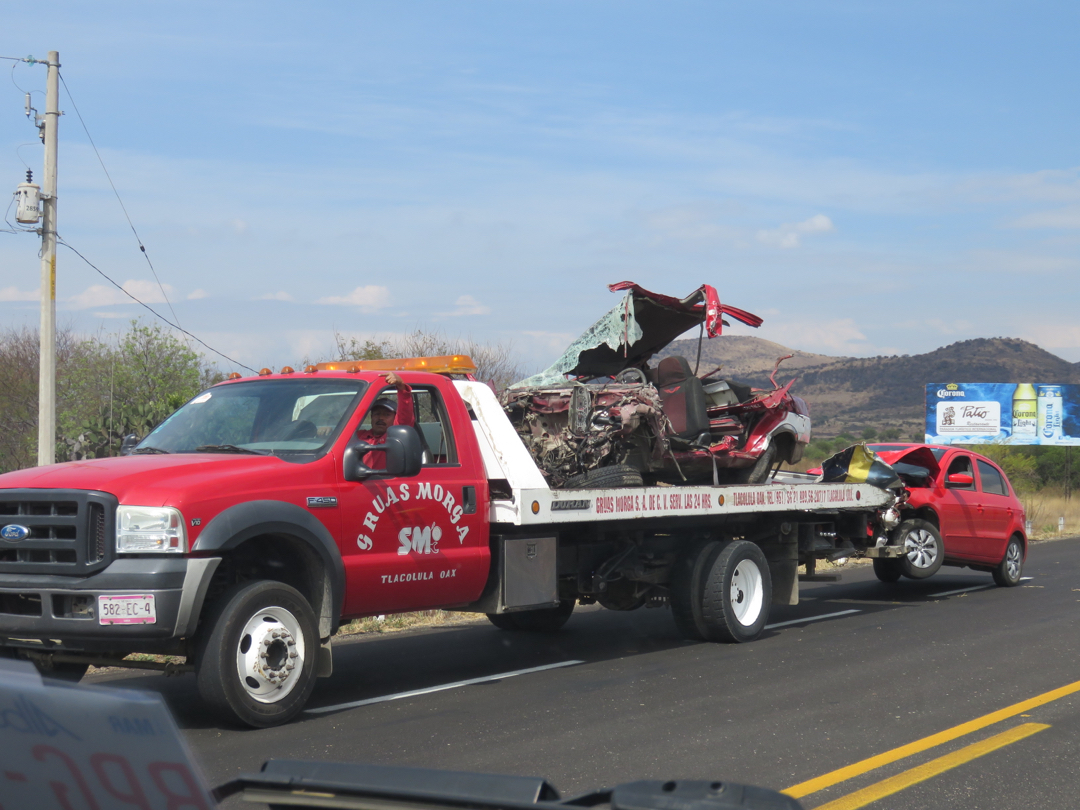
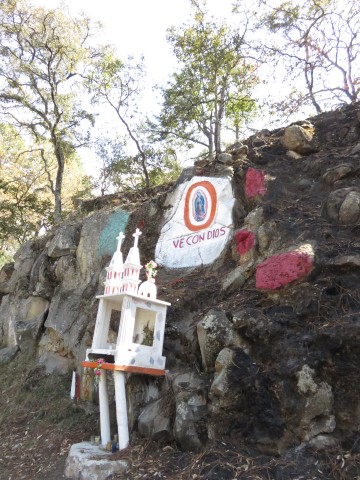
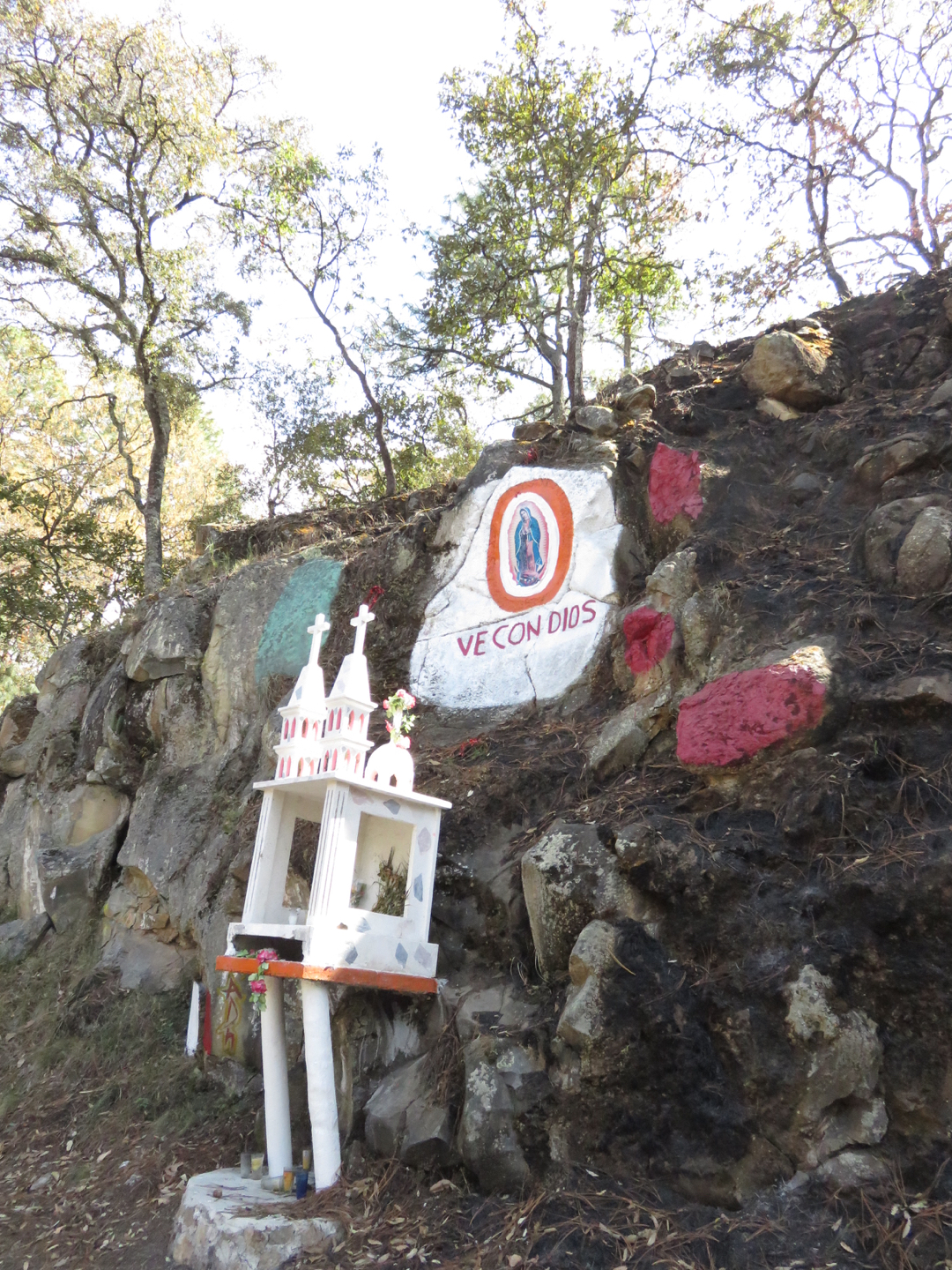
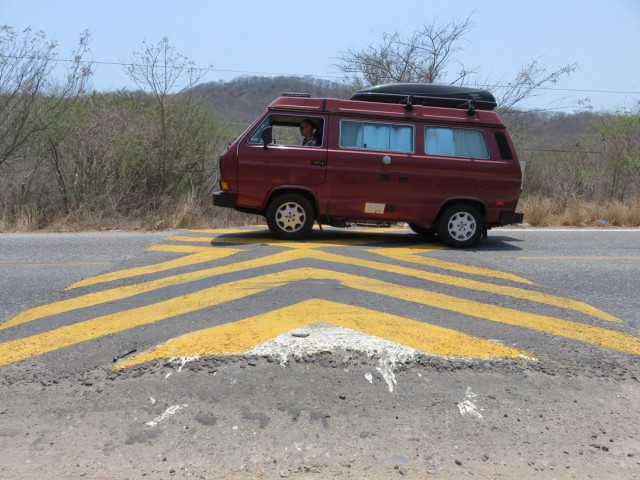
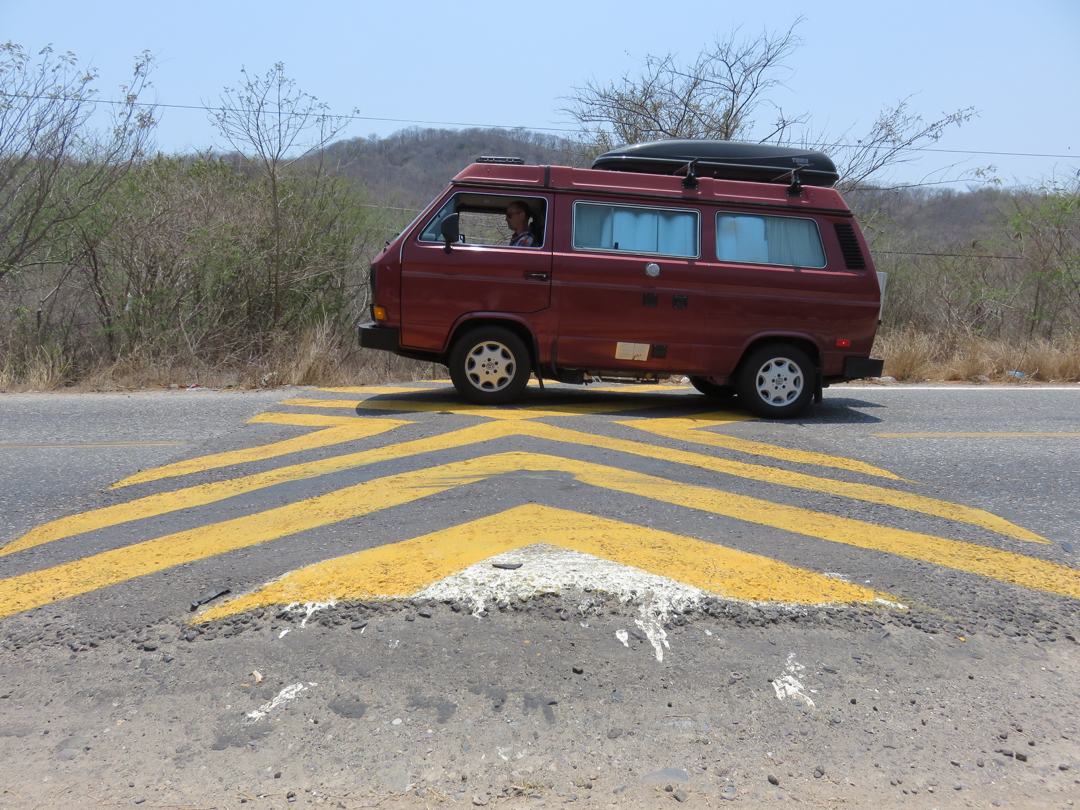
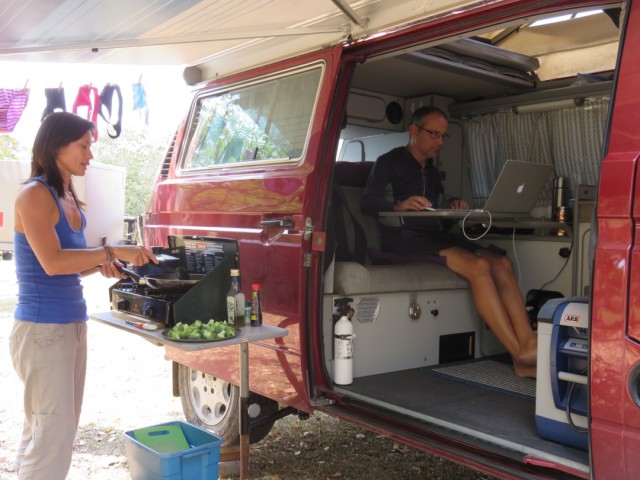
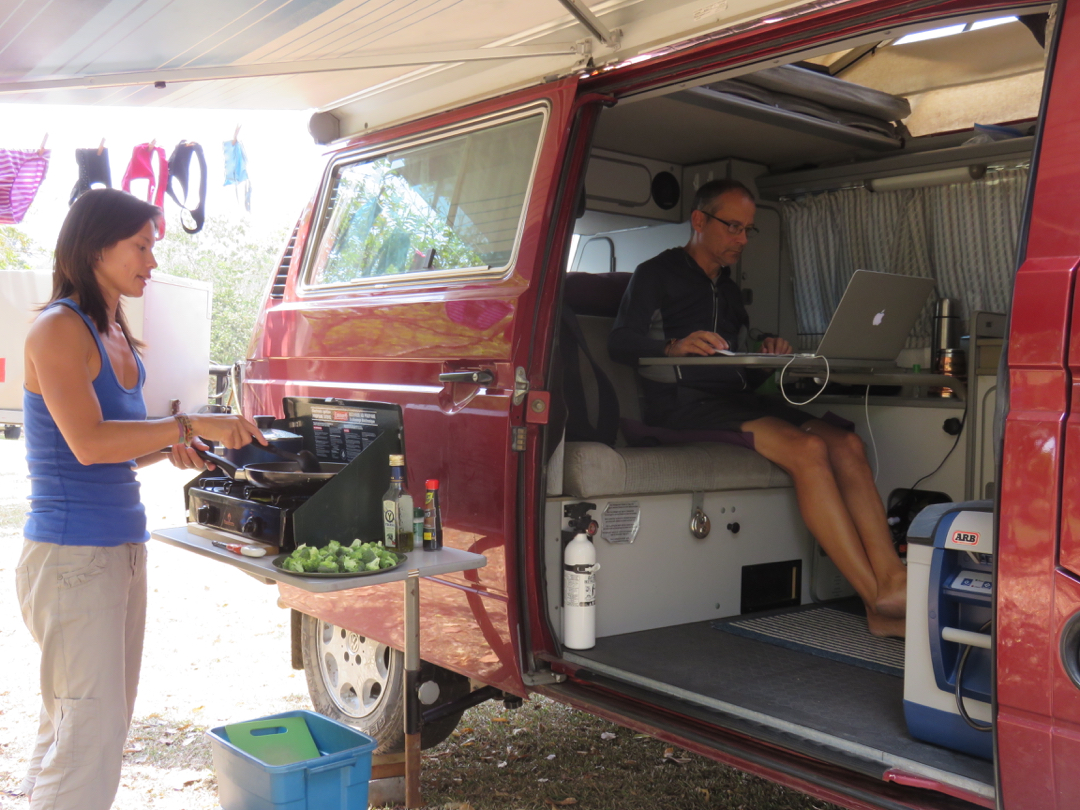
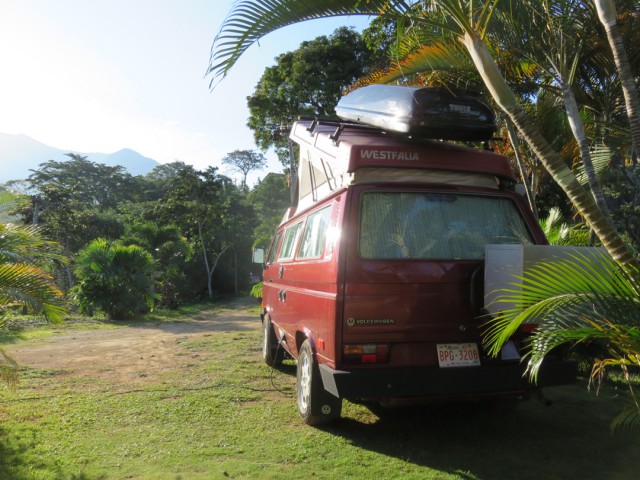
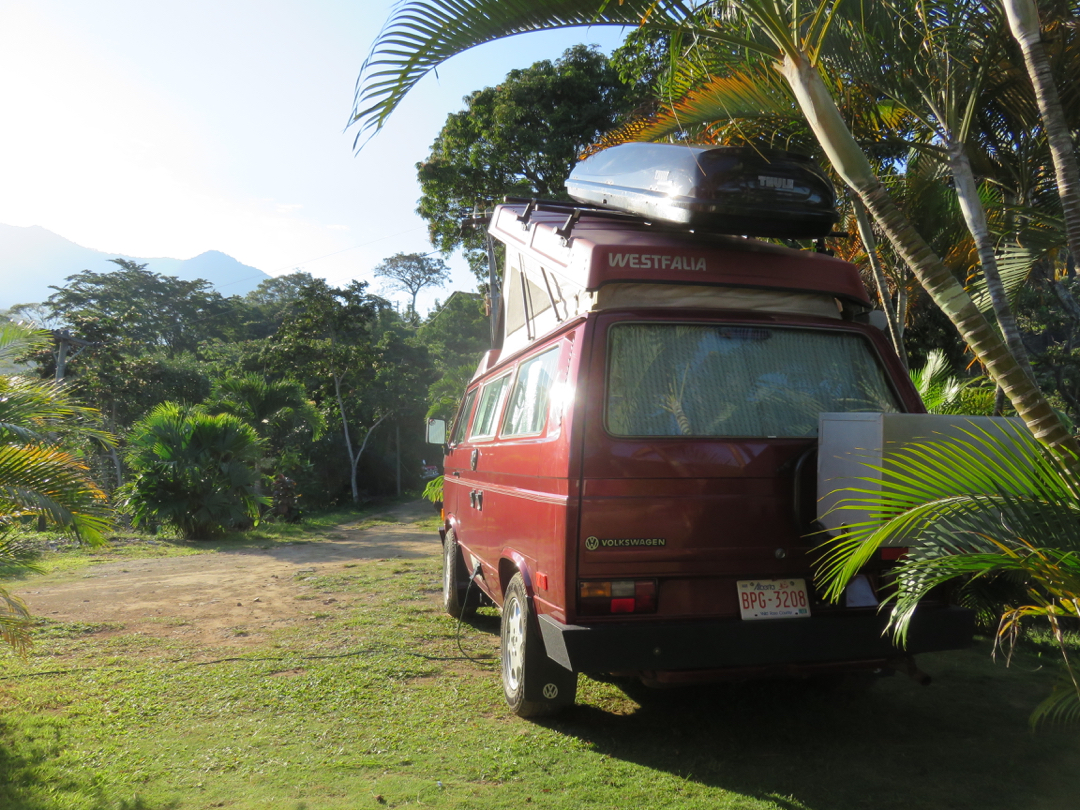
Hi Janice & Gregor,
I think you two would rock those dapper hats!
Inspiring to hear how “normal” is evolving and being refined for you.
Big love,
Cheryl
We wish we had more room in the van to buy everything from every market we’ve ever been to. Thankfully, Lucky makes sure we keep living lean and simple.
Love seeing more of you in the pictures, Janice! Travis & I are enjoying your accounts of life in South America, all the places we didn’t get to. We also think Gregor is worth his weight in gold, considering the excellent roadside mechanics he’s had to perform lately! Every overlander needs one of him on speed dial 🙂 Happy travels!
Hey Amanda, thanks for reading! Ha, ha, and I was thinking there were too many pictures of me in this post :-p Well, Gregor is definitely the star of our travels because he’s the one who keeps the van and the computers (and me) from totally breaking down. We’re enjoying South America so we’re glad you’re enjoying our journey, too. Looking forward to reading your next posts from Asheville (or maybe Chattanooga?) – must be super exciting to start fresh!
Miss you guys a lot!
Loved reading all this.
You guys are the lucky ones!
Missing you, too! Wish we could have spent some time on the slopes with you this winter. Your Kicking Horse pics on FB looked like fun. Thanks for reading – it’s great to receive feedback from peeps like you. We are feeling very fortunate that we can travel like this. Wish I had a better camera, though – should have taken your advice and got something that takes RAW! Oh, well, that’s why we have the blog…so that we can remember our journey. Hugs XOXO
Hi Janice and Gregor! So great to have an update on your nomadic life – including the details of the not-so-nomadic times.
Funny that I never thought of it before, but it casts my mind back to the six months that I lived in Indonesia. The first few months there I stayed in one place and had a pretty set teaching routine, and then I took off on a rented scooter and travelled around, exploring the country. It was all so enriching, in different ways.
Can’t wait to see where you go from here!
Cheryl sends her love.
Be well,
Ted
Hey Ted and Cheryl, we miss you guys! Thanks for reading and we agree, a change of scenery is good for the soul!
Seeing the first picture – of Lucky being parked in the corner (auto-correct used the word “poked” for parked – so glad that I caught it) – I had a thought that he must have done something bad to earn such a fate! But, it looks as if he is still quite loved, with a tune-up and even a mold removal procedure! He’s still all you’ve got down there, I suppose.
Greetings from Nashville, TN…where all the music is “country”, but not quite Ecuadoran!
Hey Adam! Wow, we’d love to see Nashville one day. I bet you’re enjoying the music – maybe even jamming on the guitar? Over here, we’re getting a lot of Andean pan flute music. Your life is not complete until you’ve heard a pan flute rendition of Celine Dion’s Titanic theme “My Heart Will Go On”. Absolutely magical…not.
Yes, Lucky is still our home and we do our best to take care of her so that she’ll take care of us all the way to Ushuaia. Geez, we still have such a long way to go :-p
Hugs to you and Karen!
Hi Janice and Gregor: I enjoyed reading about your “normal” life in Ecuador.
I especially enjoyed seeing the contrast in the busy-ness of the streets on a weekday vs. Saturday. Fascinating!
And some interesting insights about how the 9 to 5 life isn’t your normal anymore. So glad that we can read about your journeys and discoveries through your blog.
Miss you guys!
Thanks for reading, Janice 🙂 I learned so much more in Otavalo than just some new Spanish words. Best education that money can’t buy.